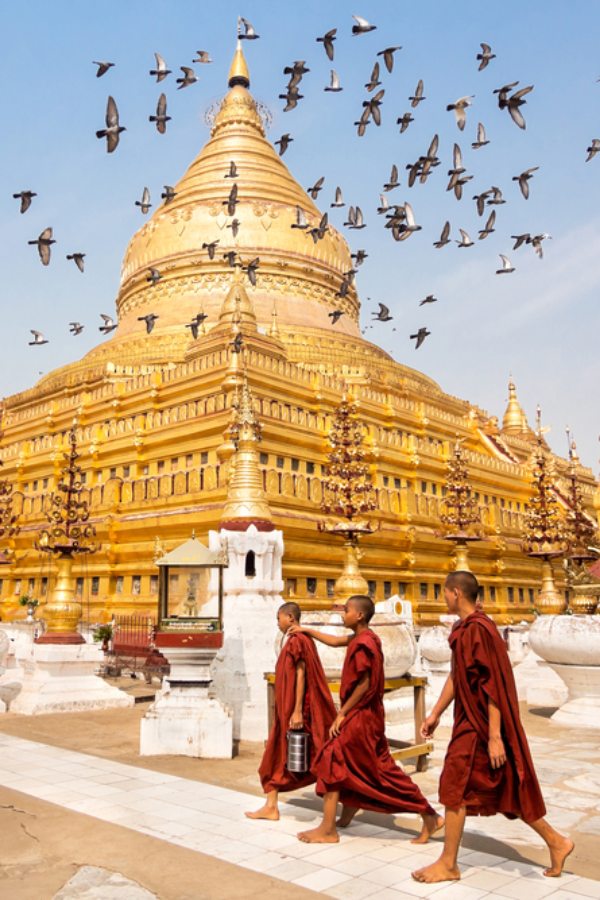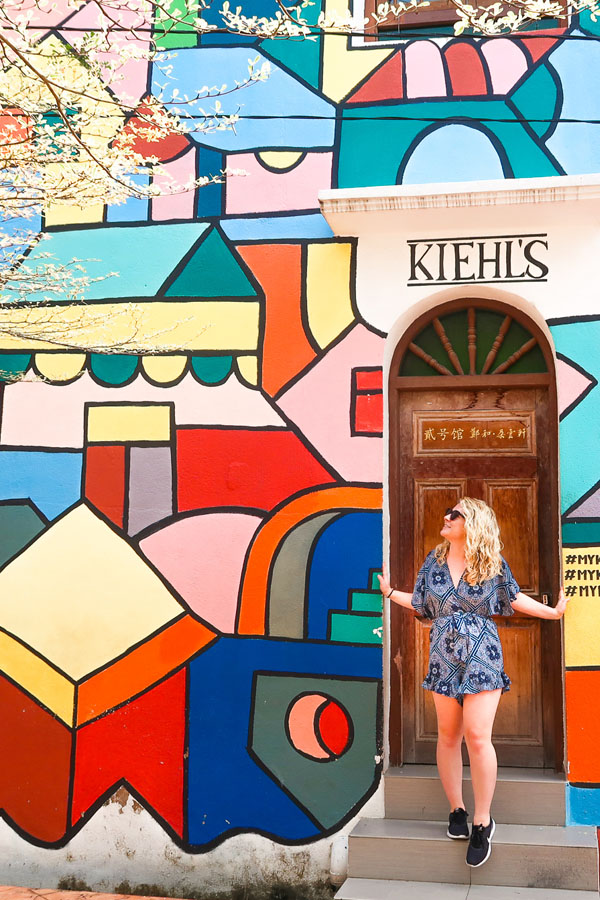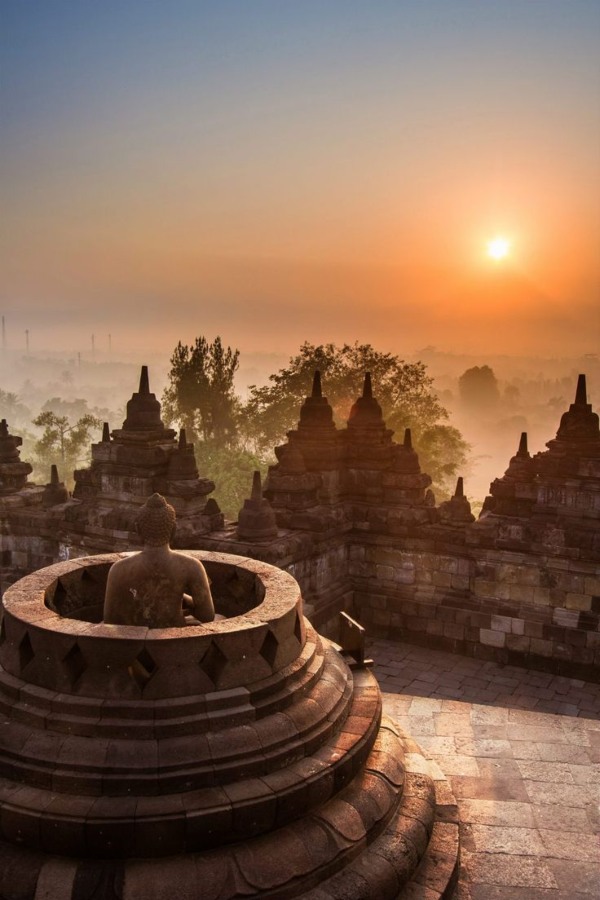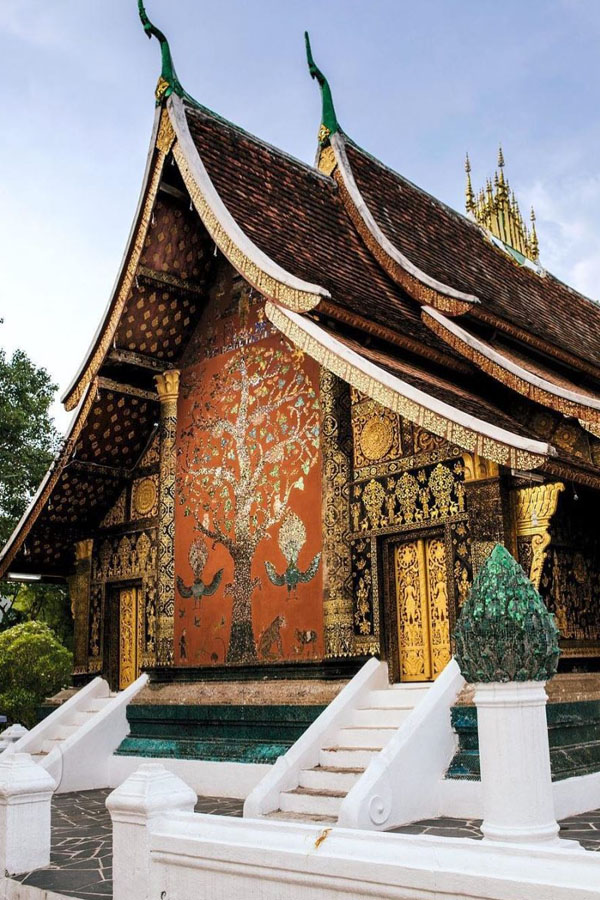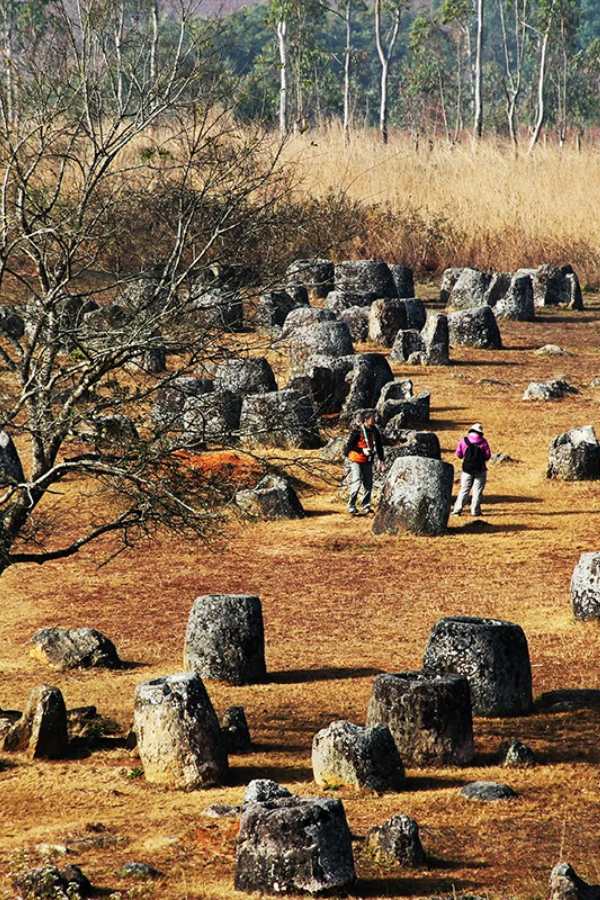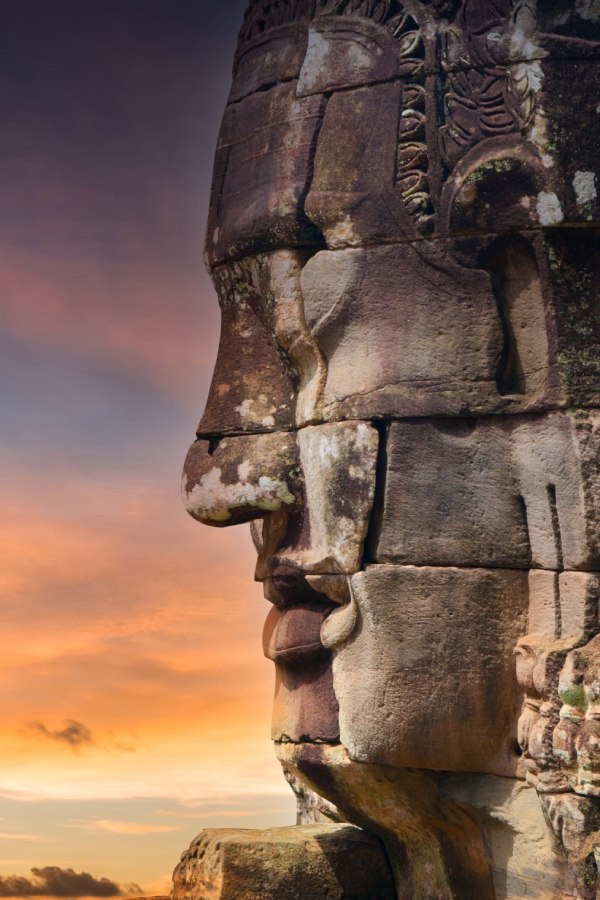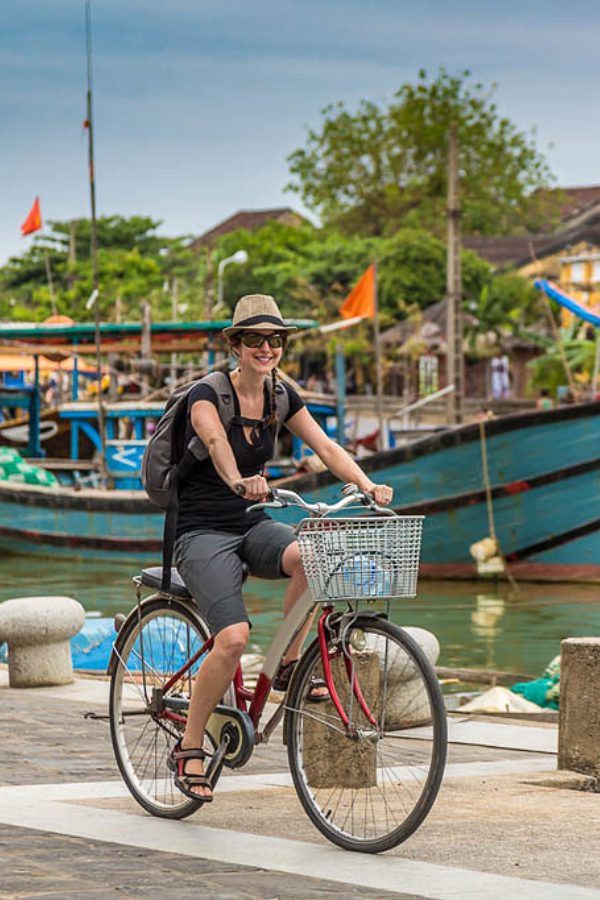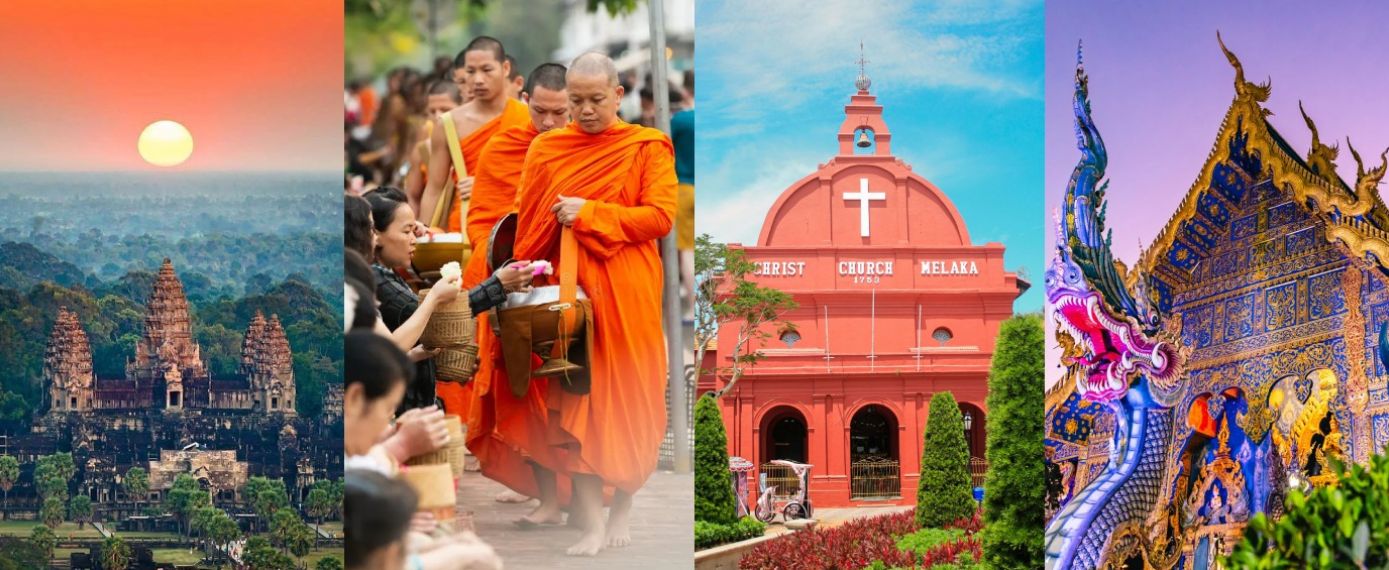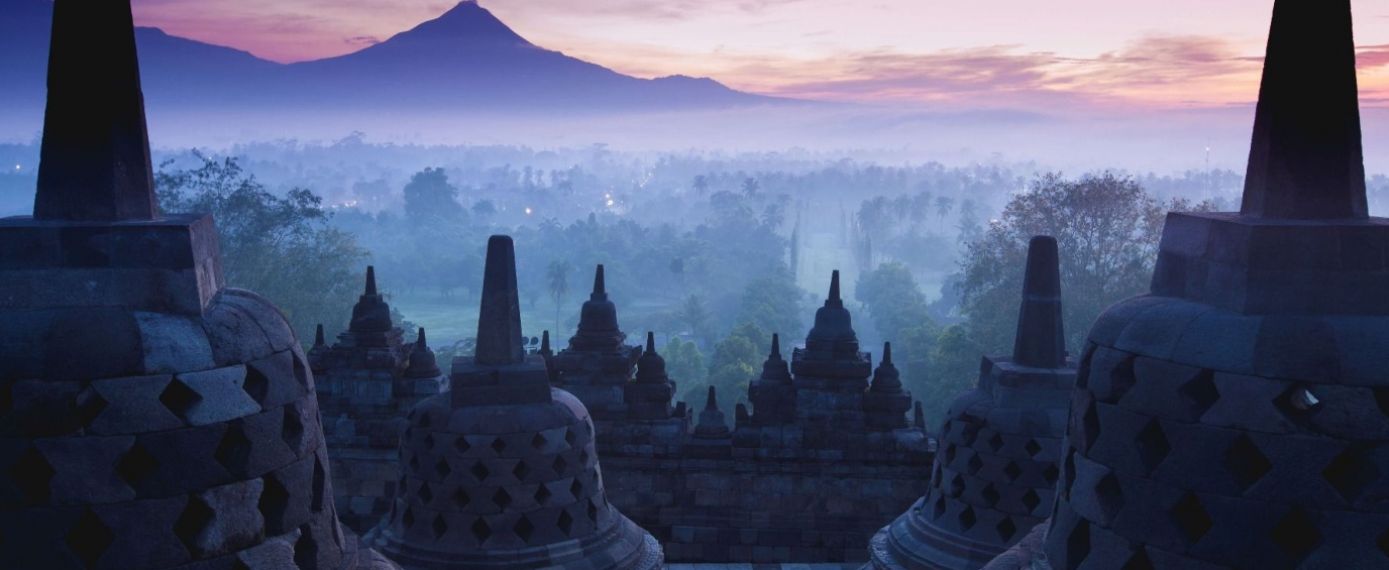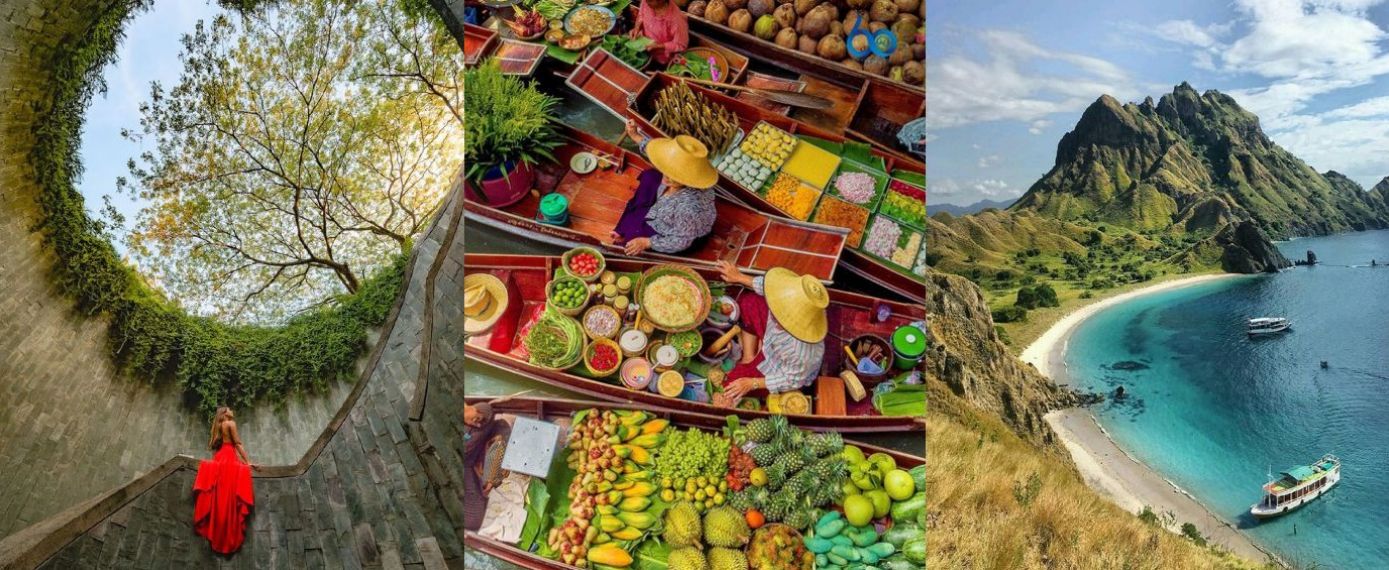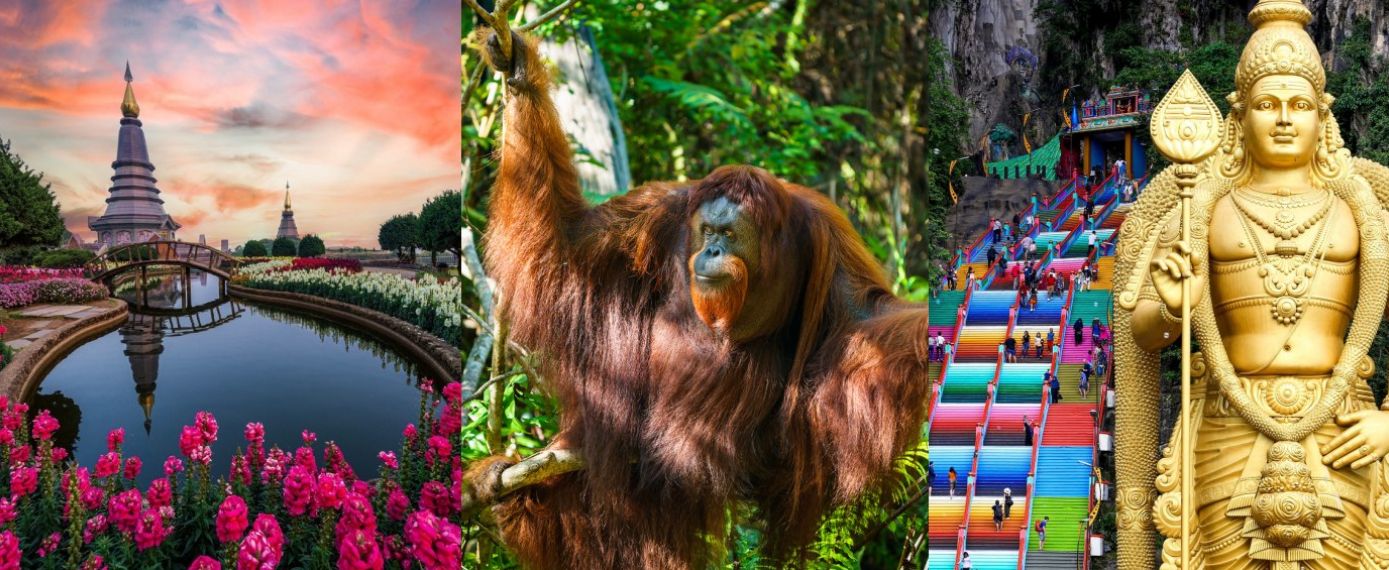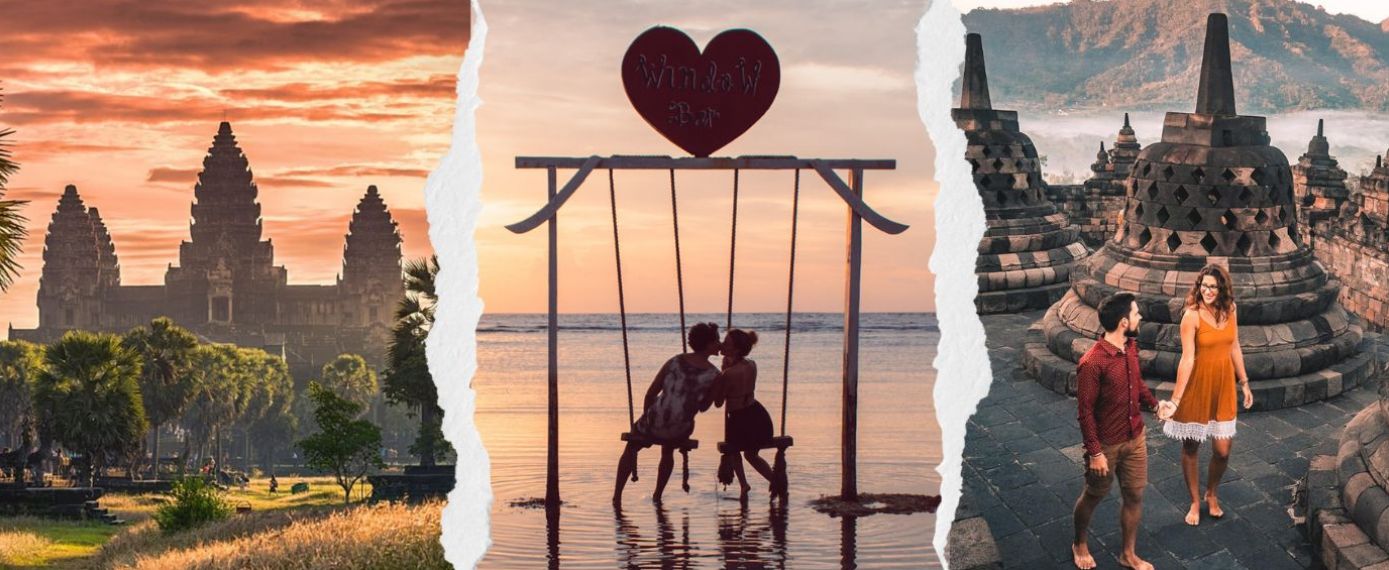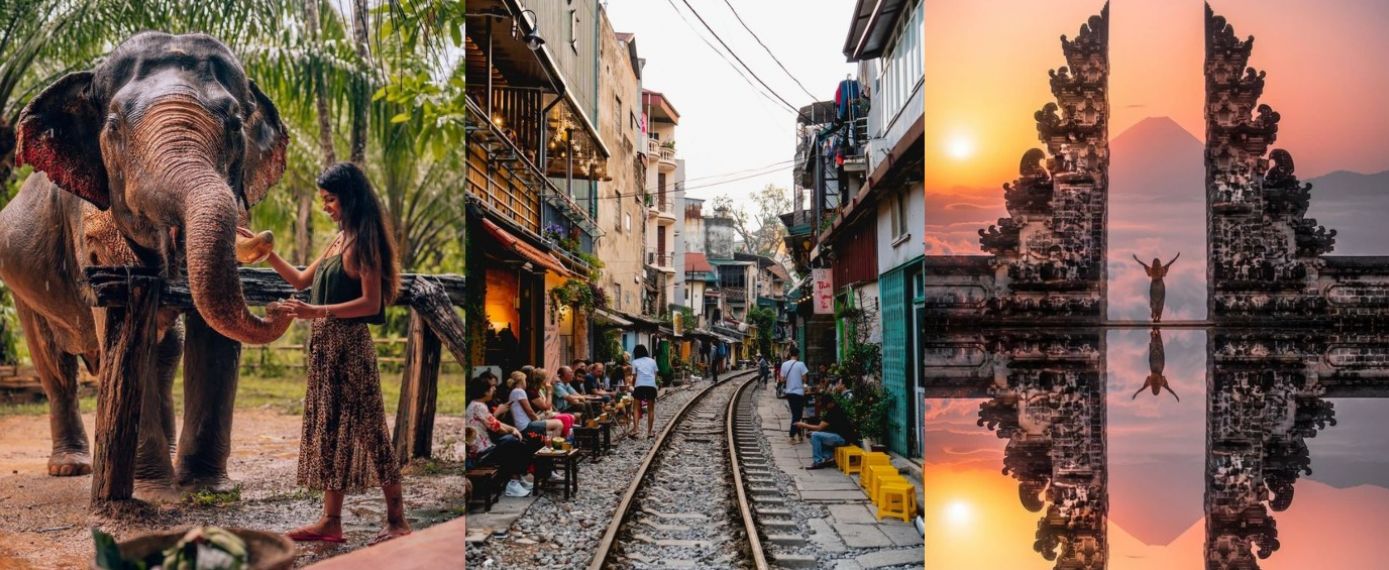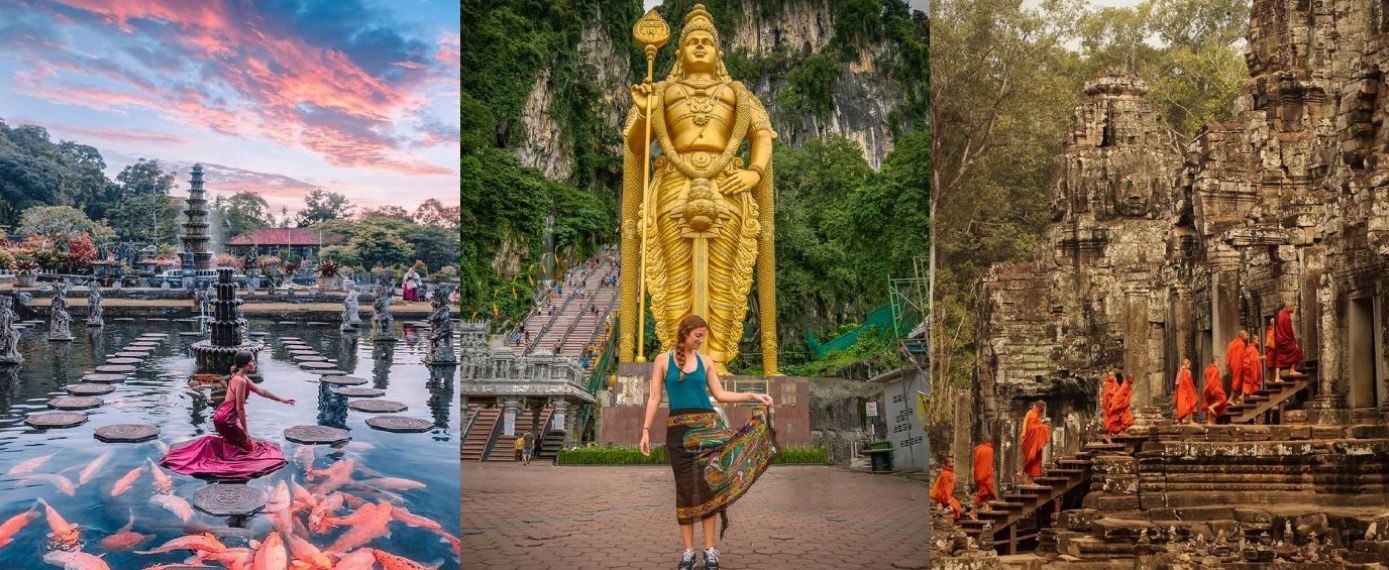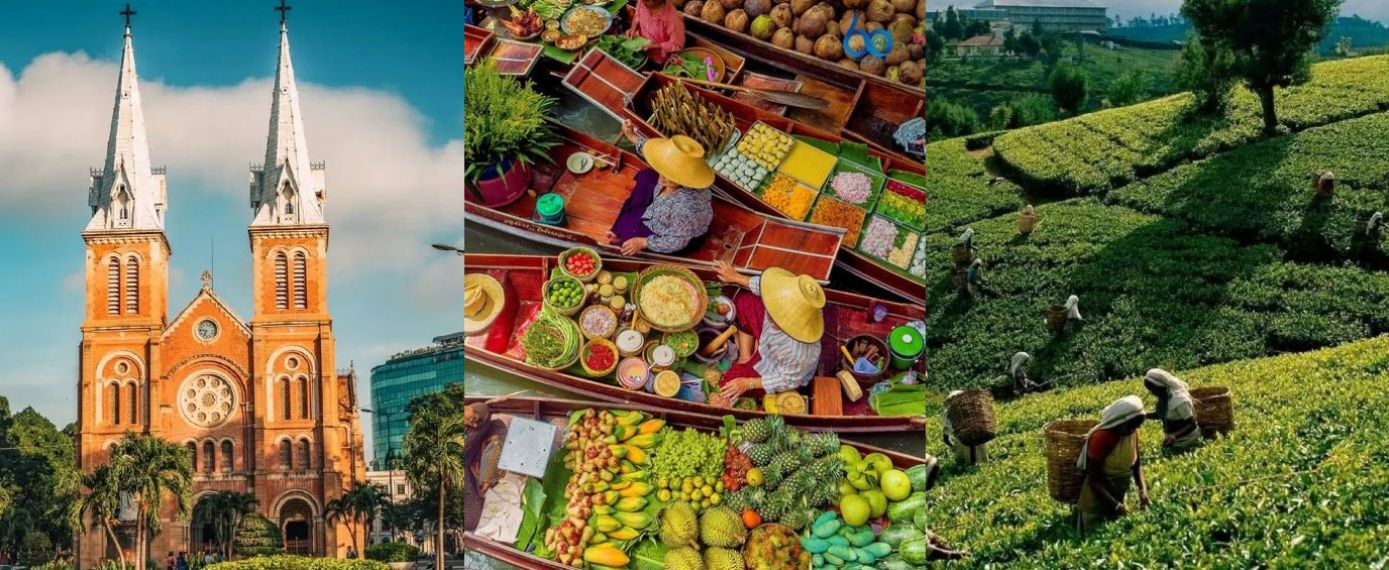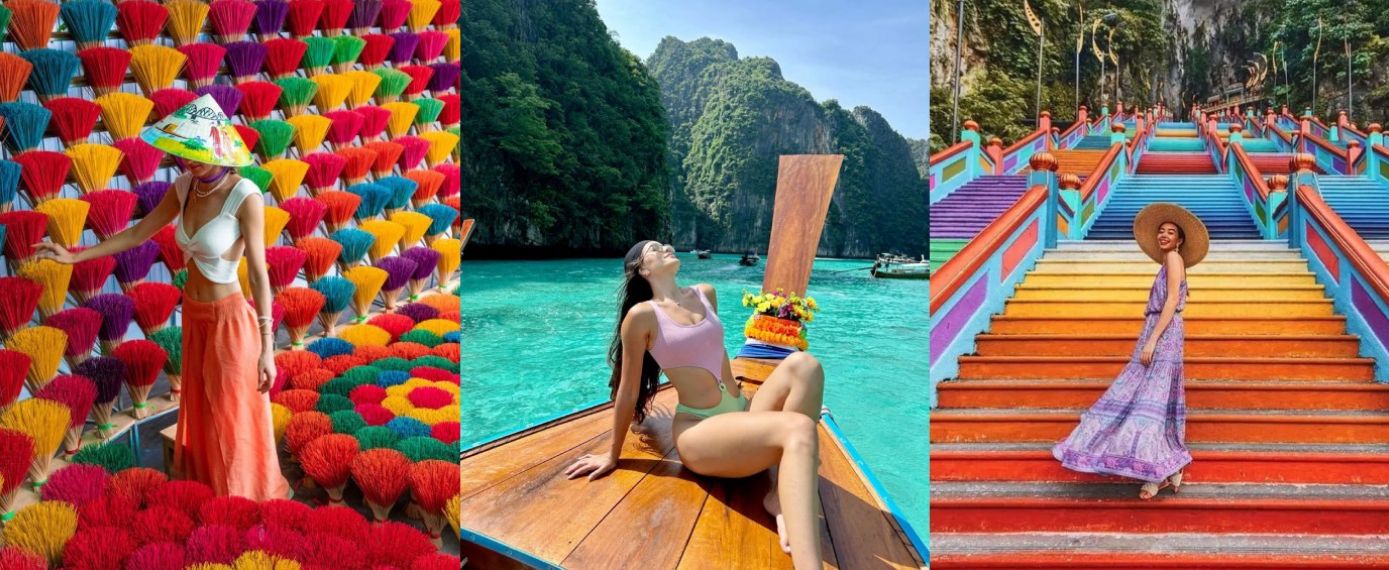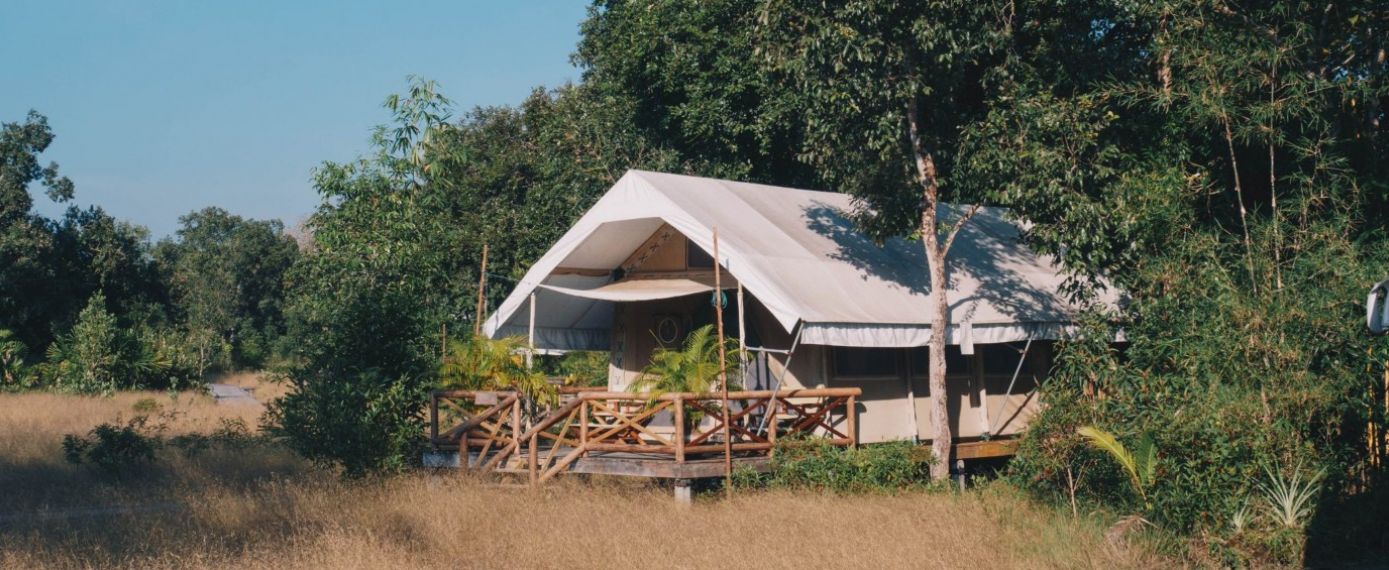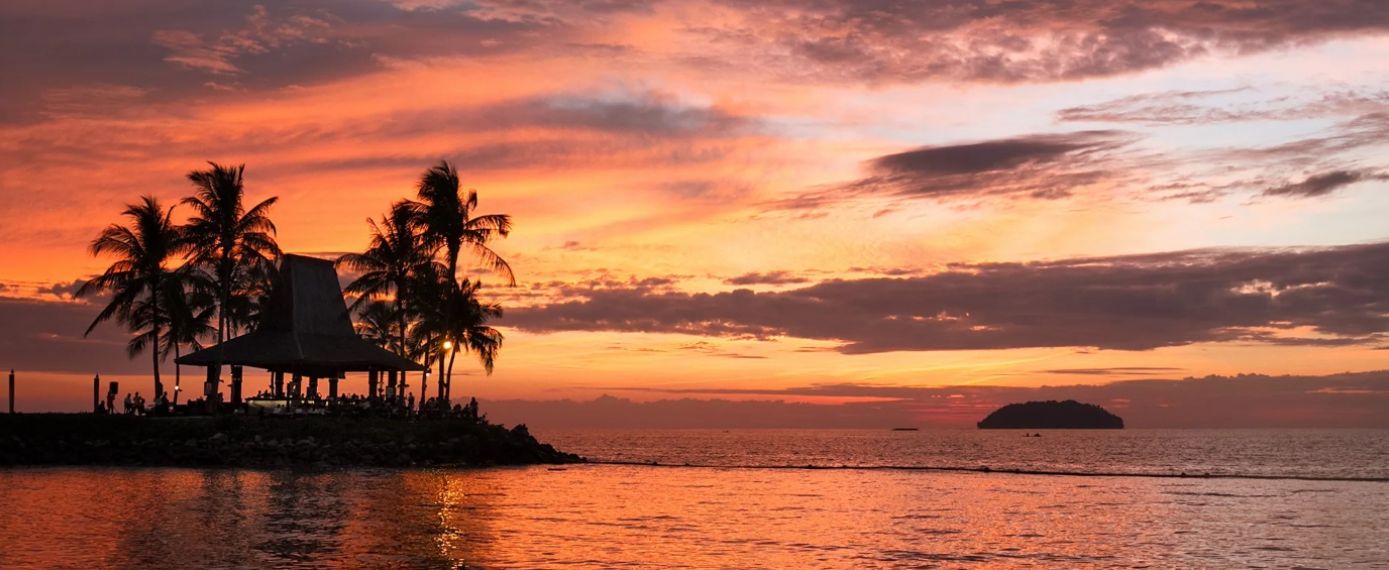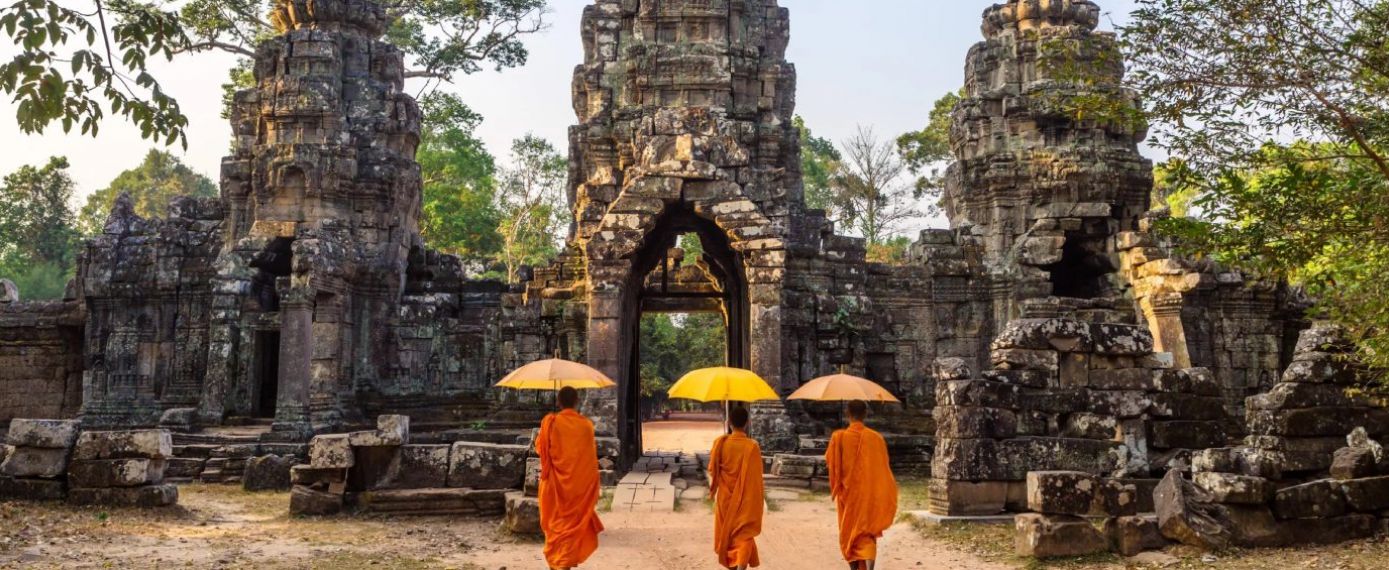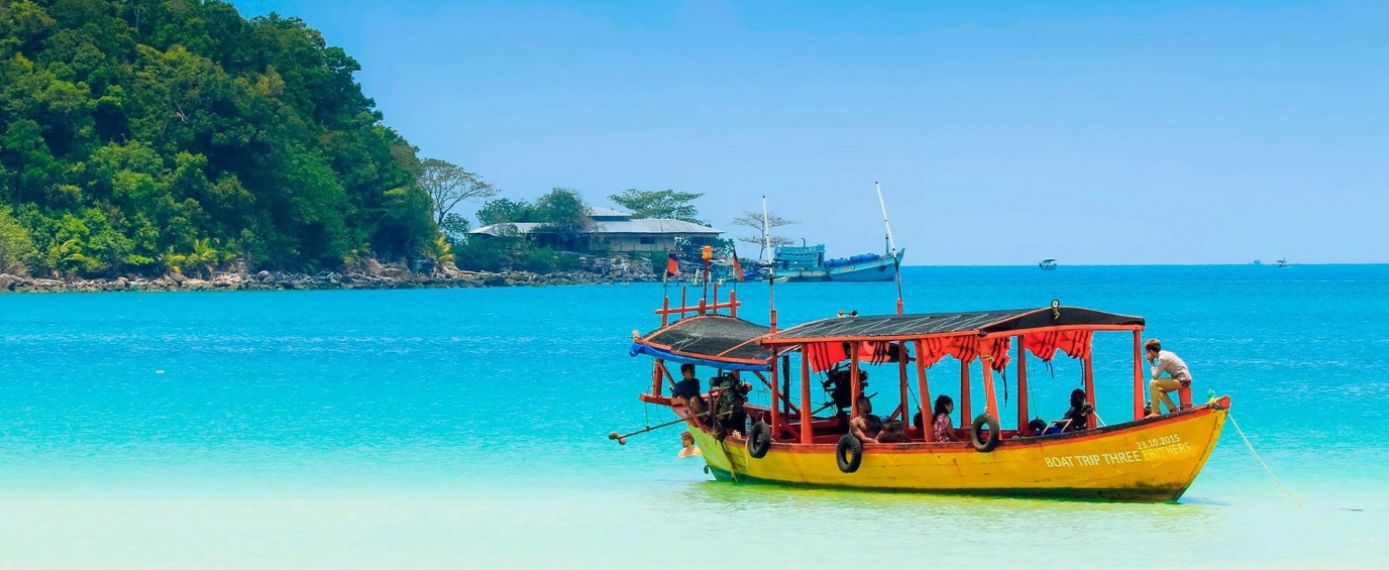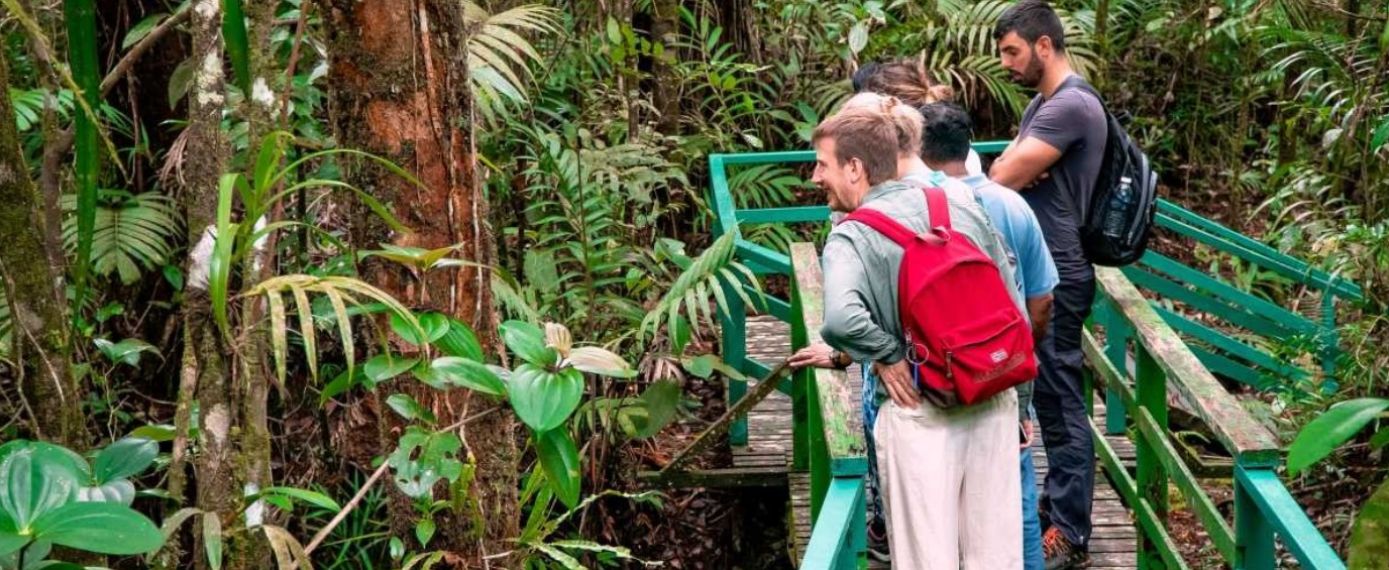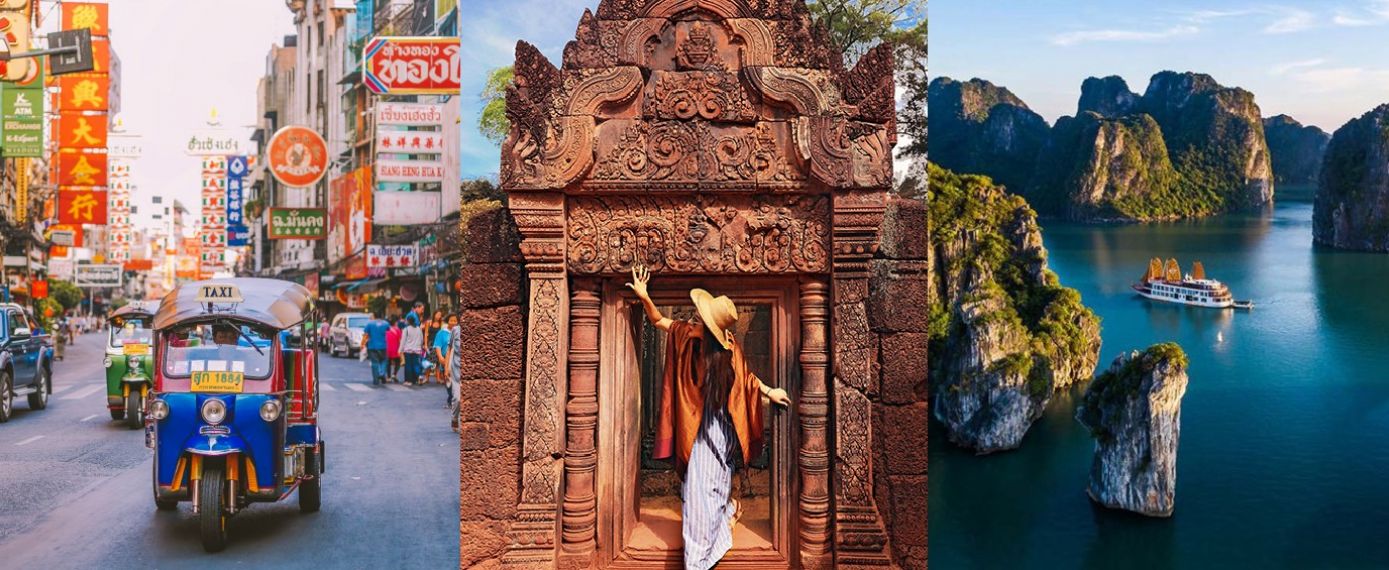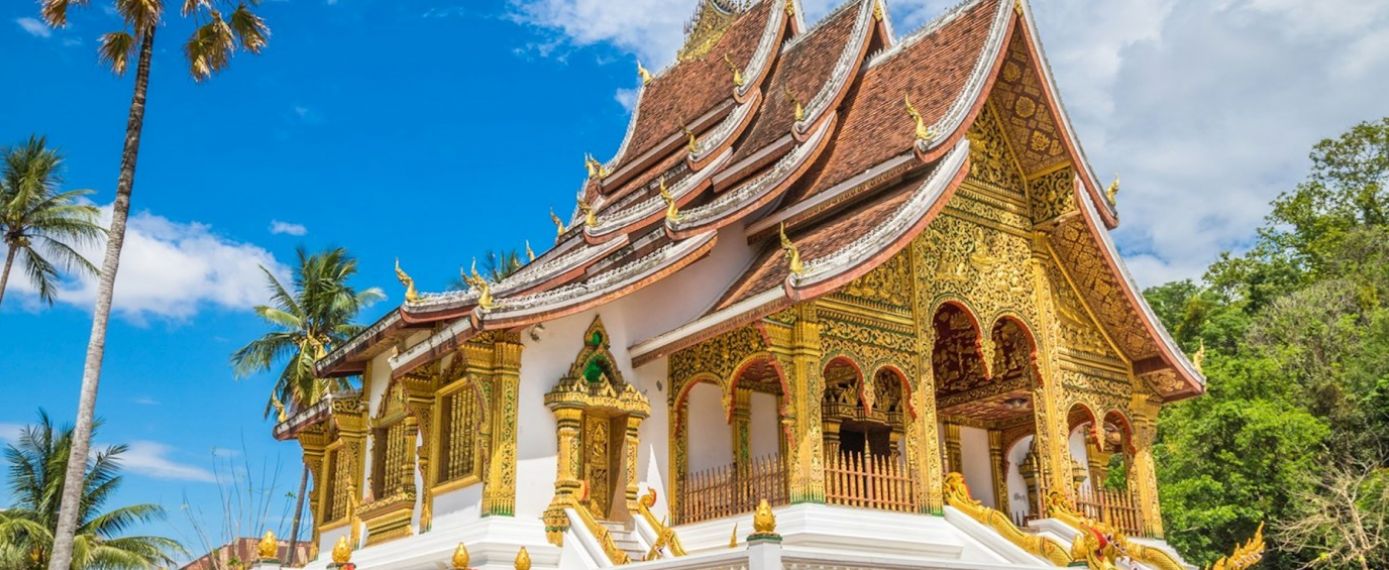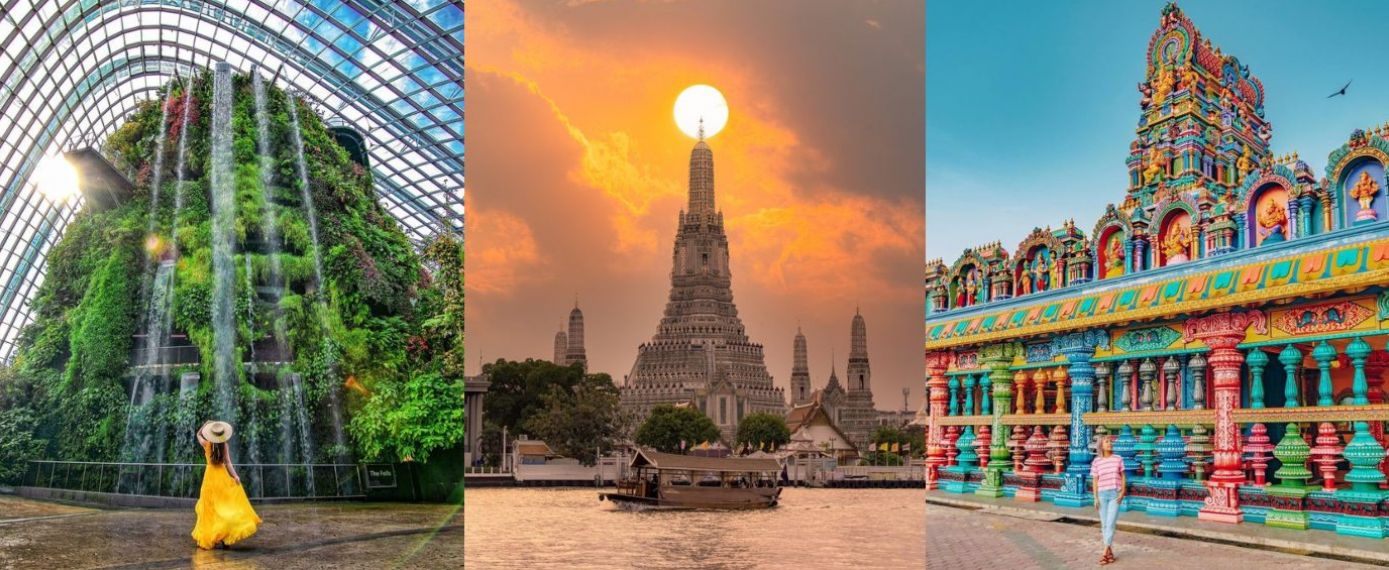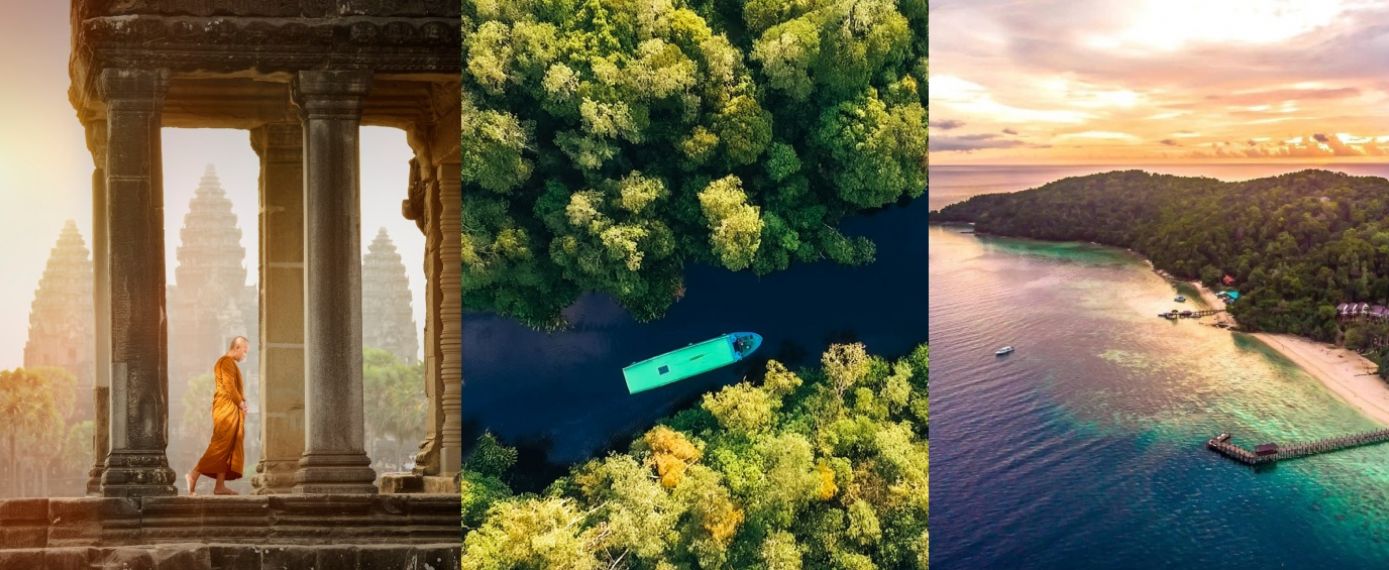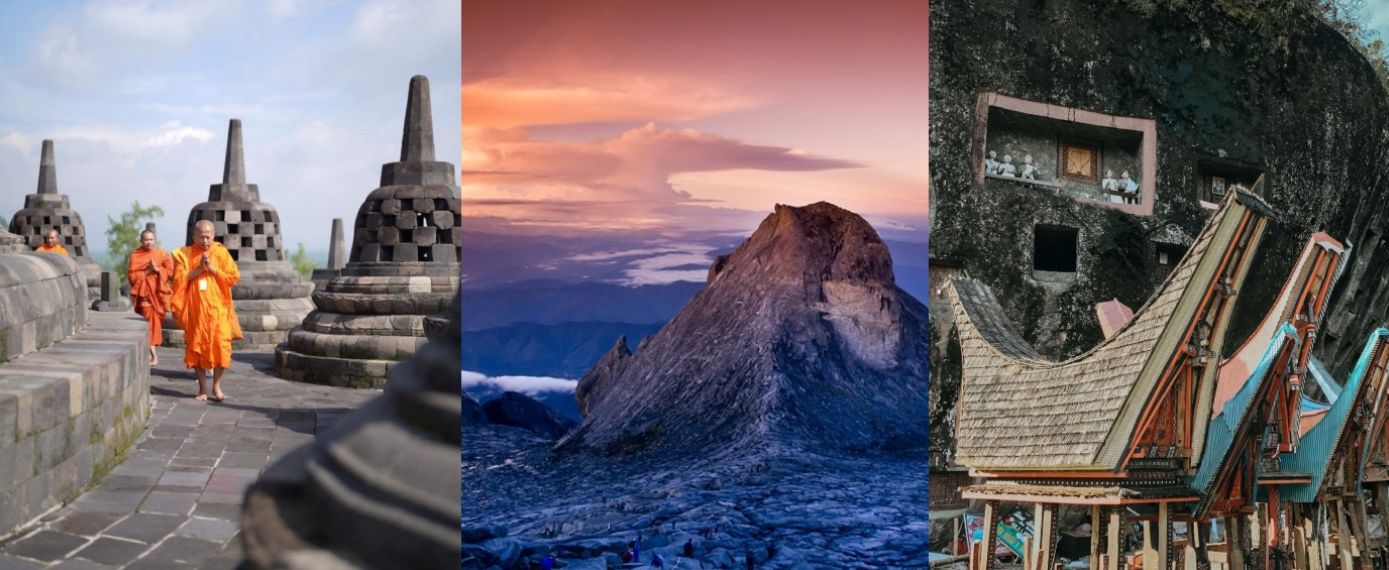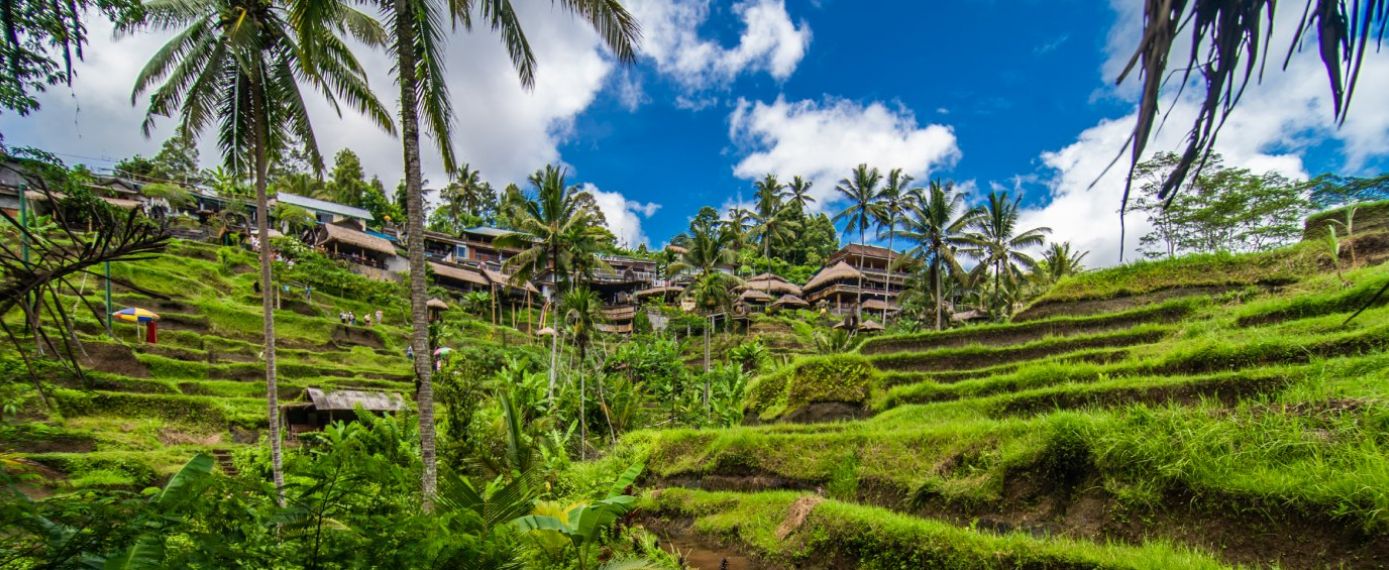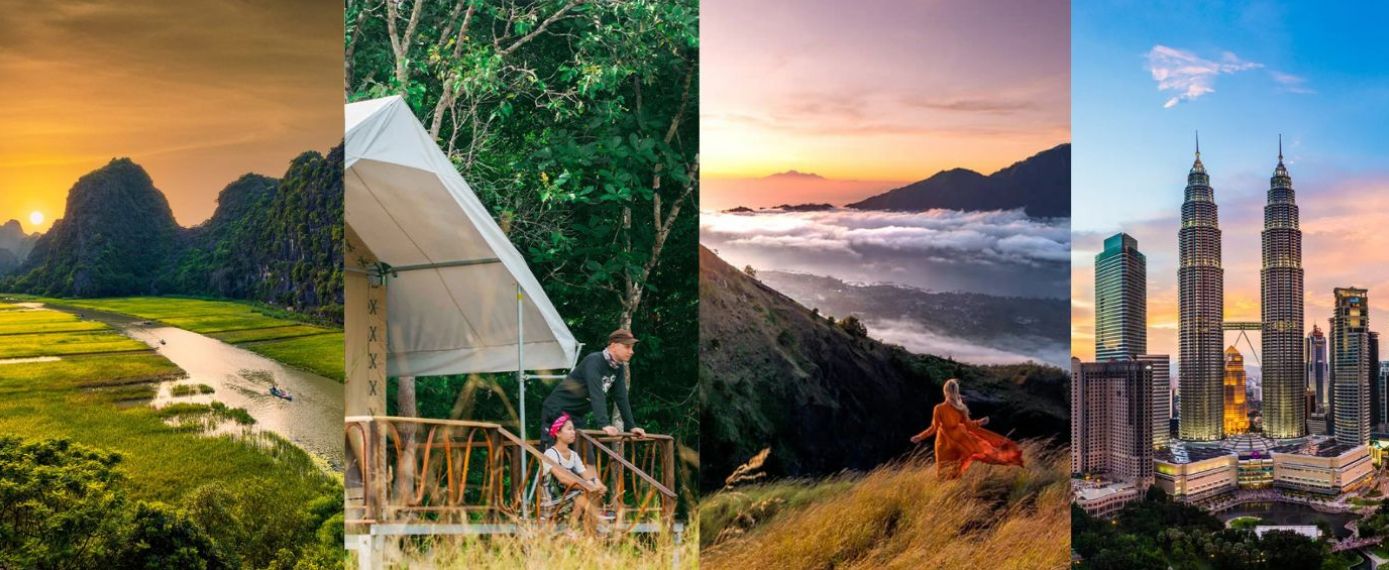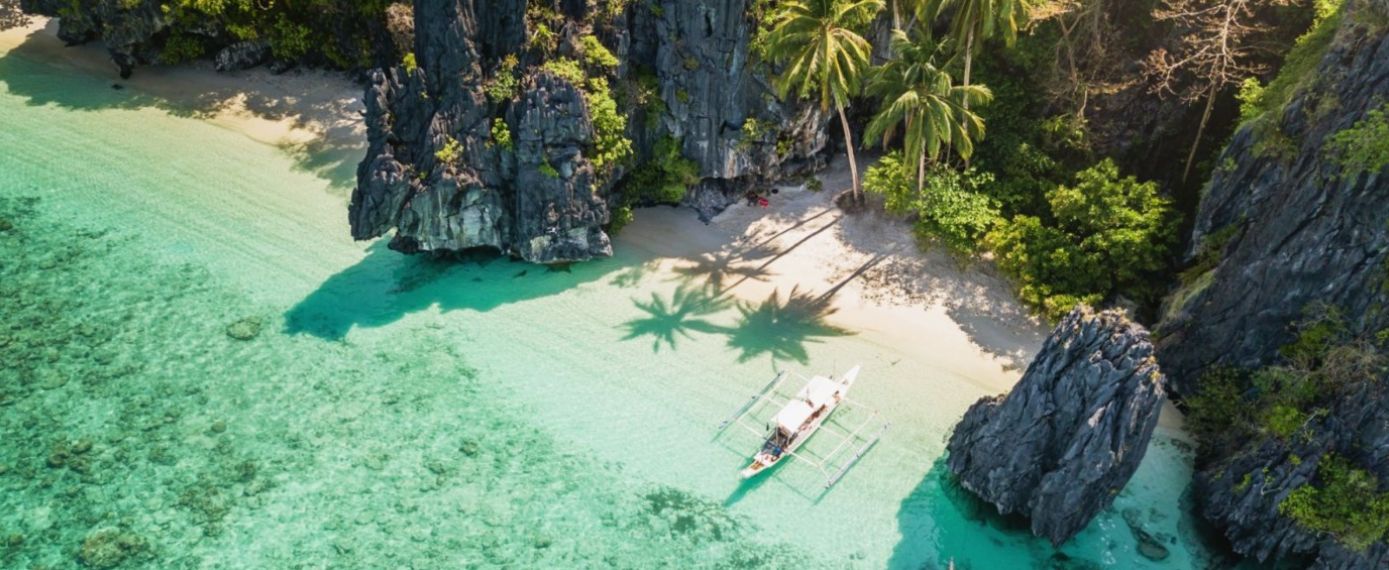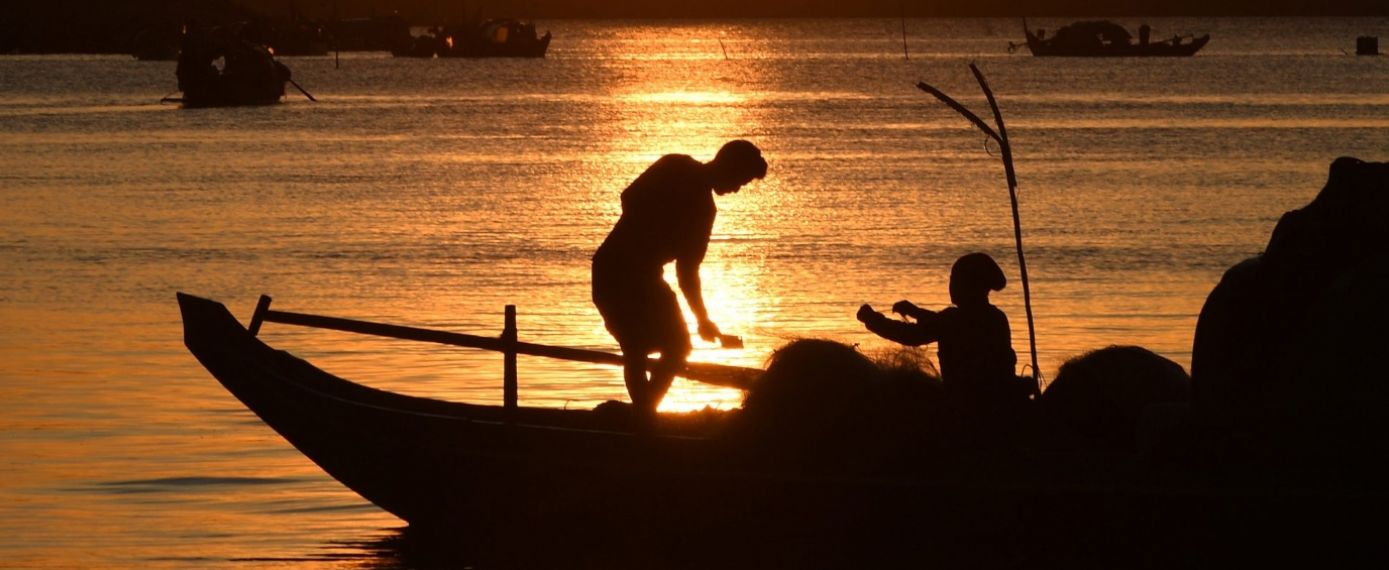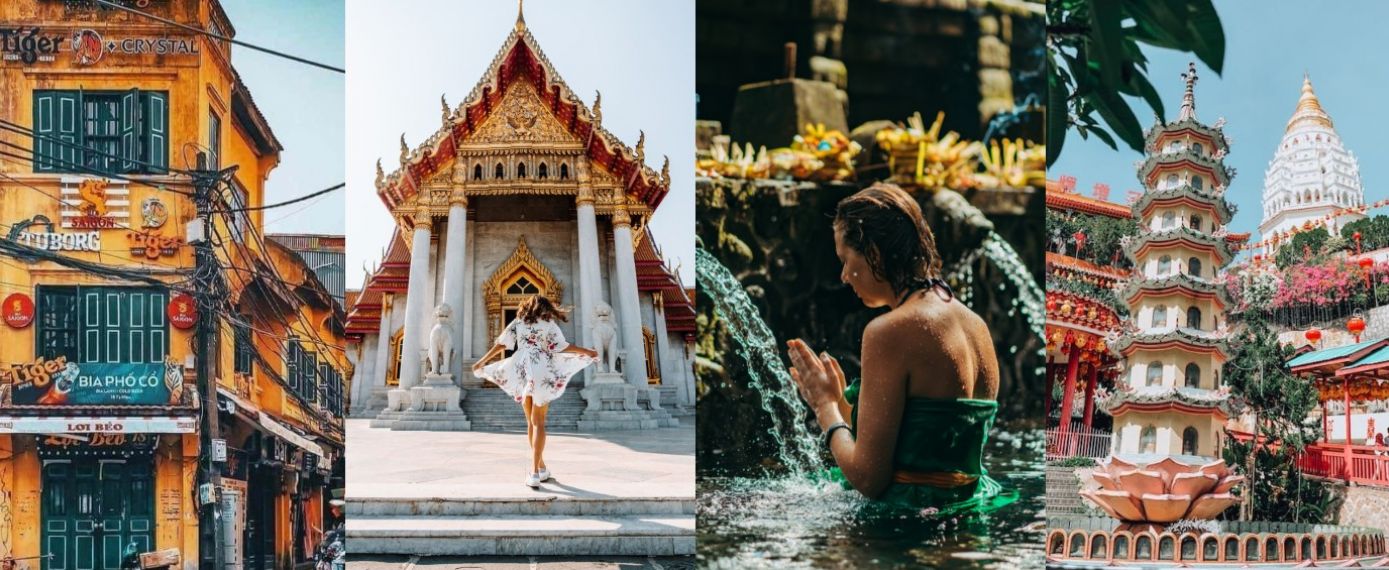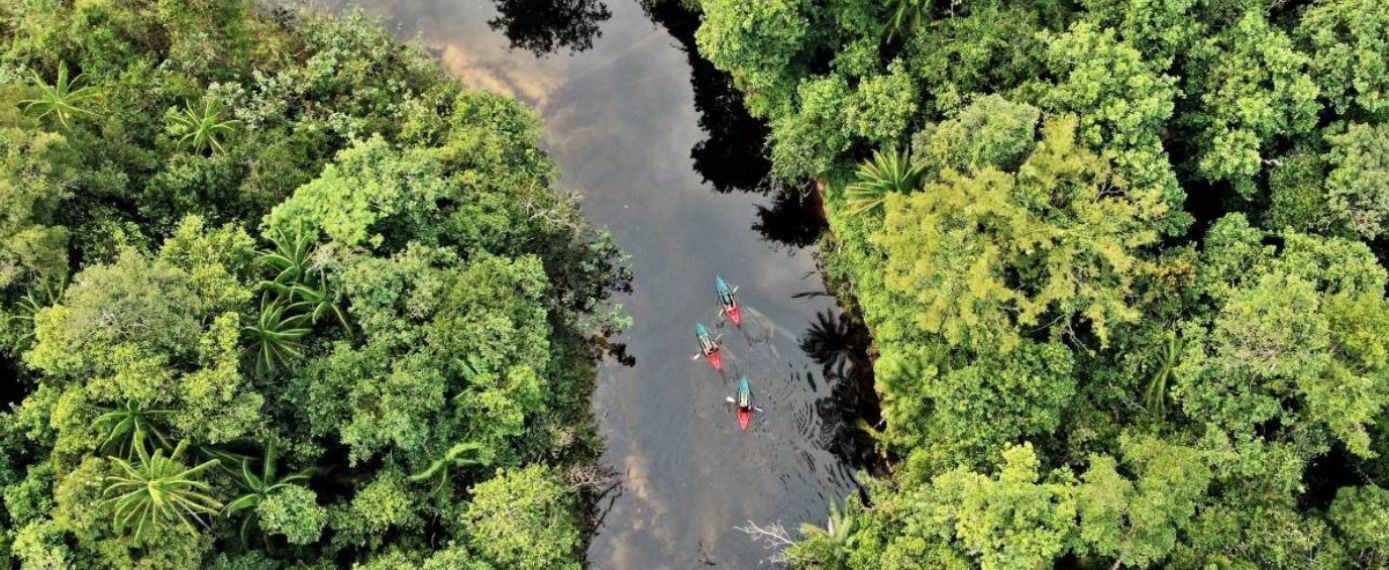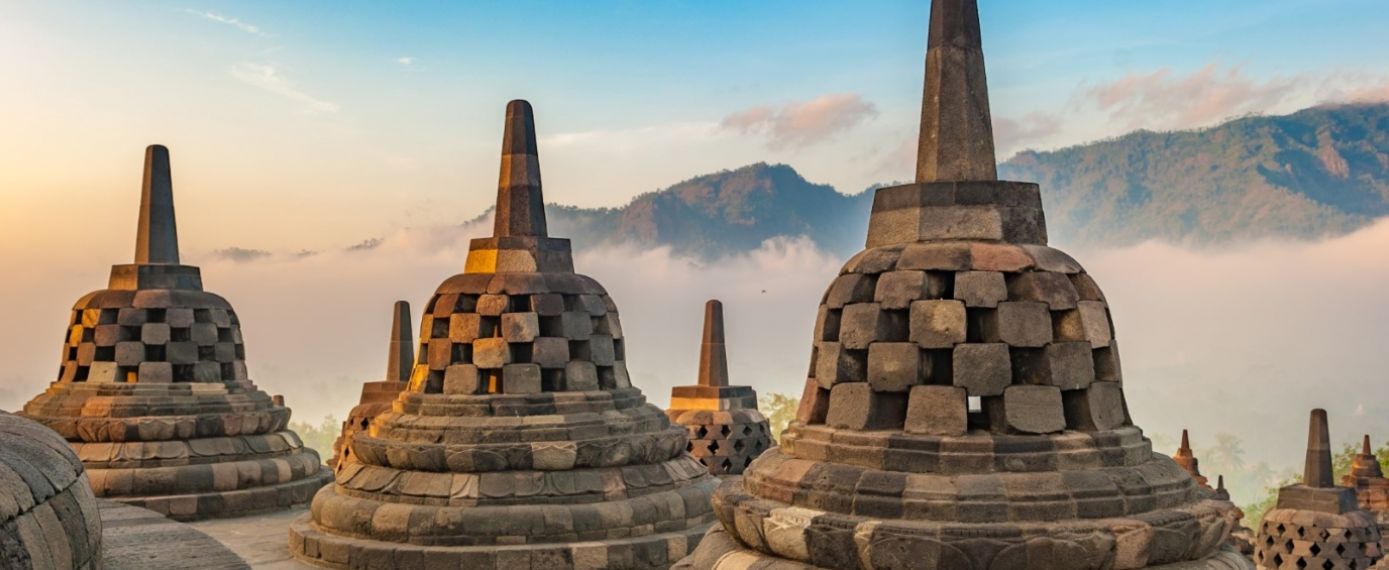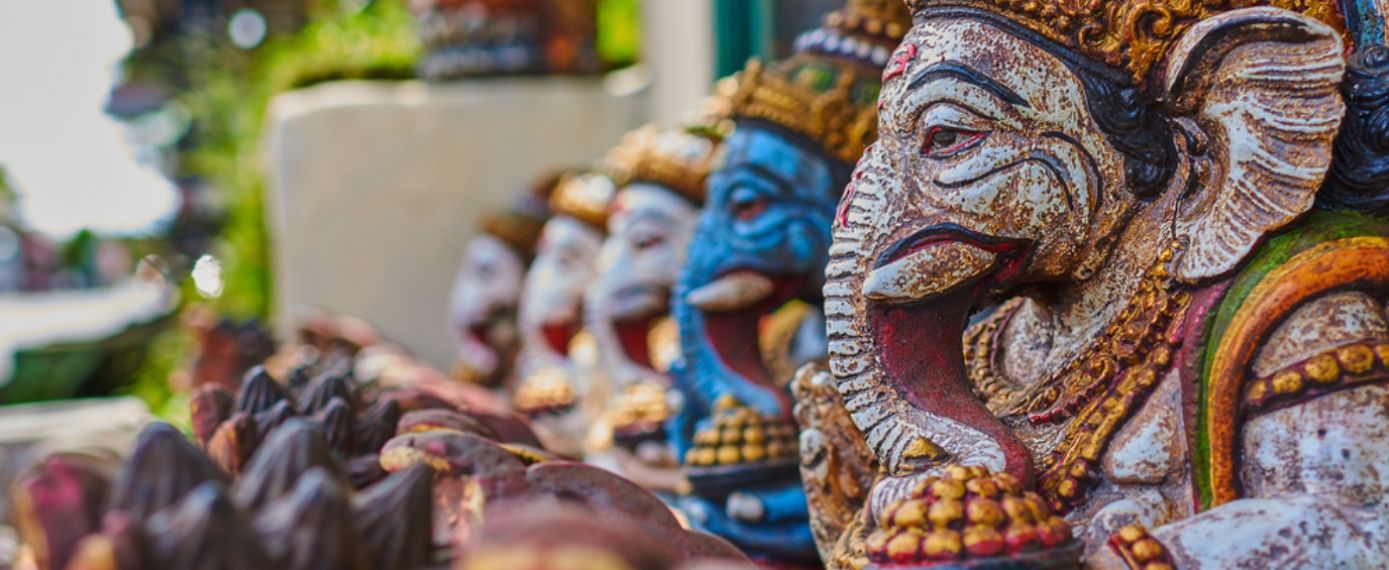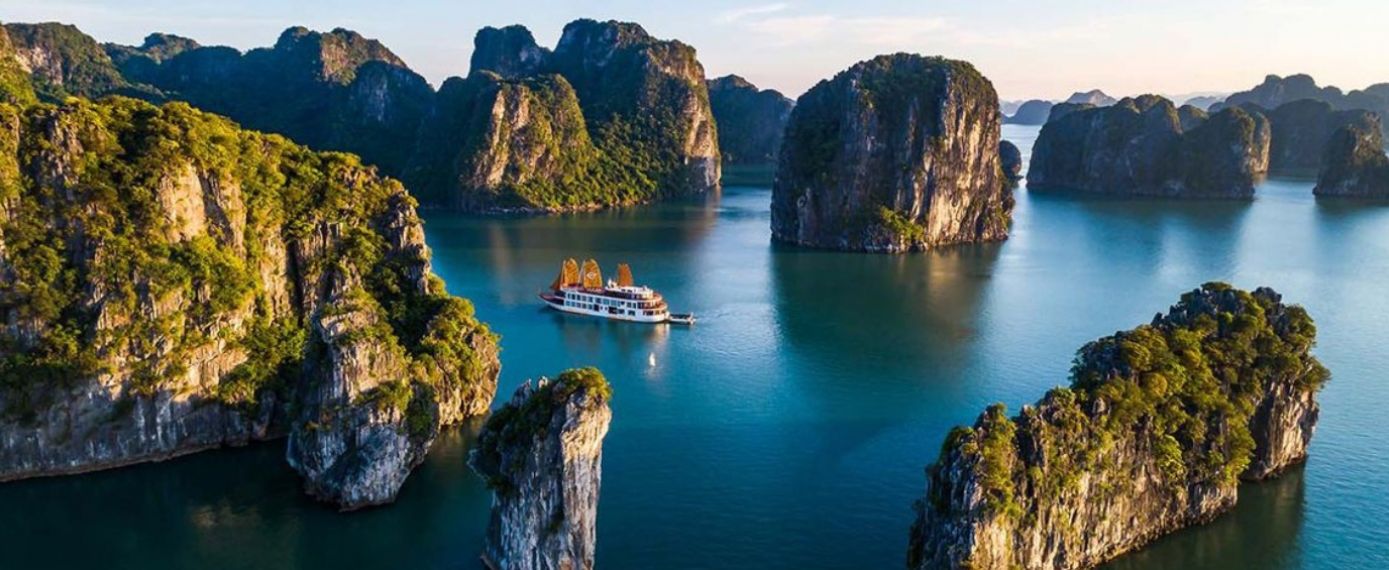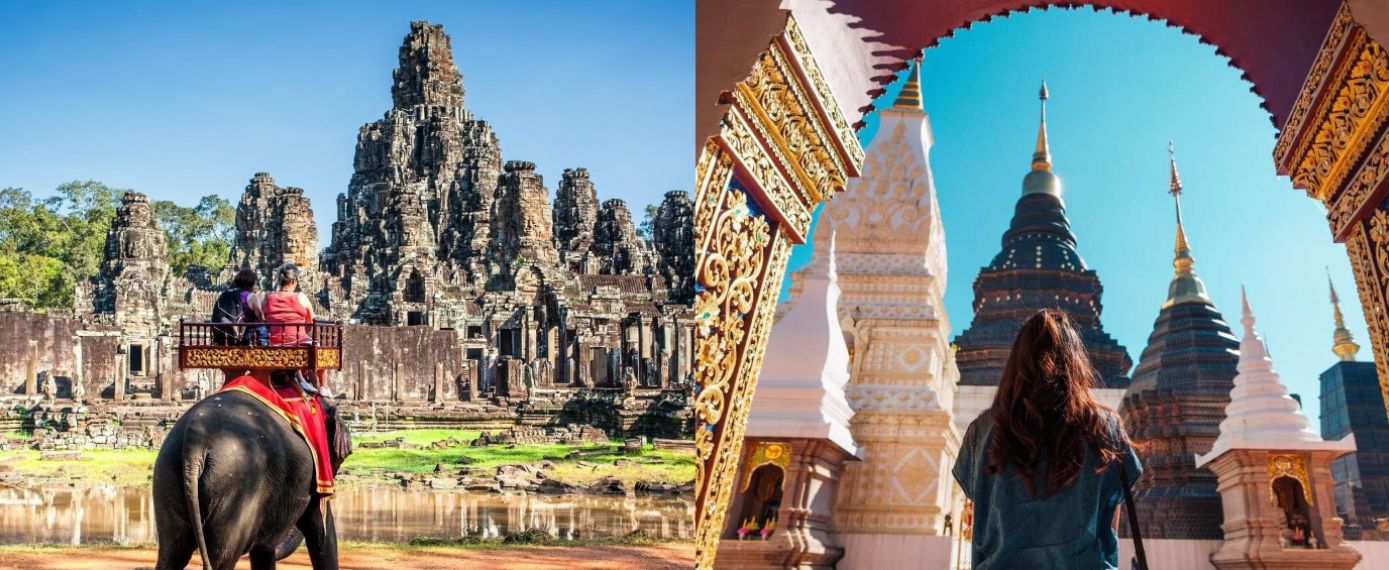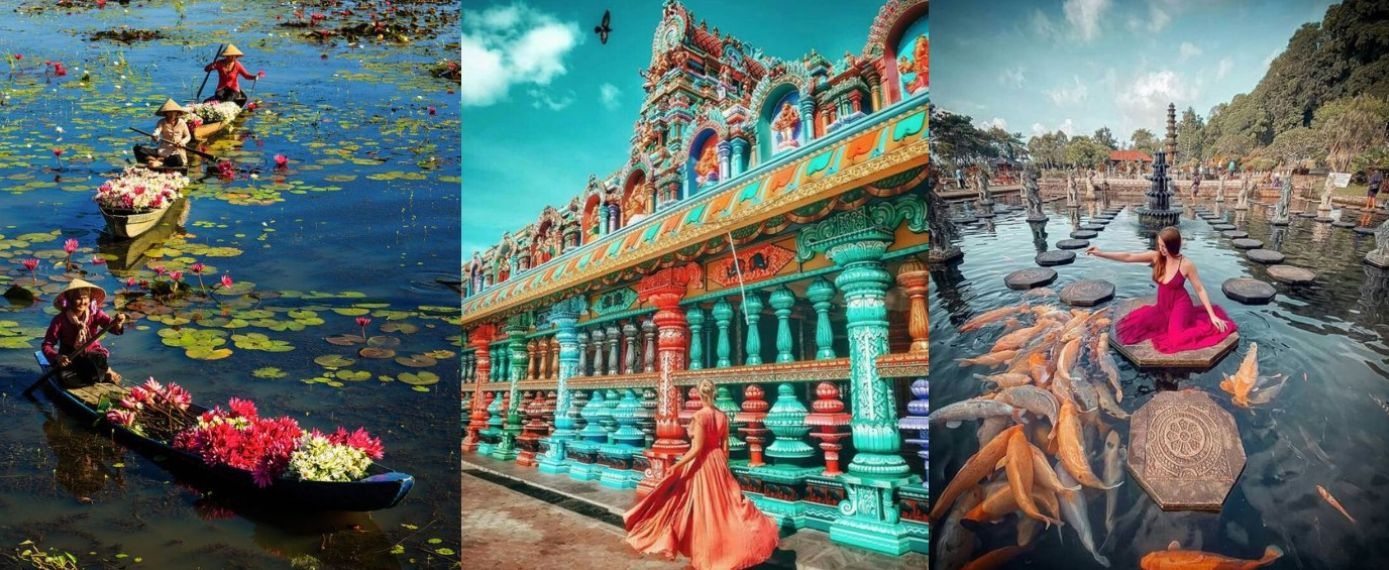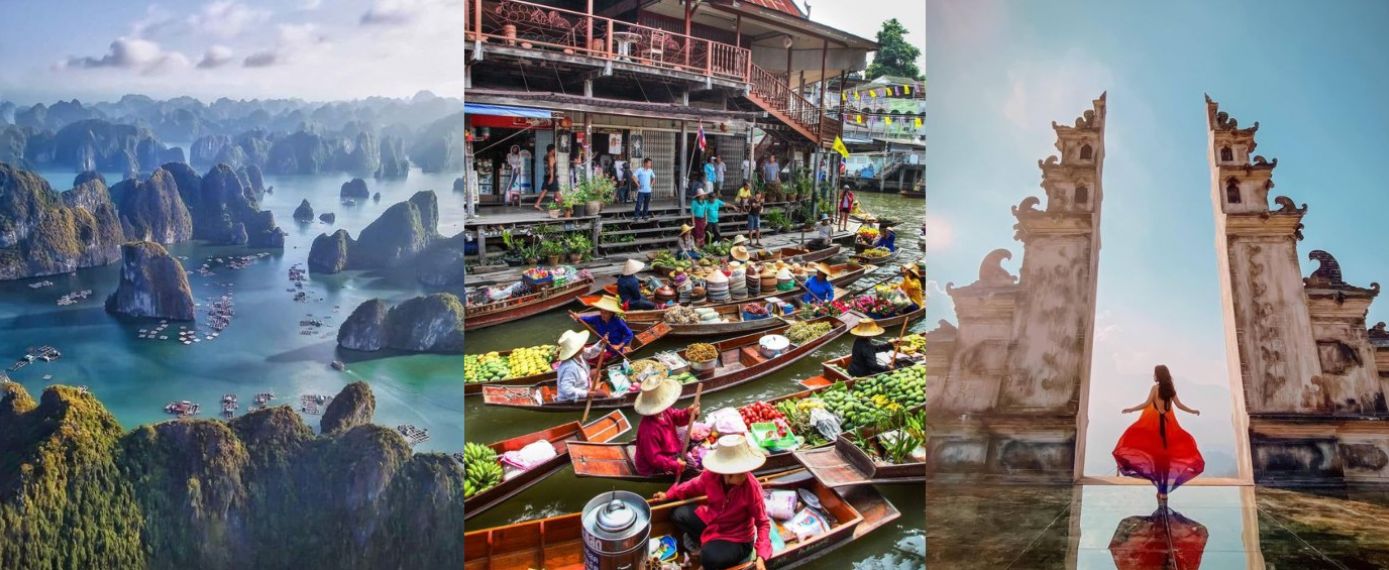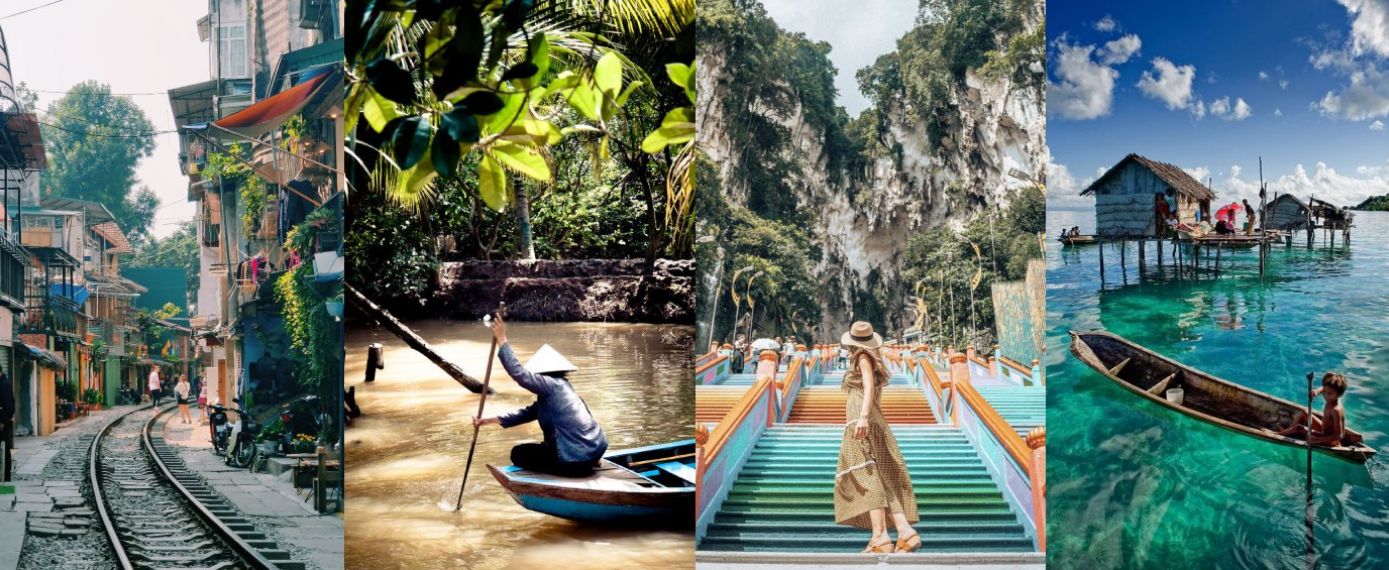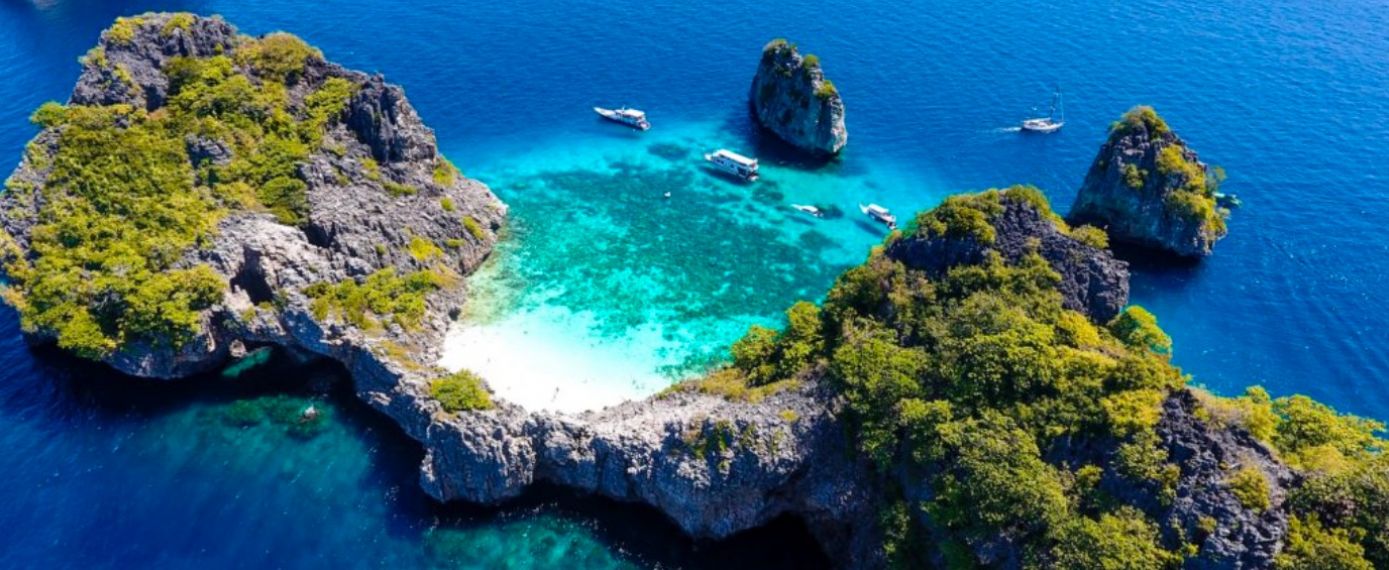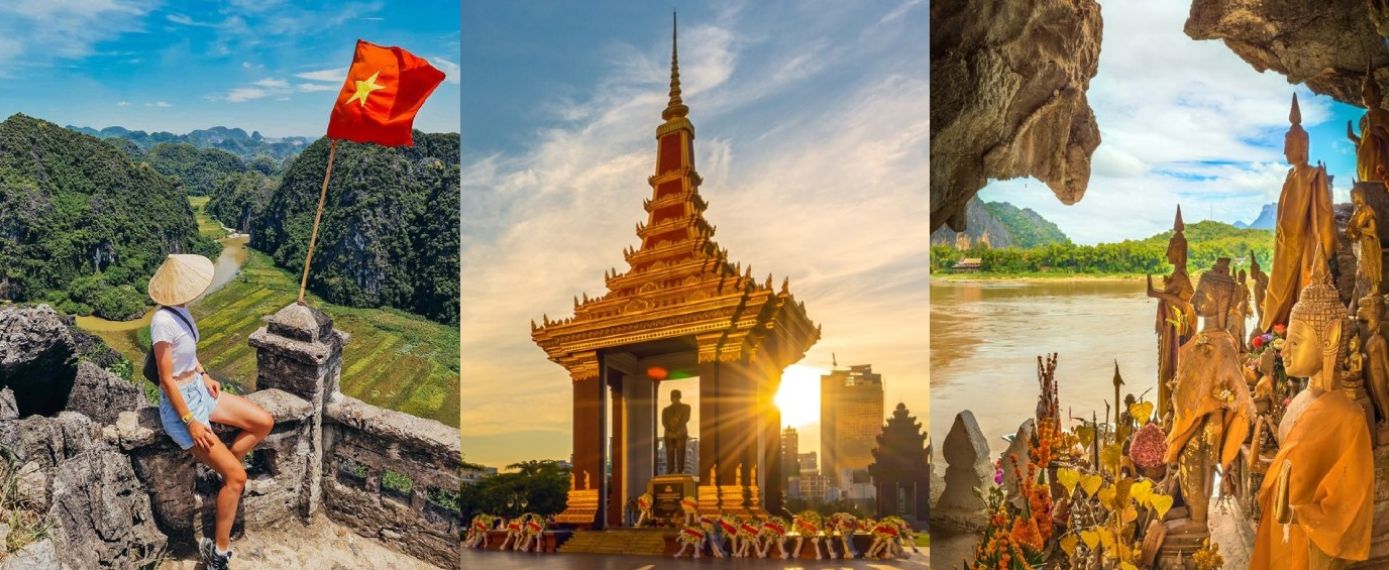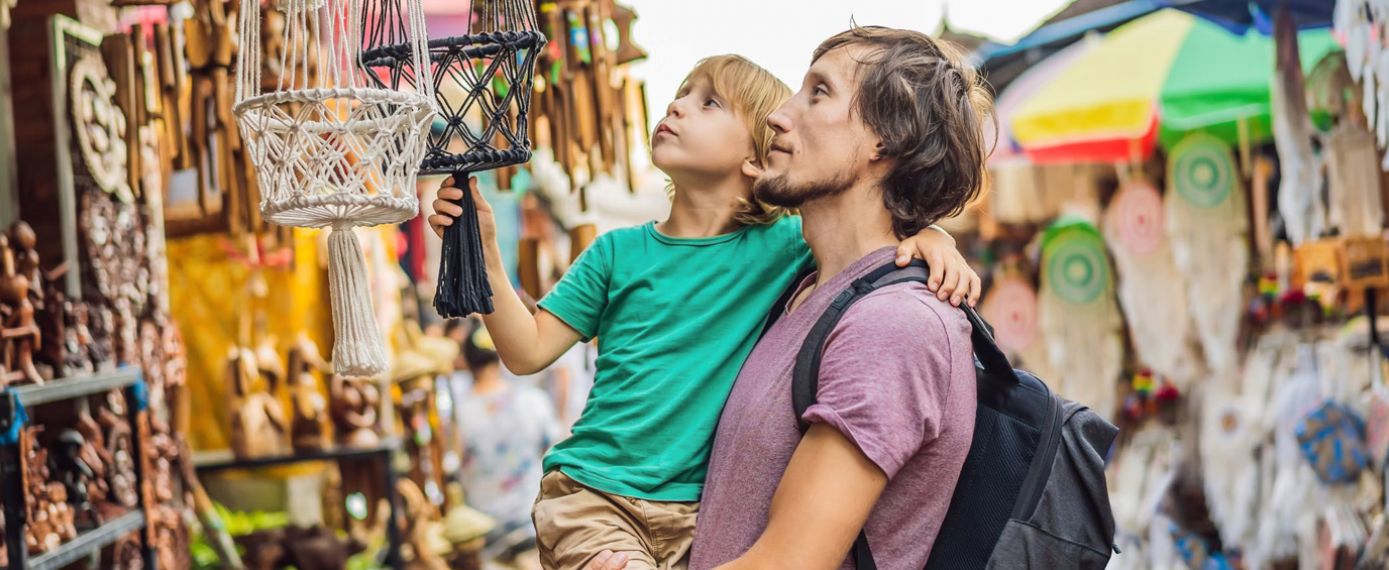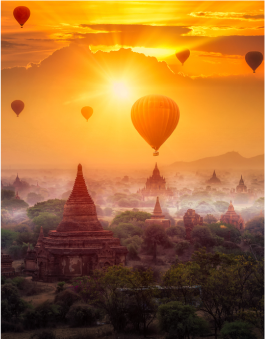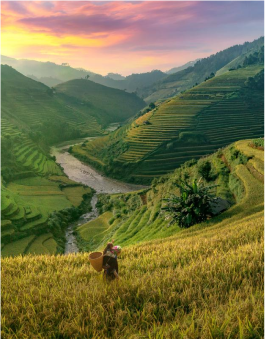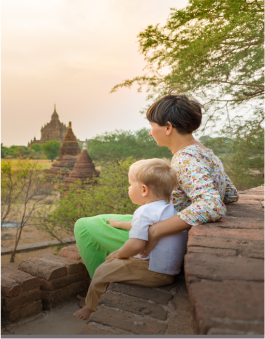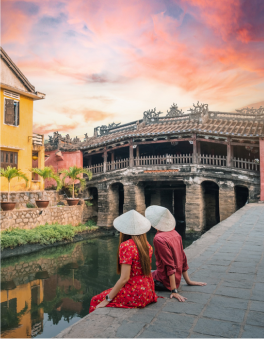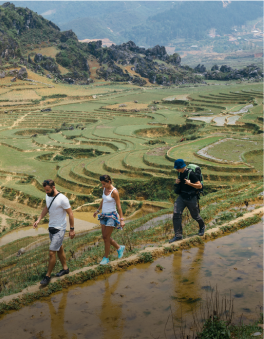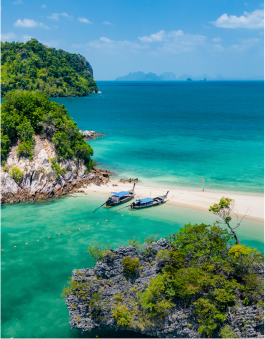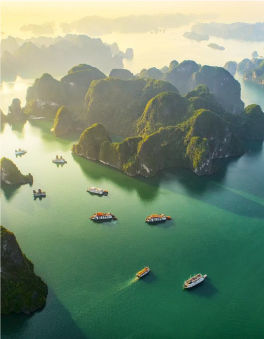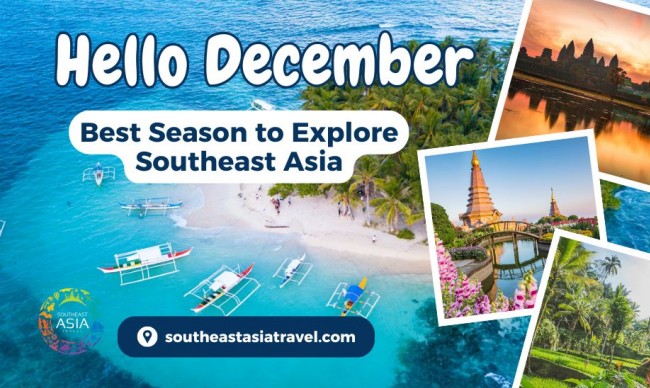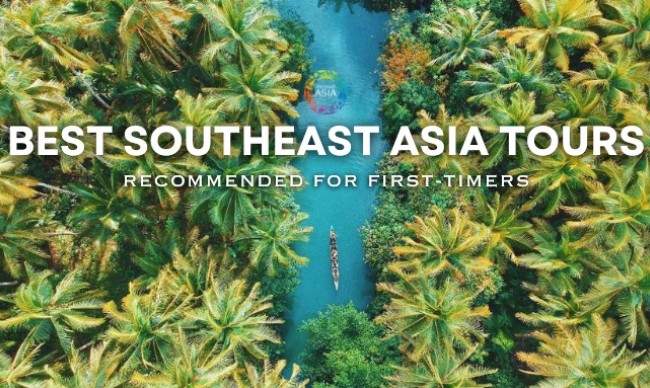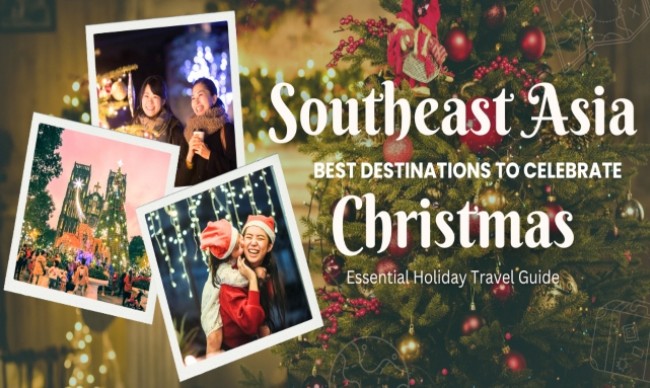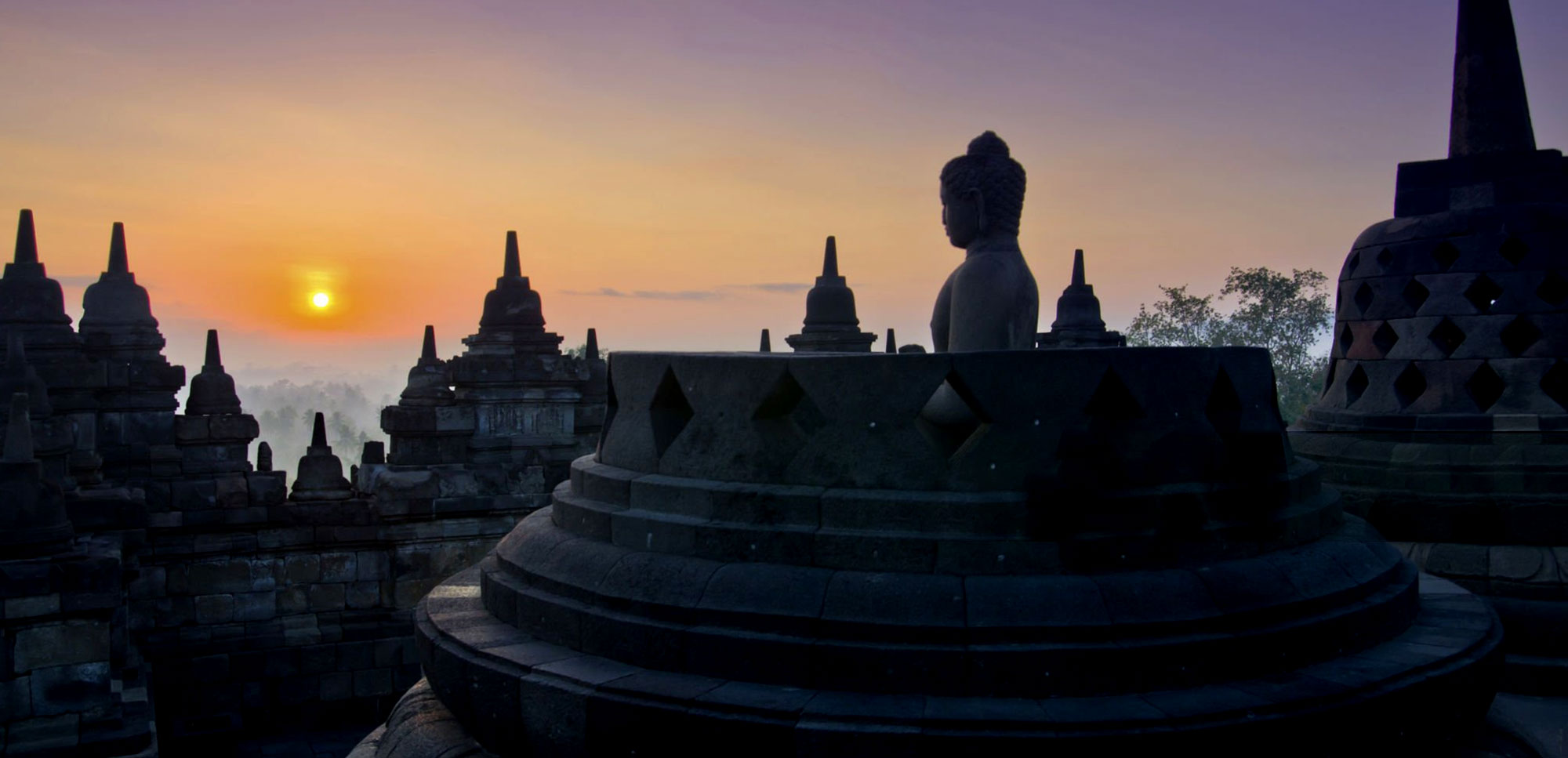
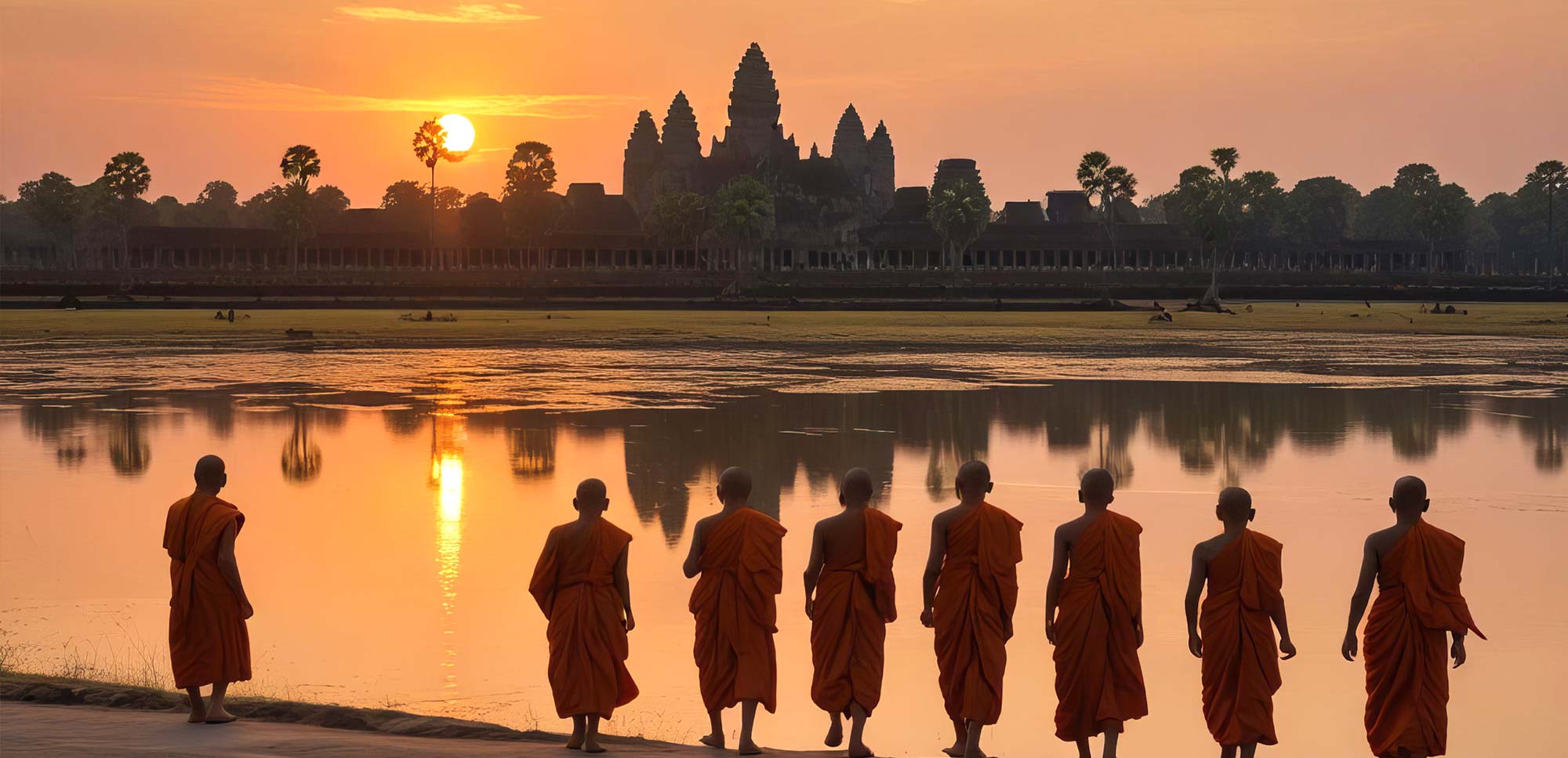
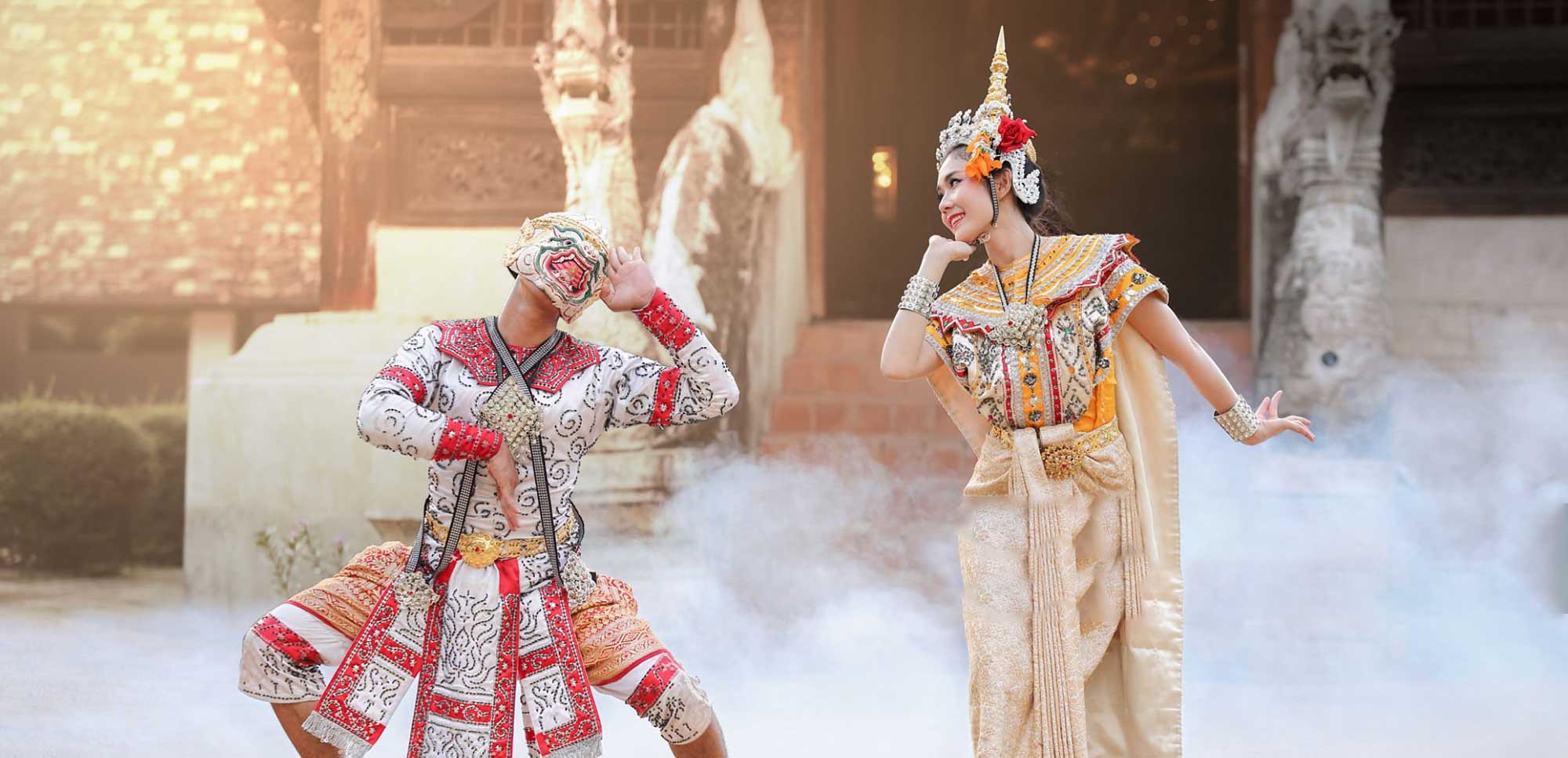
Southeast Asia Heritage & Culture Tours
We Customize Southeast Asia Heritage & Culture Tours By Your Way


CREATE YOUR OWN TRIP WITH US
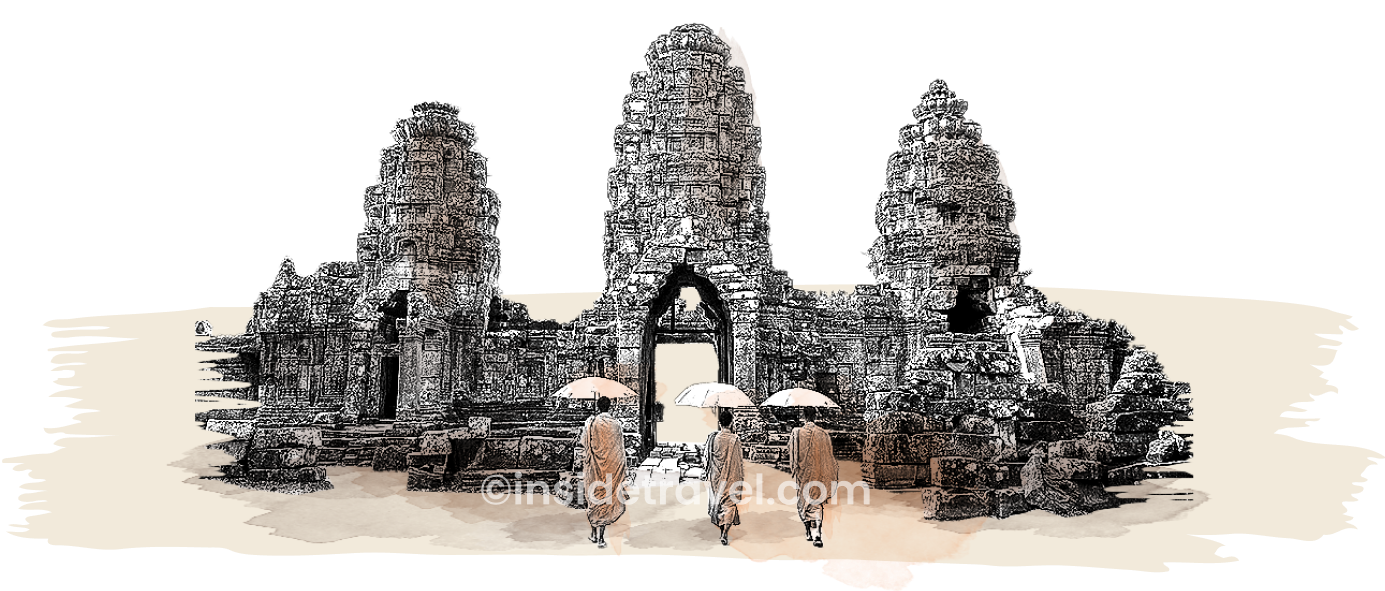
What are Southeast Asia Heritage & Culture Tours?
Because there are a lot of things to see and do in Southeast Asia, there will be some difficulties in fitting everything into your itinerary. Our travel experts have handpicked a great collection of heritage and culture tours with appropriate air connections that help you experience the very best of Southeast Asia’s nature and ancient wonder magnificence.
Southeast Asia Heritage & Culture Tours
What are Southeast Asia Heritage & Culture Tours?
Heritage and culture tours are curated travel experiences designed to immerse participants in the traditions, history, and way of life of a specific region. These tours are ideal for those who want more than just a vacation and seek authentic experiences that deepen their understanding of a destination’s identity and values.
Southeast Asia is particularly well-suited for heritage and culture tours due to its treasure trove of ancient civilizations, sacred traditions, and cultural marvels. Southeast Asia Heritage & Culture Tours offer travelers a unique opportunity to connect with the region’s deep-rooted history, diverse communities, and living cultural practices. They go beyond sightseeing, allowing you to experience the soul of each destination through art, food, festivals, architecture, and people.
With countries like Thailand, Vietnam, Indonesia, and Cambodia steeped in centuries of heritage, Southeast Asia is quickly becoming a hotspot for immersive travel. Whether you’re wandering through thousand-year-old temples or participating in traditional weaving workshops, Southeast Asia heritage and culture tours provide a meaningful and educational way to travel.

In Southeast Asia, these cultural tours may include:
- Guided visits to UNESCO World Heritage Sites and ancient ruins.
- Participation in local festivals and religious ceremonies.
- Interactions with artisans and community elders.
- Exploration of museums, historical districts, and sacred temples.
- Cultural workshops such as cooking classes, craft making, or folklore performances.
Why choose Southeast Asia Heritage & Culture Tours?
Immense Cultural Diversity in Southeast Asia
One of Southeast Asia’s greatest treasures is its remarkable cultural diversity. Spanning countries like Thailand, Vietnam, Cambodia, Indonesia, Malaysia, Myanmar, Laos, and the Philippines, the region is a vibrant tapestry of belief systems, languages, and customs. Travelers may find themselves moving from the tranquility of a Buddhist monastery in Laos to the grandeur of a Catholic cathedral in the Philippines or witnessing an ancient animist ritual before hearing the call to prayer from a nearby mosque. This intersection of cultures not only enriches the travel experience but also offers deeper insights into the human condition and shared values across different societies.
Southeast Asia Offers a Rich Historical Legacy
With a history shaped by powerful empires, colonial rule, wars, and modern independence movements, Southeast Asia presents a compelling historical narrative. Explore the architectural marvels of Angkor Wat in Cambodia, walk through the ancient city of Bagan in Myanmar, or visit the colonial streets of Hanoi and Manila. Each site is a living museum, telling stories of resilience, transformation, and cultural fusion. Southeast Asia heritage & culture tours provide expert context that turns ruins into revelations, allowing travelers to walk in the footsteps of kings, traders, warriors, and revolutionaries.
Authentic Human Connection During Southeast Asia Heritage & Culture Tours
What truly sets these tours apart is the emphasis on authentic human connection. Instead of merely observing from afar, cultural heritage tours in Southeast Asia often facilitate meaningful interaction with local communities. Whether it’s participating in a traditional dance in Bali, learning to cook with a Vietnamese family, or engaging in a storytelling session with an elder in a remote village, these experiences foster mutual respect and understanding. Travelers return not just with souvenirs, but with heartfelt memories and cross-cultural friendships.
Preserving Southeast Asian Heritage Through Responsible Tourism
Choosing a heritage and culture tour is not only a rewarding personal journey; it’s also a way to support the preservation of Southeast Asia’s intangible and tangible cultural assets. Many tours are crafted with sustainability in mind, employing local guides, visiting community-run initiatives, and contributing to the conservation of historical sites and traditional crafts. Responsible tourism empowers artisans, protects endangered traditions, and ensures that the cultural legacy of the region continues to thrive for generations to come.

Best time to take Southeast Asia Heritage & Culture Tours
Southeast Asia is a region that beckons travelers year-round with its rich cultural heritage, ancient temples, colorful festivals, and warm hospitality. However, timing your journey right can significantly enhance your experience. Weather, festivals, and regional activities all play a key role in deciding when to embark on a heritage and culture tour. Here’s a guide to help you choose the best times to dive into Southeast Asia’s living history.
Weather Patterns and Seasons
Southeast Asia generally experiences three major seasons: dry, hot, and rainy. While these vary slightly from country to country, understanding regional weather patterns can help you plan more comfortably.
- Cool Dry Season (November to February): This is widely considered the best time to visit most of Southeast Asia. Countries like Thailand, Cambodia, Vietnam, Laos, and Myanmar experience cooler temperatures and low humidity, making it ideal for exploring temples, walking through ancient cities, or enjoying village tours.
- Hot Season (March to May): This season brings high temperatures, particularly in inland areas. However, it’s also when fewer tourists are around, so popular heritage sites may be less crowded. Cultural festivals such as Songkran (Thai New Year) in April offer immersive cultural experiences during this time.
- Rainy Season (June to October): While the monsoon months come with afternoon showers, they also bring lush landscapes, fewer tourists, and often lower travel costs. In places like Bali or northern Vietnam, the rains are usually predictable and not continuous, allowing for flexible heritage exploration and meaningful cultural engagements with locals who aren’t overwhelmed by tourist crowds.
Key Cultural Festivals & Events
Timing your visit to coincide with local festivals can add immense cultural value to your tour.
- Tet (Vietnamese New Year, Jan/Feb): A time of family gatherings, ancestral worship, and lively traditions.
- Thaipusam (Malaysia/Singapore, Jan/Feb): A dramatic Hindu festival involving colorful rituals and processions.
- Thingyan (Myanmar New Year, April): Celebrated with nationwide water fights and traditional ceremonies.
- Hari Raya Aidilfitri (End of Ramadan): A chance to witness Islamic cultural traditions and festive hospitality across Malaysia and Indonesia.
- Bali Arts Festival (June-July): A month-long celebration of Balinese art, music, and dance.
Planning your heritage tour around these festivals offers a rare chance to witness living culture in its most vibrant form.
Regional Considerations
Different parts of Southeast Asia shine at different times of the year:
- Northern Vietnam & Laos: Best from October to April when temperatures are cooler and trekking conditions are ideal.
- Thailand & Cambodia: November to February provides pleasant weather for exploring Angkor Wat or historic sites in Ayutthaya.
- Indonesia (Bali & Java): May to September is the dry season, perfect for temple tours and cultural performances.
- Malaysia: Being equatorial, Malaysia is more consistent, but the west coast (Penang, Melaka) is ideal from December to March.
What you can expect from Southeast Asia Heritage & Culture Tours
- Visit well-known temples and museums to experience the enchanting ambiance of the exquisitely maintained historic town of Luang Prabang: Wat Visoun, Wat Xiengthong, Wat Mai, Wat Aham, Royal Palace Museum…
- Visit the mysterious UNESCO-listed Plain of Jars in Xieng Khouang Plateau, one of the most important prehistoric sites in Southeast Asia which is famous for thousands of stone jars in various sizes and shapes.
- Enjoy a personal experience of visiting the "big three" temples of the UNESCO World Heritage Site Angkor complex, including the impressive Angkor Wat, the mysterious Angkor Thom, and the picturesque Ta Prohm.
- Cross the splendor of Tonle Sap Lake to explore Kampong Phluk village with incredible stilted houses and flooded forests, and learn about the rich culture, lifestyle, and ecosystem of this fascinating place.
- Pedal through towering Buddhas, ancient temples, and ornate palaces at Sukhothai, a UNESCO World Heritage Site and the capital of Thailand’s first kingdom, which has a significant influence on the country's history, architecture, and religion.
- Take part in a hands-on cooking class where you'll learn how to make authentic Thai dishes from scratch, with great chances to visit a local market and organic farm, get to know Thai herbs and vegetables, and pick some fresh ingredients yourself.
- Enjoy a fascinating tour around the notable sights and UNESCO-listed monuments of Hue, including the Forbidden Purple City and the impressive imperial tombs of the Nguyen Dynasty, the last dynasty of Vietnam, and the Thien Mu Pagoda, the oldest pagoda in the city.
- Take pleasure days in the peaceful Hoi An Ancient Town, where you will immerse yourselves in the tranquility of the countryside and admire the harmonious combination of architecture and culture in the town center.
- Top off your day in Bagan with a heritage exploration around significant landmarks of this UNESCO-listed town, such as the golden stupa in Shwezigon Pagoda, the oldest paintings in Gubyaukgyi Temple, and the four Buddha statues in Ananda Temple.
- Visit the UNESCO-listed city of Melaka, also known as the "Historical State" of Malaysia, and soak up signature sights of the old town: St. Peter's Church, Famosa Fort, Jonker Street, and Cheng Hoon Teng Temple, plus a scenic river cruise along the Melaka River
- See Borobudur and Prambanan Temple, two magnificent UNCESCO World Heritage Sites on Java Island, which are best known as the largest Buddhist structure on earth and the largest Hindu temple compound in Indonesia, respectively.
- Check out some of Ubud's signature sights as you visit the Setia Darma House of Masks and Puppets, get up close with macaques at Ubud Monkey Forest, stroll around Ubud Market, and watch a Kecak Dance performance by local villagers.
- Immerse yourself in the authentic and artistic spirit of George Town, a UNESCO Heritage Site in Penang, as you explore its hidden gems and top spots, such as the Khoo Kongsi Temple, Pinang Peranakan Mansion, Fort Cornwallis, and Wat Chayamangkalaram.

Most Popular Destinations on Southeast Asia Heritage & Culture Tours
Hue
Hue, located in Central Vietnam, is best known for its royal mausoleums, the former imperial citadel, and iconic pagodas. Boasting a fantastic and rich cuisine, the city is not only a favorite destination for those who love architecture, but it is also a mecca for those on a gastronomic tour. For history buffs, the region still has several remnants from the Vietnam War, such as a military base and tunnels in the DMZ.
Hoi An
Hoi An, awash with its famous bright yellow ochre facades, has retained a wealth of cultural and historical attractions. Meander the narrow alleyways of the ancient town, where medieval two-story wooden buildings seem frozen in time. See Hoi An at night, brimming with a myriad of colorful lanterns; visit the old congregation halls of the town’s former Chinese community; sample a huge variety of cuisine; hire a bike and cycle down the alleys and lanes and further afield to explore the surrounding countryside.
Luang Prabang
Luang Prabang is a historic city that once served as the capital of the Kingdom of Laos. At the meeting point of the Mekong and Nam Khan rivers, this town stands in front of a backdrop of a magnificent hilltop temple. Luang Prabang is perhaps one of Indochina’s most alluring towns. Very walkable-friendly, it is wrapped in an uncommon peace and spirituality that reaches well beyond its over three dozen Buddhist temples.
Phonsavan
This unique area is one of the cultural highlights of Laos. The main attraction is its megalithic archaeological landscape, formed of thousands of stone, jar-like structures dotted about the valleys. Believed to have been used as graves or to store rice wine, the remains of these mysterious stone jars are one of the most famous prehistoric sites in Southeast Asia.
Siem Reap
Undoubtedly, Siem Reap is at the top of the must-visited list in Cambodia. Nevertheless, this charming town has emerged as a world-class destination in its own right thanks to a superb selection of restaurants, cafes, and bars. Beyond the town center lie the floating villages on Tonlé Sap Lake, adventure activities such as quad biking and ziplining, and cultural pursuits such as cooking classes and martial arts courses.
Sukhothai
Sukhothai, a city steeped in history and charm, is truly one of the most beautiful places in Thailand. As the first capital of Siam in the 13th century, Sukhothai is home to more than 200 temple ruins and royal palaces, as well as images of Buddha that reflect the city’s early prosperity and artistic grandeur. Sukhothai became a UNESCO World Heritage Site in 1991.
Chiang Mai
Chiang Mai is a charming city with a perfect blend of the laid-back north, incredible mountains, and an array of historically rich architecture. Surrounded by the time-worn walls of Lanna, the old city of Chiang Mai is home to stunning aged structures, some of which are over 700 years old. With its balance between tradition, culture, and affordability, there are few other cities like this.
Bagan
Bagan was built around the 12th century and was home to over 20,000 Buddhist pagodas. Now only about 21,000 remain, scattered along the banks of the Ayeyarwady River, beckoning history lovers, architectural enthusiasts, and anyone wanting to go back in time. The best way to experience Bagan is to wake up before sunrise (to avoid the hot sun), cruise around the interweaving dirt roads, and stop at every pagoda that catches your eye.
Java Island
Java is a volcanic island near Bali. This geographic and economic center of Indonesia is home to more than half of the entire population. It is best known for active volcanoes, ancient temples, lakes, beaches, hills, and tea plantations. Start at the capital city of Jakarta and head east to Yogyakarta, Surabaya, and Mount Bromo with many exciting destinations in between.
Bali Island
Bali is Indonesia’s most famous destination, a world-renowned island charm with different kinds of amazing beaches, lush mountainous terrains, and magnificent rice terraces. The culture of Bali is a fascinating blend of Hinduism and traditional Balinese values.
Melaka
Melaka is a historic port city formerly known as Malacca. Now it is very famous for its colorful heritage buildings and fun cultural attractions. This quaint city is best explored on foot to experience the contrasts between colonial Portuguese ruins, British-era buildings, and a dense Chinatown, which have all contributed to Melaka being inscribed on the UNESCO World Heritage List in 2008.
Penang
Penang is an island off the coast of the Malaysian peninsula famous for its historic George Town and rich culinary diversity. Take a trishaw ride weaving past smoky Cantonese kitchens, blue-hued mansions from the 19th century, and the remnants of the British colonial past. It is no wonder the city exudes a unique charm not found anywhere else.
Vigan
Vigan, the capital of Ilocos Sur province, is located in the northern area of Luzon. It is the only UNESCO World Heritage City in the country for being the best-preserved example of a planned Spanish colonial town since the 16th century in Asia. With its cobblestone streets, ancestral houses, and historic landmarks such as St. Paul’s Metropolitan Cathedral and Plaza Salcedo, Vigan offers a glimpse into the country’s Spanish-era legacy.
Singapore China Town
Singapore's Chinatown is a vibrant and historic district that offers a fantastic glimpse into the country’s multicultural atmosphere. Located in the heart of the city, Chinatown is a bustling hub of culture, food, and shopping. Visitors can explore traditional shophouses, visit historic temples like the Sri Mariamman Temple and Thian Hock Keng Temple, or browse through the lively Chinatown Street Market for souvenirs, antiques, and local crafts.
Where to Stay on Southeast Asia Heritage & Culture Tours
On Southeast Asia Heritage & Culture Tours, travelers can choose from a range of accommodations that enhance the cultural experience. These may include boutique heritage hotels, traditional homestays, and eco-lodges. Staying in culturally rich environments will deepen your understanding of the region’s traditions and lifestyle.
Vietnam
Hanoi
3-star Bonsella Hotel - 03 Bao Khanh Street, Hoan Kiem District, Hanoi
4-star Tirant Hotel - No 38 Gia Ngu Street, Hoan Kiem District, Hanoi
5-star Hotel de l'Opera Hanoi - 29 Trang Tien Street, Hoan Kiem District, Hanoi
Hoi An
3-star Emerald Hoi An Riverside Resort - 127 Ngo Quyen, Minh An, Hoi An, Quang Nam
4-star Vinh Hung Riverside Resort & Spa - 111 Ngo Quyen Street, An Hoi Islet, Hoi An, Quang Nam
5-star Hotel Royal Hoi An - Gallery - 39 Dao Duy Tu Street, Hoi An, Quang Nam
Hue
3-star Romance Hue Hotel - 16 Nguyen Thai Hoc Street, Phu Hoi, Hue
4-star Eldora Hotel - 60 Ben Nghe Street, Phu Hoi, Hue
5-star BWP Indochine Palace Hotel - 105A Hung Vuong Street, Phu Nhuan, Hue
Cambodia
Siem Reap
3-star Amber Angkor Villa - 603, Street Wat Bo, Siem Reap
4-star Somadevi Angkor Resort & Spa - 9V64+268, Sivatha Blvd, Mondol II, Svay Dangkum, Siem Reap
5-star Borei Angkor Resort & Spa - No. 0369, National Road 6, Banteay Chas, Siem Reap
Phnom Penh
3-star Okay Boutique Hotel - 174, Street 19z, Daun Penh, Phnom Penh
4-star Anik Palace Hotel - No. 14, Street 278 Sangkat Boeung Keng Kang I, Phnom Penh
5-star Rosewood Phnom Penh - Level 8th, Unit 1-2-3, Vattanac Capital Tower, 66 Monivong Boulevard, Daun Penh, Phnom Penh
Laos
Luang Prabang
3-star Sunrise Garden House - Chaotonkham Road Ban Thongchaleurn, Town Center, Luang Prabang
4-star The Belle Rive Boutique Hotel - 99 Baan Phonehueang, Luang Prabang
5-star Rosewood Luang Prabang - Ban Nadueay Village, Luang Prabang
Vientiane
3-star Lao Orchid Hotel - Chao Anou Road, Watchan Village, Chanthabouly District, Vientiane
4-star La Seine Hotel - 160 Quai Fa Ngum, Ban Sithan Neua, Sikhottabong District N13, Vientiane
5-star Crowne Plaza Vientiane - Building A, 20 Samsenthai Road, Nongduang Nua Village, Sikhottabong District, Vientiane
Thailand
Bangkok
3-star Silom Serene Hotel - 7 Soi Pipat (Silom Soi 3), Silom Road, Silom, Bangrak, Bangkok
4-star Mercure Sukhumvit 11 - 18 Soi Sukhumvit 11 Sukhumvit Road Klongtoey Nua Wattana, 10110 Bangkok
5-star Anantara Riverside Bangkok Resort - 257/1-3 Charoennakorn Road, Thonburi, Bangkok 10600
Chiang Mai
3.5-star Amora Tapae Hotel Chiang Mai - 22 Chaiyapoom Road, Changmoi Muang, Chiang Mai
4-star Amata Lanna Village - 8 Jai Keaw Rd., T.Nhonghoi, A.Muang, Chiang Mai
5-star Na Nirand Romantic Boutique Resort - 1/1 Soi 9, Charoenprathet Road, Tambon Changklan, Amphoe Muang, Chiang Mai
Malaysia
Kuala Lumpur
3-star Hilton Garden Inn - 449, Jalan Tuanku Abdul Rahman, Kuala Lumpur
4-star The Kuala Lumpur Journal Hotel - No 30 Jalan Beremi, Kuala Lumpur
5-star Hilton Kuala Lumpur - 3 Jalan Stesen Sentral KL Sentral Train Station, Kuala Lumpur
Penang
4-star Bayview Hotel Georgetown Penang - 25-A Farquhar Street, George Town, Penang Island
4.5 PARKROYAL Penang Resort - Batu Ferringhi Beach, Batu Ferringhi, Penang Island
5-star Eastern & Oriental Hotel - 10, Lebuh Farquhar, George Town, Penang Island
Myanmar
Yangon
3.5-star Best Western Chinatown Hotel - No.127-137 Anawrahta Road, Corner of Lanmadaw Road, Latha Township, Yangon
4-star Jasmine Palace Hotel - No.341 Pyay Road, Sanchaung Township, Yangon
5-star Pan Pacific Yangon - Corner of Bogyoke Aung San Road and Shwedagon Pagoda Road, Pabedan Township, Yangon
Bagan
3-star Bagan Thande Hotel - Archaeological Zone, Old Bagan, Bagan
4-star Tharabar Gate Hotel - Near Tharabar Gate, Old Bagan, Bagan
5-star Aureum Palace Hotel & Resort - Min Nanthu Village, Near Bagan Viewing Tower, Nyaung U, Bagan
Indonesia
Bali
3-star The Evitel Resort Ubud - Jalan Monkey Forest, Ubud, Kecamatan Ubud, Kabupaten Gianyar, Bali
4-star KajaNe Mua - Jl. Monkey Forest No.20, Ubud, Kecamatan Ubud, Kabupaten Gianyar, Bali
4-star The Sankara Resort Ubud by Pramana - Banjar Kumbuh, Desa Mas, Ubud, Gianyar, Bali
5-star Visesa Ubud Resort - Jl. Suweta, Bentuyung Sakti, Ubud, Gianyar, Bali
Yogyakarta
3-star Ibis Styles Yogyakarta - Jl. Dagen No.109, Sosromenduran, Gedong Tengen, Kota Yogyakarta
4-star Gallery Prawirotaman Hotel - Jl. Prawirotaman 2 No.839 B, Brontokusuman, Kec. Mergangsan, Kota Yogyakarta
5-star Hyatt Regency Yogyakarta - Jl. Palagan Tentara Pelajar, Panggung Sari, Sariharjo, Kec. Ngaglik, Yogyakarta
The Philippines
Manila
3-star City Garden Hotel Makati - 7870 Makati Avenue corner Durban St.Poblacion Makati City, Makati, NCR, 1210, Philippines
3.5-star Coro Hotel - 8436 Kalayaan Ave., Brgy. Poblacion, Makati, Philippines 1210
4-star Valero Grand Suites by Swiss-Belhotel Makati - 152 Valero Street, Salcedo Village, Makati City, Makati, Philippines
Singapore
3-star Hotel Boss - 500 Jalan Sultan, Singapore
3-star V Hotel Bencoolen - 48 Bencoolen Street, Singapore
4-star Oasia Hotel Downtown - 100 Peck Seah Street, Singapore
4-star Vibe Hotel Singapore Orchard - 24 Mount Elizabeth, Singapore
5-star The Clan Hotel Singapore - 10 Cross Street, Singapore
5-star The Fullerton Hotel Singapore - 1 Fullerton Square, Singapore

Must-try Food on Southeast Asia Heritage & Culture Tours
Southeast Asia is a foodie's dream destination, with an intriguing and diverse culinary environment full of robust tastes and distinct cuisine formed by a rich combination of cultures and customs. Here are some must-try dishes from the region:
Vietnam
Pho Bo (Beef Noodle Soup) in Hanoi
Hanoi beef noodle soup, known as Phở Bò, is a beloved Vietnamese dish that originated in the capital city of Hanoi. It features a fragrant broth made from simmering beef bones, spices, and herbs for hours, resulting in a rich, savory base. The soup is served with thin rice noodles and tender slices of beef, often accompanied by fresh herbs, bean sprouts, lime, and chili. The balance of flavors—umami, freshness, and a hint of sweetness—makes phở bò a comforting and flavorful meal, enjoyed at any time of day, especially for breakfast. Its iconic status in Vietnamese cuisine makes it a must-try for food lovers.
Banh Mi (Bread) in Hanoi or Hoi An
Bánh mì is a Vietnamese sandwich that blends French influence with local flavors, featuring a light, crispy baguette filled with a variety of savory ingredients. Typically, it includes meats such as grilled pork, chicken, or pâté and is topped with fresh herbs, pickled vegetables, cucumber, and a dash of chili. The contrast between the crunchy, airy bread and the flavorful fillings makes bánh mì a delicious and satisfying street food enjoyed throughout Vietnam. Its versatility allows for endless variations, making it a beloved snack or meal for any time of day.
Bun Bo (Hue Beef Noodle Soup) in Hue
Bún bò Huế is a flavorful and aromatic Vietnamese noodle soup that hails from Hue. Known for its rich and spicy broth, it is made by simmering beef bones with lemongrass, shrimp paste, and chili, resulting in a deep, complex flavor profile. The dish features rice noodles (bún) and a combination of tender beef, often including slices of shank, brisket, and sometimes pork, along with fresh herbs and vegetables. The addition of lime and chili gives it a zesty and spicy kick, making bún bò Hue a satisfying and bold dish beloved throughout Vietnam. Its distinctive taste and heat set it apart from other Vietnamese noodle soups like Pho.
Cambodia
Amok Trey
Amok Trey is a traditional Cambodian dish that features fish cooked in a rich, aromatic curry. The name "Amok" refers to the cooking technique, where ingredients are steamed or simmered in a fragrant mixture, while "Trey" means fish in Khmer. The dish is typically made with freshwater fish, such as catfish or tilapia, which is marinated in a flavorful blend of coconut milk, lemongrass, turmeric, garlic, kaffir lime leaves, and other spices. The fish mixture is often placed in a banana leaf cup and steamed to perfection, resulting in a smooth, creamy texture with a slightly tangy, fragrant taste. Amok Trey is often served as a part of a larger feast, offering a balance of rich, savory, and aromatic flavors that are a hallmark of Cambodian cuisine. It is considered one of the country's most iconic and beloved dishes, often enjoyed during special occasions and celebrations.
Nom Banh Chok
Nom Banh Chok is a beloved Cambodian dish often enjoyed for breakfast, offering a fresh and vibrant combination of flavors. It consists of rice noodles topped with a fragrant green curry sauce made from lemongrass, turmeric, and kaffir lime, giving the dish a bright and aromatic profile. The sauce typically includes fish, usually freshwater varieties like snakehead or catfish, which is blended into the curry base. The dish is garnished with a variety of fresh herbs and vegetables, such as cucumber, bean sprouts, banana flowers, and mint, creating a refreshing contrast to the rich curry. Nom Banh Chok is often served with a side of lime wedges and chili, allowing diners to adjust the taste to their liking.
Laos
Khao Niew - Sticky Rice
Khao Niew, or sticky rice, is a fundamental part of Lao cuisine and culture, often referred to as the "soul food" of Laos. Made from glutinous rice, it is unique for its sticky, slightly chewy texture, which is achieved through steaming rather than boiling. The rice is typically served in small woven bamboo baskets, and it plays a central role in nearly every Lao meal. It is often paired with spicy dips like jaew (spicy dipping sauce) or served alongside grilled meats, fish, and fresh herbs. Beyond its everyday use, Khao Niew is also central to important cultural rituals and festivals in Laos, symbolizing community and tradition.
Larb - Minced Meat Salad
Larb, or laap, is a vibrant and flavorful minced meat salad that is a beloved dish in Lao cuisine. Traditionally made with minced chicken, beef, pork, or fish, Larb is a perfect balance of savory, spicy, tangy, and aromatic flavors. The meat is usually cooked or sometimes served raw (especially in northern regions), then mixed with fresh herbs such as cilantro, mint, and green onions. The dish is seasoned with lime juice, fish sauce, and a generous amount of toasted rice powder, which adds a distinctive nutty crunch. Fresh chilies and garlic give it heat, while the zing of lime and the umami of fish sauce create a tantalizing contrast. Larb is often served with khao niew to help balance the intense flavors, along with fresh vegetables and herbs like lettuce, cabbage, and cucumber, which provide a refreshing bite.
Thailand
Pad Thai - Thai Fried Noodles
Pad Thai is one of Thailand's most iconic dishes, beloved for its perfect balance of sweet, sour, salty, and umami flavors. This stir-fried noodle dish is made with rice noodles tossed in a tangy tamarind-based sauce, along with tofu, shrimp or chicken, scrambled eggs, and bean sprouts. Garnished with crushed peanuts, lime wedges, and sometimes chili flakes, it has a delightful crunch and zesty freshness. Served hot from street carts or upscale restaurants, Pad Thai is a must-try dish that showcases the essence of Thai cuisine.
Tom Yum Goong - Spicy Shrimp Soup
Tom Yum Goong is a classic Thai soup known for its bold, aromatic flavors and vibrant taste. This hot and sour dish features succulent shrimp, fragrant herbs like lemongrass, kaffir lime leaves, and galangal, all simmered in a flavorful broth. A balance of lime juice, fish sauce, and chili paste creates its signature tangy and spicy profile. Often garnished with fresh cilantro, Tom Yum Goong is a comforting yet invigorating dish that captures the heart of Thai cuisine. It's a favorite among locals and tourists alike.
Kao Niew Ma Muang - Mango Sticky Rice
Kao Niew Ma Muang, or Mango Sticky Rice, is a favorite Thai dessert that perfectly combines sweetness and texture. Its main ingredient is soft and fragrant sticky rice cooked with coconut milk, paired with slices of ripe, juicy mango. A drizzle of sweetened coconut cream and a sprinkle of toasted sesame seeds or mung beans add a touch of richness and crunch. Simple yet indulgent, Kao Niew Ma Muang is a delightful treat that highlights the natural flavors of fresh Thai mangoes and the country's culinary love for balance and harmony.
Malaysia
Nasi Lemak (Rice)
Commonly considered as Malaysia’s national dish, nasi lemak consists of fragrant rice cooked in coconut milk, served with sambal (spicy chili paste), crispy anchovies, peanuts, boiled eggs, and cucumbers. The dish is beloved by all local Malaysians, and it comes in two varieties: the simple street version, packed in a banana leaf and designed to be taken quickly, and the more "upmarket" version served on a plate in restaurants. Often accompanied by fried chicken or beef rendang, it’s a must-try for breakfast or any time of the day.
Char Kway Teow (Stir-fried Noodles) - Penang
This local dish is Chinese-Malaysian stir-fried noodles, a popular street food from Penang. Char kway teow features flat rice noodles stir-fried with prawns, cockles, bean sprouts, eggs, and soy sauce in a hot & smoky wok. Its rich, savory flavor makes it a favorite among locals and visitors alike. Char kway teow may differ in each region, and different cities provide a slightly different mix of the ingredients, with each one adding local flavor. Though the dish is definitely Penang Island’s icon, where you can literally find char kway teow anywhere you look for food.
Laksa (Rice Noodle Soup)
Laksa is a dish of rice noodle soup available in several regions across Malaysia. There are two different kinds of laksa, curry laksa and Assam laksa. Assam laksa is noodles in murky brown fish-based broth, tangy and spicy, while curry laksa features a creamy and flavorful coconut-based soup. Though one of Malaysia's most unique gastronomic experiences, its strong and sour flavor may not appeal to everyone. But if you're familiar with these flavors, laksa will definitely be delightful for your meal in Malaysia.
Indonesia
Nasi Goreng
Nasi Goreng is a beloved fried rice dish in Indonesia, often enjoyed as a meal at any time of day. Made with leftover rice, it’s stir-fried in a wok with a variety of ingredients like garlic, shallots, chilies, and soy sauce. The dish is typically topped with a fried egg and accompanied by savory sides like prawn crackers, pickles, or satay. Nasi Goreng's unique taste comes from its balance of sweet, salty, and spicy flavors, with each region adding its own twist. Whether enjoyed as a street food snack or a home-cooked meal, Nasi Goreng is a true Indonesian comfort food.
Sate
Sate (or Satay) is another popular dish in Indonesia, consisting of skewered and grilled meat, typically served with a rich, savory peanut sauce. It’s made from various types of meat, including chicken, beef, goat, or even fish, marinated in a blend of spices such as turmeric, garlic, and lemongrass, then grilled over an open flame to perfection. The dish is often served with rice cakes or steamed rice and sometimes accompanied by a tangy dipping sauce or spicy sambal. Sate is a beloved street food across Indonesia, enjoyed for its smoky flavor, tender texture, and the irresistible combination of sweet and savory tastes.
Rendang
Rendang is a rich and flavorful Indonesian dish that originates from the Minangkabau ethnic group of West Sumatra. It consists of tender chunks of beef slow-cooked in a fragrant mixture of coconut milk, lemongrass, garlic, ginger, and a blend of spices such as turmeric, cinnamon, and cloves. The slow-cooking process allows the meat to absorb all the spices, becoming incredibly tender and infused with a deep, savory taste. The dish often goes along with steamed rice and is known for its complex balance of spicy, sweet, and savory flavors. Rendang is a beloved national dish, frequently enjoyed during special occasions and family gatherings, and has earned international acclaim for its rich taste and unique cooking technique.
Singapore
Hainanese Chicken Rice
Hainanese chicken rice is a beloved national dish in Singapore, renowned for its simplicity, flavor, and cultural significance. It was brought to the island by Chinese immigrants from Hainan, China, and has since become an iconic part of Singaporean cuisine. The dish features poached or roasted chicken served with fragrant rice cooked in chicken fat, and it’s typically accompanied by a tangy chili sauce, ginger paste, and a light soy-based dipping sauce. Available in hawker centers, food courts, and restaurants across Singapore, Hainanese chicken rice is often enjoyed as a quick meal or shared in a family-style setting.
Chili Crab
Chili crab is one of the most famous and flavorful dishes in Singaporean cuisine, celebrated for its bold, tangy, and slightly spicy taste. The dish features succulent mud crabs cooked in a rich, flavorful tomato-based sauce, which is spiced with chili, garlic, ginger, and a touch of sweetness. The sauce is both spicy and savory, with a thick, velvety texture that makes it perfect for dipping with deep-fried mantou buns, which help soak up the delicious sauce. While the chili crab is typically spicy, the heat is balanced by the sweetness of the sauce, creating a harmonious flavor profile.
The Philippines
Adobo
Adobo stands as one of the most cherished and iconic dishes in Filipino cuisine, celebrated for its harmonious fusion of sour, salty, and savory flavors. Its versatility shines through in the variety of ingredients used. This rich and hearty dish is crafted by marinating and slowly simmering meat, typically chicken or pork, in a flavorful mix of vinegar, soy sauce, garlic, bay leaves, and black peppercorns, resulting in a deeply satisfying meal.
Lechon
Lechon, the slow-roasted whole pig, is a celebrated centerpiece of Filipino festivities, symbolizing joy, prosperity and unity. Whether at birthdays, fiestas, weddings or grand holiday gatherings, its presence signifies abundance and communal spirit. With its irresistibly crispy skin and succulent, flavorful meat, Lechon has earned its place as a beloved dish among Filipinos and food enthusiasts worldwide.
Sinigang
Sinigang is a cherished and widely loved dish in the Philippines, praised for its distinct balance of sour and salty flavors. Its versatility allows for a variety of proteins and vegetables to be incorporated, making it adaptable to different tastes. This comforting soup is made by simmering meat - usually pork, shrimp or beef - along with fresh vegetables in a fragant broth infused with tamarind, calamansi, green mango or other souring ingredients, creating a flavorful and satisfying meal.

Local Festivals and Events for Southeast Asia Heritage & Culture Tours
Southeast Asia is known for its brilliant and energetic festivals, which provide a sensory experience unlike any other. These events are filled with color, excitement, and deeply ingrained traditions, resulting in remarkable experiences. Many festivals effortlessly combine religious, cultural, and seasonal themes, making them both distinct and appealing. Let's take a look at some of the most amazing festivities you shouldn't miss:
Vietnam
Vietnamese Lunar New Year
The Vietnamese Lunar New Year, known as Tết Nguyên Đán or simply Tết, is the most significant holiday in Vietnam, marking the beginning of the lunar calendar year. Typically celebrated in late January or early February, Tết is a time for family reunions, honoring ancestors, and welcoming the new year with hopes of prosperity, health, and happiness.
The preparations for Tết are elaborate, with families cleaning and decorating their homes to sweep away bad luck and make room for good fortune. People often buy new clothes, give gifts, and prepare a variety of traditional foods, such as bánh chưng (square sticky rice cakes with pork and mung beans) in the north and bánh tét (cylindrical rice cakes) in the south. These foods symbolize the earth and the heavens, reflecting the deep respect for ancestors and the natural world.
On Tết, it is customary for younger people to visit their elders and offer well-wishes, often with the giving of lì xì, red envelopes filled with money, symbolizing good luck and prosperity. Parades, lion dances, and fireworks are common, filling the streets with vibrant colors and sounds.
Tết is not just a celebration of the new year but a time for reflecting on the past, honoring family bonds, and wishing for a fresh start. It is a time when the whole country, from rural villages to bustling cities, comes alive with joy, unity, and anticipation for the year ahead.
Mid-Autumn Festival
The Mid-Autumn Festival, known as Tết Trung Thu in Vietnam, is a cherished celebration that takes place on the 15th day of the 8th lunar month, generally in September or October. This festival is particularly significant for children, as it is a time for families to come together, celebrate the harvest, and enjoy sweet treats. Often referred to as the "Children's Festival," Tết Trung Thu is a joyful occasion marked by lantern parades, traditional performances, and the giving of mooncakes.
The centerpiece of the festival is the mooncake (bánh trung thu), a round pastry filled with various fillings like lotus seed paste, red bean paste, and salted egg yolks. These cakes are regularly exchanged as gifts among family members, friends, and business associates as a symbol of unity and prosperity. Colorful lanterns, ranging from simple paper designs to intricate, illuminated figures, are carried by children during lively processions, filling the streets with light and energy.
In addition to the delicious food and vibrant festivities, Tết Trung Thu has deep cultural significance, symbolizing the full moon and the spirit of gratitude for a bountiful harvest. It is also a time for telling traditional stories, such as the legend of the Moon Goddess, and for honoring family and community ties.
Cambodia
Chol Chnam Thmay - Khmer New Year
Chol Chnam Thmay is the Cambodian New Year, a vibrant and joyous celebration that marks the arrival of the traditional Khmer New Year, usually celebrated from April 13 to 15. The holiday is a time for families to come together, honor their ancestors, and welcome the new year with hopes for prosperity, health, and happiness. The celebrations are rooted in ancient customs and involve a blend of religious, cultural, and social activities.
One of the most significant aspects of Chol Chnam Thmay is the Pagoda Visit, where Cambodians visit local temples to make offerings to monks and pray for blessings. This is often followed by the Buddhist ritual of washing statues to symbolize purification for the year ahead. Traditional games and activities, such as bos angkunh (a game involving small stones) and chol chhoung (a throwing game), are commonly enjoyed, especially by teens and young adults.
Family gatherings are a key part of the festivities, with many people returning to their hometowns to spend time with loved ones. The preparation of special foods, like nom ansom (sticky rice cakes wrapped in banana leaves) and sweet treats, adds to the celebratory atmosphere. The pouring of water on each other's hands, a sign of respect and good wishes for the coming year, is also a common tradition during Chol Chnam Thmay.
The New Year celebration is not only a time for joy and reunion but also an occasion to reflect on the past year and seek spiritual renewal, making Chol Chnam Thmay a deeply meaningful and cherished holiday in Cambodian culture.
Pchum Ben - Ancestors’ Day
Pchum Ben is a significant religious and cultural festival in Cambodia, dedicated to honoring and paying respects to deceased ancestors and loved ones. Celebrated over 15 days, usually in September or October, Pchum Ben culminates on the 15th day of the 10th lunar month. The festival is based on Buddhist beliefs, particularly the notion that the spirits of the deceased return to the world during this time to receive offerings of food and prayers from their living relatives.
During Pchum Ben, Cambodians visit local pagodas to make offerings of rice, fruit, and other food items to the monks, who then perform prayers and chants for the departed. These offerings are believed to help alleviate the suffering of spirits in the afterlife and ensure they are reborn in a better state. Many people also take the opportunity to visit family tombs, cleaning and decorating them in honor of their ancestors.
The festival is a time of reflection, reverence, and spiritual renewal. Families come together, often traveling to their ancestral hometowns to celebrate and remember the dead. Traditional foods like num ansom (sticky rice cakes) and prahok (fermented fish paste) are prepared and shared among families. Pchum Ben is an important occasion that reinforces the values of family, respect for ancestors, and the interconnectedness of life and death in Cambodian culture.
Laos
Pi Mai Lao (Lao New Year)
Pi Mai Lao, or Lao New Year, is the most important and widely celebrated holiday in Laos, marking the beginning of the traditional lunar calendar year. Held annually from April 13 to 15, Pi Mai is a joyful, festive time that blends religious rituals, cultural traditions, and family gatherings. The holiday is deeply rooted in Buddhism, and much of the celebration centers around spiritual practices, such as making offerings at temples and performing acts of merit to bring good fortune for the year ahead.
A key tradition during Pi Mai is the "water festival," where people pour water on Buddha statues to cleanse them and to symbolize the washing away of bad luck and sins. This is often followed by joyous water fights in the streets, with locals and visitors alike dousing each other with water, symbolizing renewal, purification, and the sharing of good luck. Water is also used in another tradition called Sakhuan, where family members and friends gently pour water over each other’s hands in a gesture of respect and to wish for prosperity and happiness.
The holiday is also marked by vibrant celebrations involving traditional Lao music, dance, and feasting. People decorate their homes with flowers and create sand stupas at temples as an offering to the spirits. Food plays a major role in Pi Mai Lao, with festive dishes like khao jee (sticky rice with grilled meats), laap (minced meat salad), and sweets made from coconut milk. People often return to their hometowns to celebrate with family, and Pi Mai is a time for cleaning the home, reconnecting with loved ones, and reflecting on the past year while looking forward to new beginnings.
Boun Bang Fai (Rocket Festival)
Boun Bang Fai, or the Rocket Festival, is one of the most unique and exciting traditional festivals in Laos, celebrated annually in May, just before the start of the rainy season. The festival has deep cultural roots and is linked to the agricultural practices of the Lao people, particularly the importance of the monsoon rains for crop growth. Boun Bang Fai is primarily celebrated in rural areas across Laos, especially in the central and eastern provinces, and serves as both a religious and social occasion to invoke blessings for a bountiful harvest.
The central feature of Boun Bang Fai is the launching of large homemade rockets, often made from bamboo and filled with gunpowder, in an attempt to "launch" the rain and encourage a fruitful rainy season. This dramatic and sometimes explosive spectacle is a mixture of fun and ritual. The rockets are often decorated with bright colors and designs, and the launching events take place in open fields or village areas, drawing large crowds. The more successful the rocket launch, the greater the hope that the rains will come in time to nourish crops like rice, which is the backbone of the Lao economy.
The festival is not only about rockets, though. It is also marked by a range of lively activities, including traditional music, dancing, and a large community feast. People often dress in traditional Lao clothing, and there are beauty contests, parades, and other festivities that bring a joyful and celebratory atmosphere to the villages. Locals also prepare and share special foods, and the festival is a great time for socializing and strengthening community bonds.
Thailand
Songkran Festival (Thai New Year)
When: April 13-15 (officially; celebrations may last longer in some areas)
Highlights: Known as the "Water Festival," it involves water fights, cleansing rituals, and blessings to mark the Thai New Year.
The Songkran Festival is the traditional New Year celebration in Thailand, held annually from April 13 to 15. It is one of the most famous and widely celebrated festivals in the country, known for its joyful and lively atmosphere. The festival marks the end of the dry season and the beginning of the rainy season, symbolizing renewal and purification. Songkran is often associated with water fights, where people splash water on each other in the streets, symbolizing the washing away of bad luck and sins.
The festival also has deep cultural and religious significance. Many Thais visit temples to make merit, offer food to monks, and participate in rituals such as the pouring of water over Buddha statues for blessings. Additionally, families come together to honor their elders, offering them gifts and pouring water over their hands as a sign of respect. While the water fights are the most prominent aspect, Songkran is a time for reflection, family bonding, and celebration of Thai culture.
Loy Krathong
When: November (date varies based on the lunar calendar)
Highlights: Floating small, decorated baskets (krathongs) on rivers and lakes to pay respects to the water goddess and seek forgiveness.
Loy Krathong is an enchanting and significant festival celebrated annually in Thailand, typically in November during the full moon of the 12th lunar month. The name "Loy Krathong" translates to "floating basket," which refers to the central tradition of the festival: releasing decorated floats or "krathongs" onto rivers, canals, or lakes. These krathongs are often made of banana leaves, flowers, candles, and incense and are released into the water to symbolize the letting go of negative emotions, bad luck, and past grievances while seeking blessings for the future.
Loy Krathong is a celebration of gratitude and respect for the water spirits, as water plays an essential role in Thai life and culture. The festival is marked by various activities, including traditional Thai dance, beauty contests, and fireworks. While it is celebrated throughout the country, the best-known Loy Krathong events take place in Chiang Mai, where it coincides with the Yi Peng Lantern Festival.
The festival is a time for reflection, renewal, and connection to nature, making it one of Thailand's most visually striking and culturally significant celebrations.
Yi Peng Lantern Festival
When: Coincides with Loy Krathong (especially in northern Thailand, like Chiang Mai)
Highlights: Releasing sky lanterns into the night sky, symbolizing letting go of misfortune and making wishes.
The Yi Peng Lantern Festival is a spirited and visually alluring event in northern Thailand, particularly in Chiang Mai, during the full moon of the 12th lunar month (usually November). It coincides with the Loy Krathong festival, but Yi Peng is distinct for its emphasis on the release of lanterns (called khom loi) into the sky.
During Yi Peng, thousands of paper lanterns are lit and released into the night sky, creating an awe-inspiring sight as they float upwards, symbolizing the release of past troubles, bad luck, and sins. The act of releasing the lanterns is also believed to bring good fortune, happiness, and a fresh start. People gather in temples, homes, and open spaces to light their lanterns, often with prayers or wishes for the future.
In addition to the lantern releases, the festival features traditional Thai music, dance, and parades. The atmosphere is filled with a sense of peace, renewal, and spirituality, making Yi Peng a truly magical and memorable event. Yi Peng has grown in popularity over the years, attracting tourists from all over the world who come to experience this captivating celebration of light and hope in Thailand's northern cultural heart.
Malaysia
Lunar New Year
Lunar New Year, also known as Chinese New Year, is one of Malaysia's most vibrant and widely celebrated festivals, especially among the Chinese community. Falling in January or February, this festival marks the beginning of the lunar calendar year and is a time for family reunions, cultural traditions, and joyous celebrations. Preparations begin weeks in advance, with homes cleaned and decorated with red lanterns, banners, and lucky symbols to welcome prosperity and ward off bad luck.
The festivities kick off with a reunion dinner on New Year’s Eve, featuring dishes like yee sang (a prosperity salad) and dumplings, symbolizing wealth and togetherness. Throughout the 15-day celebration, families visit relatives, give ang pao (red envelopes filled with money), and enjoy cultural performances, including lion and dragon dances. The final day, Chap Goh Mei, is marked with lantern festivals and romantic customs. In major cities like Kuala Lumpur and Penang, the streets come alive with fireworks, parades, and temple ceremonies, making Lunar New Year a cultural highlight of any Malaysia tour.
Hari Raya Aidilfitri (Eid al-Fitr)
Hari Raya Aidilfitri, or Eid al-Fitr, is one of the most significant Islamic festivals in Malaysia, marking the end of Ramadan, the holy month of fasting. The celebration begins with prayers at mosques and a joyous breaking of the fast with family and friends. Homes are beautifully decorated with lights, traditional decorations, and ketupat (woven rice cakes), symbolizing blessings and forgiveness.
Traveling to Malaysia during Hari Raya, you may witness families welcome neighbors and travelers alike to share in delicious feasts featuring rendang, satay, lemang (glutinous rice cooked in bamboo), and an array of festive cookies. Many Malaysians return to their hometowns, creating a vibrant and heartwarming atmosphere in rural villages.
Public areas, like malls and streets, are adorned with festive lights and decorations, and cultural events showcase Malay music, dance, and traditions. Hari Raya Aidilfitri offers travelers a unique opportunity to immerse themselves in Malaysia's rich multicultural and religious heritage.
Thaipusam
Thaipusam is a dramatic and colorful Hindu festival celebrated by Malaysia’s Tamil community, honoring Lord Murugan, the god of war and victory. Held in January or February during the full moon, the festival is renowned for its grand processions and intense rituals, particularly at the Batu Caves in Selangor.
Devotees undertake a pilgrimage to the Batu Caves temple, carrying ornate kavadis—decorative frames that may include spikes piercing their skin—as acts of penance and devotion. The 272 steps leading to the temple cave are a sea of vibrant saris, flower garlands, and religious fervor. The festival begins with a chariot procession carrying a statue of Lord Murugan from the Sri Maha Mariamman Temple in Kuala Lumpur to the caves.
Thaipusam is not only a religious event but also a cultural spectacle, offering travelers a chance to witness the unique blend of devotion, endurance, and celebration that defines Malaysia’s Hindu heritage.
Indonesia
Nyepi (Day of Silence)
Location: Bali
Nyepi, also known as the Day of Silence, is a unique and deeply spiritual Hindu celebration observed in Bali as part of the Balinese New Year, based on the Saka calendar. Falling in March or early April, the day is dedicated to self-reflection, purification, and renewal. Nyepi is marked by 24 hours of silence, during which all activities cease, including travel, work, and entertainment. Streets are deserted, and even the airport closes. The day before Nyepi, vibrant Ogoh-ogoh parades take place, where giant demonic effigies are paraded and symbolically burned to drive away evil spirits. On the day itself, Balinese Hindus stay indoors, meditate, and abstain from worldly distractions, creating a rare moment of tranquility across the island. This cultural and spiritual tradition not only highlights the Balinese commitment to harmony and balance but also leaves a lasting impression on visitors who experience its profound atmosphere.
Waisak (Vesak Day)
Location: Borobudur Temple, Central Java
Waisak, also known as Vesak Day, is a significant Buddhist festival celebrated in Indonesia, particularly at the iconic Borobudur Temple in Central Java. This sacred day commemorates three major events in the life of Gautama Buddha: his birth, enlightenment, and passing into Nirvana. Observed during the full moon of May, Waisak is marked by solemn rituals and ceremonies. Thousands of monks and devotees gather to chant prayers, meditate, and perform acts of kindness and charity. A highlight of the celebration is the procession from Mendut Temple to Borobudur, where participants carry a sacred flame, holy water, and Buddhist relics. The event concludes with the release of lanterns into the night sky, symbolizing enlightenment and the aspiration to spread peace.
Ramadan and Eid al-Fitr (Idul Fitri)
Location: Nationwide
Ramadan and Eid al-Fitr, known as Idul Fitri in Indonesia, are among the most significant religious observances for the country's Muslim-majority population. Ramadan is a holy month of fasting, prayer, and reflection, during which Muslims abstain from food, drink, and other indulgences from dawn to sunset. It is a time for spiritual growth, charity, and fostering community bonds.
At the conclusion of Ramadan, the joyous celebration of Idul Fitri marks the breaking of the fast. This festival is characterized by communal prayers, festive meals, and the tradition of silaturahmi, where families and friends visit one another to seek forgiveness and strengthen relationships. Special dishes such as ketupat (rice cakes) and opor ayam (chicken in coconut milk) are prepared, and children often receive gifts or money in brightly colored envelopes. The holiday is also marked by the homecoming tradition (mudik), as millions of Indonesians travel to their hometowns to celebrate with loved ones, reflecting the deep cultural and familial significance of this sacred time.
Singapore
Chinese New Year
Chinese New Year, or Lunar New Year, is one of the most significant festivals for the Chinese community in Singapore. It marks the beginning of the lunar calendar and is a time for family reunions, honoring ancestors, and ushering in good fortune for the year ahead. The festival usually falls between January and February, and Singapore’s Chinatown is transformed into a vibrant celebration, adorned with red lanterns, decorations, and street performances like dragon dances. Traditional foods such as yu sheng (prosperity salad), dumplings, and nian gao (sticky rice cake) are enjoyed, and the exchange of ang bao (red packets) symbolizes good luck and prosperity. The festivities extend for several days, with street parades, cultural performances, and fireworks adding to the excitement.
Deepavali (Festival of Lights)
Deepavali, also known as the Festival of Lights, is one of the most important festivals in the Hindu calendar, celebrated by Singapore’s Indian community. Held between October and November, Deepavali commemorates the victory of light over darkness and good over evil. Singapore’s Little India district becomes a dazzling spectacle during this time, with streets and shop fronts decorated with colorful lights and intricate floral patterns. Families gather to pray, light oil lamps, and share festive meals. Traditional sweets, such as kaju katli (cashew fudge) and laddus, are exchanged, and new clothes are worn to signify renewal and prosperity. The festivities also include vibrant cultural performances, street fairs, and the popular Deepavali bazaar.
The Philippines
Sinulog Festival
Location: Cebu City
The Sinulog Festival is one of the most famous and vibrant celebrations in the Philippines, held annually in Cebu City in January to honor the Sto Niño (the Child Jesus). The festival commemorates the historic conversion of the Filipino people to Christianity in the 16th century with a spectacular street parade, where dancers dressed in colorful costumes gracefully perform the Sinulog dance, swaying to the thunderous beat of drums and the resounding chants of “Pit Señor.”
Dinagyang Festival
Location: Iloilo
The Dinagyang Festival is one of the most spectacular and widely celebrated festivals in the Philippines. Held every January in Iloilo City, the festival honors the Sto Niño (Child Jesus) and commemorates the arrival of Malay settlers in Panay, highlighting their harmonious relationship with the indigenous Ati people. The Dinagyang Festival is famous for its exciting street performances, featuring intricate choreography, pounding drums, and acrobatic displays that captivate audiences. Performers wear warrior-inspired costumes intricately crafted with feathers, beads, and indigenous materials, while their bodies are often painted black or bronze as a tribute to the Ati (Aeta) people, the indigenous inhabitants of Panay Island.

Typical Itineraries of Southeast Asia Heritage & Culture Tours
For a meaningful Southeast Asia Heritage & Culture tour, plan to spend at least two to three weeks, allowing time to explore multiple countries or regions without rushing. A focused, single-country tour can be rewarding in 10-14 days, while a multi-country itinerary may require 3-4 weeks to truly appreciate the diverse histories, traditions, and local experiences across the region.
Southeast Asia Heritage & Culture Tour Itineraries in One Country
Southeast Asia Heritage & Culture Tours in one country offer a deep dive into the nation’s unique traditions, history, and way of life. Whether exploring Vietnam’s imperial cities and ancient towns, Thailand’s hill tribes and temples, or Indonesia’s sacred sites and local rituals, a single-country heritage tour allows for immersive, in-depth experiences. This focused approach is ideal for travelers seeking meaningful connections and a richer understanding of a Southeast Asian country’s cultural identity.
Suggestions for Southeast Asia Heritage & Culture Tour in one country:
- Colors of Cambodia - 10 Days
- Java Fantastic Trip - 10 Days
- Best Sights of Malaysia - 10 Days
- West Philippines Classic Tour - 10 Days
- Journey of Vietnam Life & Cuisine - 11 Days
- A beauty trail of Thailand - 13 Days
- The Quintessence of Laos - 14 Days
Southeast Asia Heritage & Culture Tour Itineraries in Two Countries
Southeast Asia Heritage & Culture Tour itineraries that combine two countries, such as Vietnam Thailand, Vietnam Cambodia, Thailand Malaysia, or Indonesia Thailand, provide travelers the chance to experience diverse yet complementary cultures in one journey. These popular pairings highlight regional contrasts, from Vietnam’s ancient towns and Cambodia’s Angkor temples to Thailand’s royal heritage and Malaysia’s multicultural cities. Typically lasting 10 to 21 days, these dual-country tours provide a rich, balanced mix of historical landmarks, cultural traditions, and local interactions.
Suggestions for Southeast Asia Heritage & Culture Tour in two countries:
- Amazing Thailand & Malaysia - 10 Days
- Vietnam Cambodia Tour Package - 14 Days
- Incredible Vietnam & Thailand - 15 Days
- Exclusive Discovery in Thailand & Vietnam - 15 Days
- Unveiling the Best of Vietnam and Cambodia - 16 Days
Southeast Asia Heritage & Culture Tour Itineraries in Three or More Countries
Ideal for travelers with three to four weeks, Southeast Asia Heritage & Culture Tours covering three or more countries offer an expansive journey through the region’s rich and varied cultural landscapes. These trips might include combinations like Vietnam Cambodia Laos, Vietnam Cambodia Thailand, Thailand Malaysia Indonesia, or Indonesia Malaysia Vietnam, allowing for a deeper appreciation of Southeast Asia’s shared stories and distinct traditions. From ancient temples and colonial towns to vibrant festivals and village life, Southeast Asian multi-country tours provide a comprehensive and unforgettable cultural experience.
Suggestions for Southeast Asia Heritage & Culture Tour in three or more countries:
- Discover the Treasures in Southeast Asia - 19 Days
- Indochina Heritage Journey - 20 Days
- Vietnam Cambodia Thailand Tour Package - 20 Days
- Jewel of Indochina Tour - 21 Days
- Southeast Asia Odyssey - 30 Days
- Beyond Borders: Southeast Asia - 30 Days
How Much for a Southeast Asia Heritage & Culture Tour Package?
If you're planning a heritage and culture tour in Southeast Asia, understanding the cost based on different comfort levels, like economy, deluxe, and luxury, is key to planning a trip that suits your budget and expectations.
Economy Southeast Asia Heritage & Culture Tours
Estimated Cost: US$120-US$220 per day (per person)
Southeast Asia Heritage & Culture economy packages are ideal for budget-conscious travelers and backpackers. These trips often include walking tours, visits to museums, temples, and markets, and provide an authentic, grassroots-level experience. Accommodations may be simple but clean, and transport options may encompass shared transfers or budget airlines.
Deluxe Southeast Asia Heritage & Culture Tours
Estimated Cost: US$150-US$280 per day (per person)
Deluxe packages of the Southeast Asia Heritage & Culture tour offer a balanced blend of comfort and cultural depth. Travelers can enjoy more intimate experiences, such as guided temple tours at sunrise, culinary classes, or boat rides through ancient canals. Accommodations tend to be centrally located with additional amenities.
Luxury Southeast Asia Heritage & Culture Tours
Estimated Cost: US$200-US$320+ per day (per person)
Luxury heritage tours in Southeast Asia cater to discerning travelers who seek deep cultural immersion without compromising comfort. Expect private sunset visits to Angkor Wat, exclusive tea ceremonies in Hanoi, or river cruises in Laos. These tours often include high-end service, private guides, and curated experiences designed around individual interests.
Factors Affecting Southeast Asia Heritage & Culture Tour Prices
Season & Timing: High seasons (usually November to March) see a surge in prices due to better weather and tourist traffic. Traveling during shoulder or off-peak seasons may significantly reduce costs.
Destinations Included: Multi-country tours (e.g., Thailand-Cambodia-Vietnam) cost more than single-country tours due to visa fees, inter-country transport, and logistical complexity.
Duration of the Tour: Longer tours cost more overall, but per-day costs may decrease due to bundled rates and discounts.
Level of Customization: Tailor-made or private tours are more expensive than group tours, especially if they include exclusive access to cultural sites or personalized experiences.
Inclusions & Experiences: Tours that include activities like cooking classes, performances, or river cruises naturally come at a premium compared to standard sightseeing.

Frequently Asked Questions about Southeast Asia Heritage & Culture Tours
Southeast Asia Heritage & Culture Tours
Travelers seeking to uncover Southeast Asia's rich cultural tapestry, timeless traditions, and diverse heritage will love this 32-day trip. From Bangkok, journey north to Sukhothai, Lampang, Chiang Rai, and Chiang Mai, where ancient ruins and Lanna artistry reveal the heart of Thai culture. Cross into Luang Prabang, Laos’ UNESCO-listed gem blending Buddhist spirituality and colonial charm. Fly onward to Siem Reap, Cambodia, to stand in awe before the magnificent temples of Angkor Wat. Conclude your adventure in Malaysia, from Kuala Lumpur’s cultural fusion to Penang’s historic George Town and Kota Kinabalu’s natural splendor. Throughout the tour, experience how centuries of trade, religion, and art have intertwined to create Southeast Asia’s unique cultural tapestry.
Only From $6336/person
All Inclusive ServiceThis Tour
Discover the rich tapestry of Southeast Asia heritage on this 21-day Cultural Trail of Malaysia, Indonesia & Thailand. From the ancestral highlands of Tana Toraja and wildlife encounters in Balikpapan to the mystical temples of Yogyakarta and the modern pulse of Kuala Lumpur, each stop reveals a unique cultural heartbeat. Wander through the street art scene of Penang, uncover royal history in Ayutthaya, and immerse yourself in the colorful markets and sacred temples of Chiang Mai. This immersive tour promises deep cultural connection, stunning natural beauty, and memories that will last a lifetime.
Only From $5880/person
All Inclusive ServiceThis Tour
Travel from Singapore to Thailand and Indonesia on a wonderfully designed journey, exploring new cultures and indulging in regional cuisines. Take your time discovering the vibrant cosmopolitan life in Singapore, the popular travel route from north to south in Thailand, and the exotic culture of Balinese people on the Island of Gods. Expect tantalizing food, exciting activities, smooth sandy beaches, and a plethora of shopping opportunities. Our vacation from Singapore to Thailand and the paradise of Bali Island will surely satisfy your expectations.
Only From $4560/person
All Inclusive ServiceThis Tour
Southeast Asia's Grand Odyssey of Heritage and Nature
From the misty mountains of Chiang Mai to the tribal highlands of Tana Toraja, the vibrant streets of Bangkok to the colonial charm of Melaka, this odyssey through Thailand, Indonesia, and Malaysia unveils a tapestry of rich heritage and awe-inspiring nature. Wander sacred temples, witness time-honored rituals, cruise lush rivers, and explore rainforests teeming with life. Each stop - Chiang Rai, Yogyakarta, Kuching, and beyond - invites you deeper into the stories, cultures, and wild beauty of a region where the past and nature still shape everyday life. Are you ready to discover the soul of Southeast Asia?
Only From $9387/person
All Inclusive ServiceThis Tour
From the misty mountains of Chiang Mai to the tribal highlands of Tana Toraja, the vibrant streets of Bangkok to the colonial charm of Melaka, this odyssey through Thailand, Indonesia, and Malaysia unveils a tapestry of rich heritage and awe-inspiring nature. Wander sacred temples, witness time-honored rituals, cruise lush rivers, and explore rainforests teeming with life. Each stop - Chiang Rai, Yogyakarta, Kuching, and beyond - invites you deeper into the stories, cultures, and wild beauty of a region where the past and nature still shape everyday life. Are you ready to discover the soul of Southeast Asia?
Only From $9387/person
All Inclusive ServiceThis Tour
Heritage and Islands of Southeast Asia
This thoughtfully crafted itinerary is perfect for travelers seeking both cultural depth and island serenity in one unforgettable Southeast Asian experience. On a course of 22 days, you will traverse through Cambodia, Malaysia, and Indonesia, from the awe-inspiring temples of Angkor Wat and the vibrant streets of Kuala Lumpur to the unique traditions of Tana Toraja and the idyllic beaches of Bali. Experience bustling cities, serene island life, and intriguing encounters that reveal the heart and soul of this diverse and captivating region.
Only From $6160/person
All Inclusive ServiceThis Tour
This thoughtfully crafted itinerary is perfect for travelers seeking both cultural depth and island serenity in one unforgettable Southeast Asian experience. On a course of 22 days, you will traverse through Cambodia, Malaysia, and Indonesia, from the awe-inspiring temples of Angkor Wat and the vibrant streets of Kuala Lumpur to the unique traditions of Tana Toraja and the idyllic beaches of Bali. Experience bustling cities, serene island life, and intriguing encounters that reveal the heart and soul of this diverse and captivating region.
Only From $6160/person
All Inclusive ServiceThis Tour
From Sumatra to Siam - A cross cultural expedition
Set off on a 20-day cross-cultural expedition that weaves through the rich cultural landscapes, diverse traditions, and natural wonders of Indonesia, Malaysia, and Thailand. Venture deep into the heart of Sumatra, where orangutans roam free in Gunung Leuser National Park, misty volcanoes rise over Berastagi, and ancient Batak heritage thrives on the shores of Lake Toba. Cross into the historic melting pot of Penang, then on to the modern energy of Kuala Lumpur. As the journey unfolds, follow the cultural thread north to the timeless allure of Bangkok, where tradition and innovation live side by side.
Only From $5800/person
All Inclusive ServiceThis Tour
Set off on a 20-day cross-cultural expedition that weaves through the rich cultural landscapes, diverse traditions, and natural wonders of Indonesia, Malaysia, and Thailand. Venture deep into the heart of Sumatra, where orangutans roam free in Gunung Leuser National Park, misty volcanoes rise over Berastagi, and ancient Batak heritage thrives on the shores of Lake Toba. Cross into the historic melting pot of Penang, then on to the modern energy of Kuala Lumpur. As the journey unfolds, follow the cultural thread north to the timeless allure of Bangkok, where tradition and innovation live side by side.
Only From $5800/person
All Inclusive ServiceThis Tour
Amazing Adventure in Vietnam, Thailand & Indonesia
For those seeking a great holiday in Southeast Asia, exploring a variety of cultural and natural wonders, our 17-day tour package, which takes you through Vietnam, Thailand, and Indonesia, will be the perfect choice. Including some of the region's most appealing cities, such as Ho Chi Minh City, Hanoi, Bangkok, and Bali Island, with numerous thrilling activities, this trip also awes you with a plethora of notable historic and cultural highlights, stunning natural landscapes, and the enchanting local urban and countryside life that defines the three countries' endless charm.
Only From $3536/person
All Inclusive ServiceThis Tour
For those seeking a great holiday in Southeast Asia, exploring a variety of cultural and natural wonders, our 17-day tour package, which takes you through Vietnam, Thailand, and Indonesia, will be the perfect choice. Including some of the region's most appealing cities, such as Ho Chi Minh City, Hanoi, Bangkok, and Bali Island, with numerous thrilling activities, this trip also awes you with a plethora of notable historic and cultural highlights, stunning natural landscapes, and the enchanting local urban and countryside life that defines the three countries' endless charm.
Only From $3536/person
All Inclusive ServiceThis Tour
Vietnam Thailand Cambodia tour package
See the very best of Southeast Asia on this exciting 22-day tour through Vietnam, Thailand, and Cambodia! From vibrant cities and ancient temples to stunning beaches and peaceful countryside, this journey offers a perfect mix of culture, adventure, and relaxation. Kick off in Hanoi, cruise through the breathtaking Halong Bay, explore historic towns like Hoi An, and feel the buzz of Ho Chi Minh City. In Thailand, enjoy the tropical beauty of Phuket, the cultural richness of Chiang Mai, and the lively spirit of Bangkok. Finally, uncover the magic of Cambodia with a visit to the awe-inspiring temples of Angkor in Siem Reap.
Only From $3696/person
All Inclusive ServiceThis Tour
See the very best of Southeast Asia on this exciting 22-day tour through Vietnam, Thailand, and Cambodia! From vibrant cities and ancient temples to stunning beaches and peaceful countryside, this journey offers a perfect mix of culture, adventure, and relaxation. Kick off in Hanoi, cruise through the breathtaking Halong Bay, explore historic towns like Hoi An, and feel the buzz of Ho Chi Minh City. In Thailand, enjoy the tropical beauty of Phuket, the cultural richness of Chiang Mai, and the lively spirit of Bangkok. Finally, uncover the magic of Cambodia with a visit to the awe-inspiring temples of Angkor in Siem Reap.
Only From $3696/person
All Inclusive ServiceThis Tour
Best of Cambodia, Malaysia, and Indonesia
This multi-country Southeast Asia tour, including Cambodia, Malaysia, and Indonesia, is the best way to see the region's breathtaking natural landscapes and rich cultural heritage. Witness the awe-inspiring Angkor Wat in Cambodia. Discover the cultural diversity of Malaysia, from bustling Kuala Lumpur to the idyllic Penang. Conclude your epic trip in Indonesia, with its gorgeous beaches, active volcanic mountains, and vibrant culture. This thorough itinerary offers a wonderful combination of culture, history, and natural beauty.
Only From $4264/person
All Inclusive ServiceThis Tour
This multi-country Southeast Asia tour, including Cambodia, Malaysia, and Indonesia, is the best way to see the region's breathtaking natural landscapes and rich cultural heritage. Witness the awe-inspiring Angkor Wat in Cambodia. Discover the cultural diversity of Malaysia, from bustling Kuala Lumpur to the idyllic Penang. Conclude your epic trip in Indonesia, with its gorgeous beaches, active volcanic mountains, and vibrant culture. This thorough itinerary offers a wonderful combination of culture, history, and natural beauty.
Only From $4264/person
All Inclusive ServiceThis Tour
Vietnam Cambodia Thailand Tour Package
When it comes to traveling to Southeast Asia, we can’t overlook the famous trio: Vietnam, Cambodia, and Thailand. This tour package will take you on a 20-day adventure across these three beautiful countries, revealing the charm of each destination. From Hanoi to Ho Chi Minh City, Siem Reap, and Bangkok, you’ll get the chance to learn about the gorgeous places, culture, history, and food. The final stop on our trip is Phuket, where nothing beats putting your toes into the white sand, sipping a glass of cocktail, and basking in the sun on one of Thailand's most stunning beaches. This 20-day Vietnam, Cambodia, and Thailand tour promises an amazing vacation of discovery and relaxation.
Only From $3360/person
All Inclusive ServiceThis Tour
When it comes to traveling to Southeast Asia, we can’t overlook the famous trio: Vietnam, Cambodia, and Thailand. This tour package will take you on a 20-day adventure across these three beautiful countries, revealing the charm of each destination. From Hanoi to Ho Chi Minh City, Siem Reap, and Bangkok, you’ll get the chance to learn about the gorgeous places, culture, history, and food. The final stop on our trip is Phuket, where nothing beats putting your toes into the white sand, sipping a glass of cocktail, and basking in the sun on one of Thailand's most stunning beaches. This 20-day Vietnam, Cambodia, and Thailand tour promises an amazing vacation of discovery and relaxation.
Only From $3360/person
All Inclusive ServiceThis Tour
A Glimpse Of Vietnam, Thailand, and Malaysia
This journey is ideal for those looking to experience a slice of Southeast Asia in 16 days. Head to Vietnam, home to the magnificent Halong Bay, a Wonder of Nature's World, where you will sail through the emerald waters and limestone karsts on an overnight cruise. Take a sampan along the enormous Mekong Delta to experience Vietnam's countryside. Then see the beautiful and breathtaking temples of Bangkok. Feel free in Chiang Mai, a wonderland of natural treasures and delectable cuisine. Finally, wrap up your trip in Kuala Lumpur, a potpourri of diverse cultures. Experience all the highlights of each place you visit, make friends with locals along the route, and reward yourself with the memories you create.
Only From $2756/person
All Inclusive ServiceThis Tour
This journey is ideal for those looking to experience a slice of Southeast Asia in 16 days. Head to Vietnam, home to the magnificent Halong Bay, a Wonder of Nature's World, where you will sail through the emerald waters and limestone karsts on an overnight cruise. Take a sampan along the enormous Mekong Delta to experience Vietnam's countryside. Then see the beautiful and breathtaking temples of Bangkok. Feel free in Chiang Mai, a wonderland of natural treasures and delectable cuisine. Finally, wrap up your trip in Kuala Lumpur, a potpourri of diverse cultures. Experience all the highlights of each place you visit, make friends with locals along the route, and reward yourself with the memories you create.
Only From $2756/person
All Inclusive ServiceThis Tour
Vietnam Thailand and Malaysia Escapade
The Vietnam, Thailand, and Malaysia Escapade 24 Days provides travelers with the greatest experiences available in each of the three countries. Kick off this extended tour in Hanoi, a picturesque city with French colonial architecture and a lively atmosphere. Spend an overnight cruise, be charmed by the gorgeous Halong Bay, and travel to the "Pearl of the Orient" - Ho Chi Minh, followed by a brief visit to the lush Mekong. Then see Thailand's chill northern regions and the iconic Bangkok landscapes. Wrap off your adventures in Malaysia with its stunning sceneries and cultural heritages. These wonders will astound you and make you speechless.
Only From $4046/person
All Inclusive ServiceThis Tour
The Vietnam, Thailand, and Malaysia Escapade 24 Days provides travelers with the greatest experiences available in each of the three countries. Kick off this extended tour in Hanoi, a picturesque city with French colonial architecture and a lively atmosphere. Spend an overnight cruise, be charmed by the gorgeous Halong Bay, and travel to the "Pearl of the Orient" - Ho Chi Minh, followed by a brief visit to the lush Mekong. Then see Thailand's chill northern regions and the iconic Bangkok landscapes. Wrap off your adventures in Malaysia with its stunning sceneries and cultural heritages. These wonders will astound you and make you speechless.
Only From $4046/person
All Inclusive ServiceThis Tour
Southeast Asia’s Journeys of Wonder: Temples, Nature and the Sea
Set off on an unforgettable 32-day adventure through the wonders of Southeast Asia, where vibrant cultures, breathtaking landscapes, and coastal treasures await. Journey across Vietnam, Cambodia, and Thailand - from the lively buzz of Hanoi’s streets to the serene beauty of Lan Ha Bay, the awe-inspiring temples of Angkor, and the untamed wilderness of Botum Sakor National Park. Along the way, uncover floating villages, sacred sites, lush rainforests, and sun-kissed islands. Connect with local communities, dive into centuries of rich heritage, and embrace the perfect blend of history, nature, and seaside serenity. This journey is a true adventure of discovery and marvel.
Only From $6080/person
All Inclusive ServiceThis Tour
Set off on an unforgettable 32-day adventure through the wonders of Southeast Asia, where vibrant cultures, breathtaking landscapes, and coastal treasures await. Journey across Vietnam, Cambodia, and Thailand - from the lively buzz of Hanoi’s streets to the serene beauty of Lan Ha Bay, the awe-inspiring temples of Angkor, and the untamed wilderness of Botum Sakor National Park. Along the way, uncover floating villages, sacred sites, lush rainforests, and sun-kissed islands. Connect with local communities, dive into centuries of rich heritage, and embrace the perfect blend of history, nature, and seaside serenity. This journey is a true adventure of discovery and marvel.
Only From $6080/person
All Inclusive ServiceThis Tour
Southeast Asia’s Essence: Heritage and Nature
Cambodia, Thailand, and Malaysia showcase the very essence of Southeast Asia, a perfect harmony of heritage, culture, and nature. This 32-day tour package invites you to explore ancient wonders, local traditions, and breathtaking landscapes, from the timeless temples of Siem Reap to the lush wilderness of Koh Kong, from the serene heritage of Chiang Mai to the natural splendor of Kota Kinabalu. Get ready for a true expedition capturing the heart and soul of Southeast Asia.
Only From $6464/person
All Inclusive ServiceThis Tour
Cambodia, Thailand, and Malaysia showcase the very essence of Southeast Asia, a perfect harmony of heritage, culture, and nature. This 32-day tour package invites you to explore ancient wonders, local traditions, and breathtaking landscapes, from the timeless temples of Siem Reap to the lush wilderness of Koh Kong, from the serene heritage of Chiang Mai to the natural splendor of Kota Kinabalu. Get ready for a true expedition capturing the heart and soul of Southeast Asia.
Only From $6464/person
All Inclusive ServiceThis Tour
Beyond Borders: Southeast Asia
Embark on the journey of a lifetime through the vibrant cultures, breathtaking landscapes, and timeless traditions of Southeast Asia. Over 30 unforgettable days, you'll explore five of the region’s most captivating countries, Thailand, Vietnam, Cambodia, Malaysia, and Singapore, each offering its own unique charm and unforgettable experiences. Wander through the bustling streets of Bangkok, uncover ancient wonders in Siem Reap, and immerse yourself in the serenity of Halong Bay. From the cool highlands of Cameron to the historic streets of Penang, and from the sleek skyline of Singapore to the cultural fusion of Kuala Lumpur, every stop promises thrills, discovery, and moments that will last forever. Join us, and let every day bring a new story.
Only From $6750/person
All Inclusive ServiceThis Tour
Embark on the journey of a lifetime through the vibrant cultures, breathtaking landscapes, and timeless traditions of Southeast Asia. Over 30 unforgettable days, you'll explore five of the region’s most captivating countries, Thailand, Vietnam, Cambodia, Malaysia, and Singapore, each offering its own unique charm and unforgettable experiences. Wander through the bustling streets of Bangkok, uncover ancient wonders in Siem Reap, and immerse yourself in the serenity of Halong Bay. From the cool highlands of Cameron to the historic streets of Penang, and from the sleek skyline of Singapore to the cultural fusion of Kuala Lumpur, every stop promises thrills, discovery, and moments that will last forever. Join us, and let every day bring a new story.
Only From $6750/person
All Inclusive ServiceThis Tour
Tropical Escapes and Cultural Kingdoms of Southeast Asia
Embark on an extensive 28-day trip exploring the cultural richness and tropical beauty of Thailand, Vietnam, and Cambodia. From the lively streets of Bangkok and the mountain charm of Chiang Mai to the timeless grace of Hanoi and the scenic seascapes of Halong Bay, each destination offers a unique window into the region’s soul. Wander through ancient temples in Siem Reap, experience authentic community life in Banteay Chhmar, and soak in the colonial charm of Battambang. Unwind on the pristine beaches of Koh Rong Sanloem after discovering the lush jungles of Botum Sakor National Park. This thoughtfully designed itinerary delivers a deeply immersive adventure and idyllic escapes through the heart of Southeast Asia.
Only From $5460/person
All Inclusive ServiceThis Tour
Embark on an extensive 28-day trip exploring the cultural richness and tropical beauty of Thailand, Vietnam, and Cambodia. From the lively streets of Bangkok and the mountain charm of Chiang Mai to the timeless grace of Hanoi and the scenic seascapes of Halong Bay, each destination offers a unique window into the region’s soul. Wander through ancient temples in Siem Reap, experience authentic community life in Banteay Chhmar, and soak in the colonial charm of Battambang. Unwind on the pristine beaches of Koh Rong Sanloem after discovering the lush jungles of Botum Sakor National Park. This thoughtfully designed itinerary delivers a deeply immersive adventure and idyllic escapes through the heart of Southeast Asia.
Only From $5460/person
All Inclusive ServiceThis Tour
A Journey Through Southeast Asia’s Living Heritage
42 days of our journey through Southeast Asia’s living heritage tour unveil the timeless charm and cultural richness of Indonesia, Malaysia, Singapore, and Cambodia. From the artistic heritage of Yogyakarta to the remote beauty of Balikpapan, Indonesia reveals a world where history and spirituality intertwine. Continue through Malaysia’s vibrant cities and colonial gems like Kuala Lumpur, Melaka, and Kota Kinabalu before experiencing the cosmopolitan elegance of Singapore. Conclude your journey in Cambodia, where the ancient grandeur of Siem Reap, the community warmth of Banteay Chhmar, and the wilderness of Botum Sakor National Park bring the region’s living heritage to life. We meticulously design this extraordinary itinerary to provide enriching local encounters, exquisite cuisine, hand-picked accommodations, and the insights of expert local guides.
Only From $10802/person
All Inclusive ServiceThis Tour
42 days of our journey through Southeast Asia’s living heritage tour unveil the timeless charm and cultural richness of Indonesia, Malaysia, Singapore, and Cambodia. From the artistic heritage of Yogyakarta to the remote beauty of Balikpapan, Indonesia reveals a world where history and spirituality intertwine. Continue through Malaysia’s vibrant cities and colonial gems like Kuala Lumpur, Melaka, and Kota Kinabalu before experiencing the cosmopolitan elegance of Singapore. Conclude your journey in Cambodia, where the ancient grandeur of Siem Reap, the community warmth of Banteay Chhmar, and the wilderness of Botum Sakor National Park bring the region’s living heritage to life. We meticulously design this extraordinary itinerary to provide enriching local encounters, exquisite cuisine, hand-picked accommodations, and the insights of expert local guides.
Only From $10802/person
All Inclusive ServiceThis Tour
Best of Vietnam, Cambodia and Thailand
Best of Vietnam, Cambodia & Thailand gives travelers the best experiences and landscapes that the three countries have to offer. Begin your trip in Hanoi, an enchanting city with French colonial architecture and a lively culture, then spend overnight on a cruise and let yourself be captivated by the picturesque Halong Bay, followed by Saigon, the "Pearl of the Orient", and the authentic Mekong Delta. Then head to Siem Reap to see the world-famous Angkor Wat complex. Wrap up your adventure with excursions to Thailand's capital Bangkok and the mountainous Chiang Mai with its stunning sceneries. This 16-day tour will be a life-changing journey that leaves unforgettable memories in your mind.
Only From $2636/person
All Inclusive ServiceThis Tour
Best of Vietnam, Cambodia & Thailand gives travelers the best experiences and landscapes that the three countries have to offer. Begin your trip in Hanoi, an enchanting city with French colonial architecture and a lively culture, then spend overnight on a cruise and let yourself be captivated by the picturesque Halong Bay, followed by Saigon, the "Pearl of the Orient", and the authentic Mekong Delta. Then head to Siem Reap to see the world-famous Angkor Wat complex. Wrap up your adventure with excursions to Thailand's capital Bangkok and the mountainous Chiang Mai with its stunning sceneries. This 16-day tour will be a life-changing journey that leaves unforgettable memories in your mind.
Only From $2636/person
All Inclusive ServiceThis Tour
Southeast Asia Odyssey
Get ready to embark on a once-in-a-lifetime journey through the heart of Southeast Asia, where ancient civilizations, breathtaking landscapes, and vibrant cultures come together in an unforgettable 30-day adventure. From the iconic limestone cliffs of Halong Bay to the terraced rice fields of Bali, this tour is a deep dive into the beauty, spirituality, and soul of five fascinating countries. Explore the world-famous Angkor Wat, find tranquility in the laid-back town of Luang Prabang, and experience the contrasts of Thailand, from the historic charm of Ayutthaya to the lush mountains of Chiang Mai. Along the way, you’ll connect with local traditions, savor authentic cuisine, and create stories that will last a lifetime. Are you ready to explore?
Only From $6450/person
All Inclusive ServiceThis Tour
Get ready to embark on a once-in-a-lifetime journey through the heart of Southeast Asia, where ancient civilizations, breathtaking landscapes, and vibrant cultures come together in an unforgettable 30-day adventure. From the iconic limestone cliffs of Halong Bay to the terraced rice fields of Bali, this tour is a deep dive into the beauty, spirituality, and soul of five fascinating countries. Explore the world-famous Angkor Wat, find tranquility in the laid-back town of Luang Prabang, and experience the contrasts of Thailand, from the historic charm of Ayutthaya to the lush mountains of Chiang Mai. Along the way, you’ll connect with local traditions, savor authentic cuisine, and create stories that will last a lifetime. Are you ready to explore?
Only From $6450/person
All Inclusive ServiceThis Tour
Amazing Singapore, Malaysia and Thailand
Singapore, Malaysia, and Thailand are three of Southeast Asia's most vibrant countries, with awe-inspiring architectural designs, a rich tapestry of cultural diversity, flavorsome cuisines, enchanting heritage sites, and stunning natural beauty to captivate visitors. This 21-day suggested vacation package includes all of the best experiences in each destination, culminating in a genuine refreshment in Phuket, Thailand's beach paradise, during the last days of the trip as a wonderful getaway after days full of discovery. It's certainly an excellent choice for your exciting Southeast Asian adventure.
Only From $4788/person
All Inclusive ServiceThis Tour
Singapore, Malaysia, and Thailand are three of Southeast Asia's most vibrant countries, with awe-inspiring architectural designs, a rich tapestry of cultural diversity, flavorsome cuisines, enchanting heritage sites, and stunning natural beauty to captivate visitors. This 21-day suggested vacation package includes all of the best experiences in each destination, culminating in a genuine refreshment in Phuket, Thailand's beach paradise, during the last days of the trip as a wonderful getaway after days full of discovery. It's certainly an excellent choice for your exciting Southeast Asian adventure.
Only From $4788/person
All Inclusive ServiceThis Tour
The Grand Tapestry of Cultures, Rainforests and Islands in Southeast Asia
A 38-day journey that brings to life the vibrant threads of tradition, nature, and diversity woven across Cambodia, Thailand, Singapore, Indonesia, and Malaysia. From the ancient wonders of Siem Reap and the buzzing streets of Bangkok to the spiritual calm of Tana Toraja and the lush rainforests of Borneo, this tour reveals the deep cultural roots and rich natural beauty that define the region. Experience floating markets, sacred temples, volcanic landscapes, island cultures, and biodiverse jungles - all part of a seamless adventure through some of Southeast Asia’s most iconic and off-the-beaten-path destinations.
Only From $10147/person
All Inclusive ServiceThis Tour
A 38-day journey that brings to life the vibrant threads of tradition, nature, and diversity woven across Cambodia, Thailand, Singapore, Indonesia, and Malaysia. From the ancient wonders of Siem Reap and the buzzing streets of Bangkok to the spiritual calm of Tana Toraja and the lush rainforests of Borneo, this tour reveals the deep cultural roots and rich natural beauty that define the region. Experience floating markets, sacred temples, volcanic landscapes, island cultures, and biodiverse jungles - all part of a seamless adventure through some of Southeast Asia’s most iconic and off-the-beaten-path destinations.
Only From $10147/person
All Inclusive ServiceThis Tour
Legends and Landscapes of Indonesia and Malaysia
As the name suggests, this 26-day package is a rich tapestry of myth, culture, and breathtaking scenery across Indonesia and Malaysia. Delve into the heart of Javanese tradition in Yogyakarta and the ancestral rituals in the highlands of Tana Toraja. Discover the wild edge of Borneo in Balikpapan, the modern pulse of Kuala Lumpur, the colonial charm of Melaka, and the heritage-laden streets of Kuching. Finally, bask in the natural beauty of Kota Kinabalu, where mountain and sea meet in perfect harmony. Each stop tells a story, and every landscape holds a legend.
Only From $7487/person
All Inclusive ServiceThis Tour
As the name suggests, this 26-day package is a rich tapestry of myth, culture, and breathtaking scenery across Indonesia and Malaysia. Delve into the heart of Javanese tradition in Yogyakarta and the ancestral rituals in the highlands of Tana Toraja. Discover the wild edge of Borneo in Balikpapan, the modern pulse of Kuala Lumpur, the colonial charm of Melaka, and the heritage-laden streets of Kuching. Finally, bask in the natural beauty of Kota Kinabalu, where mountain and sea meet in perfect harmony. Each stop tells a story, and every landscape holds a legend.
Only From $7487/person
All Inclusive ServiceThis Tour
Vietnam Cambodia Thailand Malaysia Indonesia Tour Package
This 25-day tour package through the most stunning countries of Southeast Asia, including Vietnam, Cambodia, Thailand, Malaysia, and Indonesia, will take you on an awe-inspiring journey to delve deep into the region’s distinct culture, history, landscapes, and people. Led by local experts, you will discover both top attractions and hidden gems in each destination, from cruising in the UNESCO-listed Halong Bay to uncovering the majestic Angkor Wat, from visiting the unique Thai floating market to kayaking through the lush mangrove of Langkawi, and taking a jeep drive for great views of Kintamani Highlands. This adventure is meticulously designed to offer a true sense of Southeast Asia's splendor.
Only From $4650/person
All Inclusive ServiceThis Tour
This 25-day tour package through the most stunning countries of Southeast Asia, including Vietnam, Cambodia, Thailand, Malaysia, and Indonesia, will take you on an awe-inspiring journey to delve deep into the region’s distinct culture, history, landscapes, and people. Led by local experts, you will discover both top attractions and hidden gems in each destination, from cruising in the UNESCO-listed Halong Bay to uncovering the majestic Angkor Wat, from visiting the unique Thai floating market to kayaking through the lush mangrove of Langkawi, and taking a jeep drive for great views of Kintamani Highlands. This adventure is meticulously designed to offer a true sense of Southeast Asia's splendor.
Only From $4650/person
All Inclusive ServiceThis Tour
Through the Beauty and Soul of Southeast Asia
This thoughtfully curated tour across Vietnam, Cambodia, Malaysia, and Indonesia invites you to experience a rich tapestry of cultures, landscapes, and local life. Begin in Vietnam, traversing the vibrant streets of Hanoi, the emerald waters of Halong Bay, and the lantern-lit magic of Hoi An. In Cambodia, uncover ancient wonders in Siem Reap, connect with local traditions in Banteay Chhmar, and venture into the unspoiled nature of Koh Kong Province. Continue to the modern heartbeat of Kuala Lumpur, then delve into the spiritual and natural beauty of Bali, from Ubud’s lush jungles to Kintamani’s volcanic landscapes and Sanur’s coastal tranquility. Get ready for a month-long journey through Southeast Asia’s most captivating destinations, where every stop tells a new story.
Only From $6240/person
All Inclusive ServiceThis Tour
This thoughtfully curated tour across Vietnam, Cambodia, Malaysia, and Indonesia invites you to experience a rich tapestry of cultures, landscapes, and local life. Begin in Vietnam, traversing the vibrant streets of Hanoi, the emerald waters of Halong Bay, and the lantern-lit magic of Hoi An. In Cambodia, uncover ancient wonders in Siem Reap, connect with local traditions in Banteay Chhmar, and venture into the unspoiled nature of Koh Kong Province. Continue to the modern heartbeat of Kuala Lumpur, then delve into the spiritual and natural beauty of Bali, from Ubud’s lush jungles to Kintamani’s volcanic landscapes and Sanur’s coastal tranquility. Get ready for a month-long journey through Southeast Asia’s most captivating destinations, where every stop tells a new story.
Only From $6240/person
All Inclusive ServiceThis Tour
A Tropical Escape across Thailand, Malaysia and the Philippines
Step into a sun-drenched journey through Southeast Asia, where turquoise waters and soft sands await at every turn. Begin in Thailand, where vibrant Bangkok, historic Ayutthaya, and the lush riversides of Kanchanaburi lead you to the island bliss of Phuket. Continue to Malaysia’s dynamic heart, Kuala Lumpur, before heading to the Philippines - where island dreams come to life. From the crystal lagoons of El Nido, the powdery beaches of Bohol, to the vibrant shores of Cebu, this is a tropical escape designed for those who seek the sea, the sun, and the soul of paradise.
Only From $6750/person
All Inclusive ServiceThis Tour
Step into a sun-drenched journey through Southeast Asia, where turquoise waters and soft sands await at every turn. Begin in Thailand, where vibrant Bangkok, historic Ayutthaya, and the lush riversides of Kanchanaburi lead you to the island bliss of Phuket. Continue to Malaysia’s dynamic heart, Kuala Lumpur, before heading to the Philippines - where island dreams come to life. From the crystal lagoons of El Nido, the powdery beaches of Bohol, to the vibrant shores of Cebu, this is a tropical escape designed for those who seek the sea, the sun, and the soul of paradise.
Only From $6750/person
All Inclusive ServiceThis Tour
Vietnam Cambodia Tour Package
Take a 14-day journey to Vietnam and Cambodia, two treasures of Southeast Asia, to experience their captivating landscapes and vibrant cultures. This tour promises to provide you with a diverse range of experiences, from the busy streets of Hanoi and Ho Chi Minh City to the serene waters of Halong Bay and the Mekong Delta. Finally, your odyssey concludes in Cambodia's temple town, Siem Reap. Explore ancient temples, walk through jungles, and taste local food. This trip will surely offer a fascinating insight into these two beautiful countries.
Only From $2240/person
All Inclusive ServiceThis Tour
Take a 14-day journey to Vietnam and Cambodia, two treasures of Southeast Asia, to experience their captivating landscapes and vibrant cultures. This tour promises to provide you with a diverse range of experiences, from the busy streets of Hanoi and Ho Chi Minh City to the serene waters of Halong Bay and the Mekong Delta. Finally, your odyssey concludes in Cambodia's temple town, Siem Reap. Explore ancient temples, walk through jungles, and taste local food. This trip will surely offer a fascinating insight into these two beautiful countries.
Only From $2240/person
All Inclusive ServiceThis Tour
Amazing Vietnam, Malaysia, Thailand & Indonesia
On this amazing adventure journey across four wonderful Southeast Asian countries, you'll see everything from bustling Bangkok to picturesque Bali! As you begin your trip in Vietnam, take in the vibrant city of Hanoi and the breathtaking wonder of Halong Bay. Enjoy the city and countryside of Bangkok, soak up the artstic atmosphere in Malaysia, and be inspired by Indonesia by visiting the lush Kintamani Highlands and exploring the exotic culture in Ubud. Choose this trip and you will be amazed by various local landmarks and thrilling activities in these four Southeast Asian gems.
Only From $3410/person
All Inclusive ServiceThis Tour
On this amazing adventure journey across four wonderful Southeast Asian countries, you'll see everything from bustling Bangkok to picturesque Bali! As you begin your trip in Vietnam, take in the vibrant city of Hanoi and the breathtaking wonder of Halong Bay. Enjoy the city and countryside of Bangkok, soak up the artstic atmosphere in Malaysia, and be inspired by Indonesia by visiting the lush Kintamani Highlands and exploring the exotic culture in Ubud. Choose this trip and you will be amazed by various local landmarks and thrilling activities in these four Southeast Asian gems.
Only From $3410/person
All Inclusive ServiceThis Tour
Southeast Asia’s Timeless Journey: Temples, Jungles and Shores
Starting in Bangkok and ending in Phnom Penh, this 26-day tour takes you on an incredible adventure through Thailand, Malaysia, and Cambodia, with cultural discovery, natural beauty, and local connection. Wander through the sacred temples of Chiang Mai, explore the vibrant streets of Kuala Lumpur, stand in awe before the majestic Angkor Wat, and experience life in the rural Banteay Chhmar community. Cruise through the wilderness of Botum Sakor National Park, uncover hidden gems in Battambang, and finally, unwind on the serene beaches of Koh Rong Sanloem. From ancient history to tropical paradise, this journey invites you to slow down, dive deep, and connect with the timeless spirit of Southeast Asia.
Only From $5148/person
All Inclusive ServiceThis Tour
Starting in Bangkok and ending in Phnom Penh, this 26-day tour takes you on an incredible adventure through Thailand, Malaysia, and Cambodia, with cultural discovery, natural beauty, and local connection. Wander through the sacred temples of Chiang Mai, explore the vibrant streets of Kuala Lumpur, stand in awe before the majestic Angkor Wat, and experience life in the rural Banteay Chhmar community. Cruise through the wilderness of Botum Sakor National Park, uncover hidden gems in Battambang, and finally, unwind on the serene beaches of Koh Rong Sanloem. From ancient history to tropical paradise, this journey invites you to slow down, dive deep, and connect with the timeless spirit of Southeast Asia.
Only From $5148/person
All Inclusive ServiceThis Tour
The Ultimate Blend of Indonesia and Thailand
From the mystical highlands of Tana Toraja to Bali’s beaches, from Java’s ancient temples to the buzz of Bangkok and the serenity of Chiang Mai, this 20-day adventure takes you deep into the heart of Indonesia and Thailand. Explore the traditional tongkonan houses, witness the dramatic sunrise over Mount Bromo, dive into the heritage of Yogyakarta, and meet gentle elephants in Chiang Mai. This carefully curated itinerary promises a perfect blend of culture, nature, and adventure. One incredible journey.
Only From $5600/person
All Inclusive ServiceThis Tour
From the mystical highlands of Tana Toraja to Bali’s beaches, from Java’s ancient temples to the buzz of Bangkok and the serenity of Chiang Mai, this 20-day adventure takes you deep into the heart of Indonesia and Thailand. Explore the traditional tongkonan houses, witness the dramatic sunrise over Mount Bromo, dive into the heritage of Yogyakarta, and meet gentle elephants in Chiang Mai. This carefully curated itinerary promises a perfect blend of culture, nature, and adventure. One incredible journey.
Only From $5600/person
All Inclusive ServiceThis Tour
Essence of Vietnam Thailand and Indonesia
Begin in the hectic streets of Hanoi, explore a blend of city life and countryside in Bangkok, and delve into the serene beauty of Bali. This well-crafted 14-day itinerary through three enchanting countries of Southeast Asia offers a perfect combo of relaxation and exploration for couples and families. Immerse yourself in the awe-inspiring beauty of Halong Bay, soak up the bustling atmosphere of Damnoen Saduak floating market, visit sacred Balinese temples, and witness the natural marvels of Kintamani Highland. This is the trip of a lifetime, with some of the best Southeast Asian attractions conveniently packaged for you!
Only From $2555/person
All Inclusive ServiceThis Tour
Begin in the hectic streets of Hanoi, explore a blend of city life and countryside in Bangkok, and delve into the serene beauty of Bali. This well-crafted 14-day itinerary through three enchanting countries of Southeast Asia offers a perfect combo of relaxation and exploration for couples and families. Immerse yourself in the awe-inspiring beauty of Halong Bay, soak up the bustling atmosphere of Damnoen Saduak floating market, visit sacred Balinese temples, and witness the natural marvels of Kintamani Highland. This is the trip of a lifetime, with some of the best Southeast Asian attractions conveniently packaged for you!
Only From $2555/person
All Inclusive ServiceThis Tour
Highlights of Malaysia and Indonesia
This fascinating 16-day tour offers the perfect balance between exploring the vibrant cities of Kuala Lumpur and Penang, and relaxing on the idyllic beaches of Bali and the lush Cameron Highlands. It provides ample time to enjoy some incredible sights and activities, as well as time to simply slow down and take in the surroundings, whether spending a day around unique wonders of Georgetown, lazing on a Sanur beach, or sipping a hot tea while indulging in the vast plantations. This itinerary for Malaysia and Indonesia will give you some inspiration for your next vacation to this part of Southeast Asia.
Only From $3504/person
All Inclusive ServiceThis Tour
This fascinating 16-day tour offers the perfect balance between exploring the vibrant cities of Kuala Lumpur and Penang, and relaxing on the idyllic beaches of Bali and the lush Cameron Highlands. It provides ample time to enjoy some incredible sights and activities, as well as time to simply slow down and take in the surroundings, whether spending a day around unique wonders of Georgetown, lazing on a Sanur beach, or sipping a hot tea while indulging in the vast plantations. This itinerary for Malaysia and Indonesia will give you some inspiration for your next vacation to this part of Southeast Asia.
Only From $3504/person
All Inclusive ServiceThis Tour
Indochina Discovery
This 16-day Indochina Discovery provides the best parts of Vietnam, Cambodia, and Laos, which includes the thrilling Mekong Delta, the magnificent Angkor monuments, and the stunning Kuang Si Waterfall. Kickstart from Hanoi with a local food and nightlife experience, you’ll cruise through limestone karsts of Halong Bay, explore the authentic countryside of Hoi An, enjoy a half-day Cu Chi Tunnel tour before heading to the Mekong Delta with charming boat trips. In Cambodia, you’ll visit the Angkor Wat complex and surrounding temples, then finsish this itinerary in the tranquil Luang Prabang of Laos with a short cultural and natural exploration. Join us and explore all highlights of Indochina without rushing on this 16-day tour.
Only From $2656/person
All Inclusive ServiceThis Tour
This 16-day Indochina Discovery provides the best parts of Vietnam, Cambodia, and Laos, which includes the thrilling Mekong Delta, the magnificent Angkor monuments, and the stunning Kuang Si Waterfall. Kickstart from Hanoi with a local food and nightlife experience, you’ll cruise through limestone karsts of Halong Bay, explore the authentic countryside of Hoi An, enjoy a half-day Cu Chi Tunnel tour before heading to the Mekong Delta with charming boat trips. In Cambodia, you’ll visit the Angkor Wat complex and surrounding temples, then finsish this itinerary in the tranquil Luang Prabang of Laos with a short cultural and natural exploration. Join us and explore all highlights of Indochina without rushing on this 16-day tour.
Only From $2656/person
All Inclusive ServiceThis Tour
Exclusive Discovery in Cambodia and Thailand
Our vacation package including Thailand and Cambodia is the ideal option if you wish to witness breathtaking scenery and outstanding experiences in the most remarkable Southeast Asian countries. Over the course of these 15 days, you will have the opportunity to explore the hidden treasures of Angkor Wat, travel quickly through rural communities and rainforests, experience Chiang Mai's vibrant culture, and learn about old historical monuments in Bangkok, Ayutthaya, and Sukhothai. Pack your bag and come explore these incredibly cultural and natural sites with us.
Only From $2494/person
All Inclusive ServiceThis Tour
Our vacation package including Thailand and Cambodia is the ideal option if you wish to witness breathtaking scenery and outstanding experiences in the most remarkable Southeast Asian countries. Over the course of these 15 days, you will have the opportunity to explore the hidden treasures of Angkor Wat, travel quickly through rural communities and rainforests, experience Chiang Mai's vibrant culture, and learn about old historical monuments in Bangkok, Ayutthaya, and Sukhothai. Pack your bag and come explore these incredibly cultural and natural sites with us.
Only From $2494/person
All Inclusive ServiceThis Tour
Endless Beauty of Vietnam Malaysia and Indonesia
Looking for an exciting Southeast Asia travel adventure that includes Vietnam, Malaysia, and Indonesia? Look no farther than our 22-day action-packed tour! This journey is ideal for anyone wishing to see the best that these three countries have to offer, and it covers everything from flights and accommodations to transportation and tour guides. With our travel package, you will see the incredible karst landscapes of Halong Bay, the colorful street art of Georgetown, the breathtaking sunrise of Mount Bromo, the turquoise seas of Bali, and much more. So, what are you waiting for? Book our trip today!
Only From $3960/person
All Inclusive ServiceThis Tour
Looking for an exciting Southeast Asia travel adventure that includes Vietnam, Malaysia, and Indonesia? Look no farther than our 22-day action-packed tour! This journey is ideal for anyone wishing to see the best that these three countries have to offer, and it covers everything from flights and accommodations to transportation and tour guides. With our travel package, you will see the incredible karst landscapes of Halong Bay, the colorful street art of Georgetown, the breathtaking sunrise of Mount Bromo, the turquoise seas of Bali, and much more. So, what are you waiting for? Book our trip today!
Only From $3960/person
All Inclusive ServiceThis Tour
Discover the Marvels of Southeast Asia
This 19-day itinerary, which includes a kaleidoscope mix of cultures, cuisines, landscapes, and religions in Vietnam, Cambodia, Laos, and Thailand, is the best way to experience true Southeast Asia. You will discover the various facets of Thailand's capital, the breathtaking hues and culture of Vietnam, the world-famous Angkor complex of Cambodia, and the tranquil scenery and hidden gems of Laos. Our Southeast Asia tour listed below is all independently designed by our travel specialists, who make sure that even the smallest details are covered. In addition, you can personalize your own journey by sharing your ideas with us; and we'll handle the rest.
Only From $3192/person
All Inclusive ServiceThis Tour
This 19-day itinerary, which includes a kaleidoscope mix of cultures, cuisines, landscapes, and religions in Vietnam, Cambodia, Laos, and Thailand, is the best way to experience true Southeast Asia. You will discover the various facets of Thailand's capital, the breathtaking hues and culture of Vietnam, the world-famous Angkor complex of Cambodia, and the tranquil scenery and hidden gems of Laos. Our Southeast Asia tour listed below is all independently designed by our travel specialists, who make sure that even the smallest details are covered. In addition, you can personalize your own journey by sharing your ideas with us; and we'll handle the rest.
Only From $3192/person
All Inclusive ServiceThis Tour
Unveiling the Best of Vietnam and Cambodia
This private tour offers the perfect combination of the hidden charm of Vietnam and the mystical wonders of Angkor in Cambodia. From the breathtaking scenery of Halong Bay to the picturesque coastal town of Hoi An, and on to the awe-inspiring ancient temples of Cambodia, this journey takes you deep into the hearts of both countries. Along the way, immerse yourself in authentic local life, cruising along the Mekong River, where stunning scenery and vibrant riverside communities offer unforgettable experiences.
Only From $2880/person
All Inclusive ServiceThis Tour
This private tour offers the perfect combination of the hidden charm of Vietnam and the mystical wonders of Angkor in Cambodia. From the breathtaking scenery of Halong Bay to the picturesque coastal town of Hoi An, and on to the awe-inspiring ancient temples of Cambodia, this journey takes you deep into the hearts of both countries. Along the way, immerse yourself in authentic local life, cruising along the Mekong River, where stunning scenery and vibrant riverside communities offer unforgettable experiences.
Only From $2880/person
All Inclusive ServiceThis Tour
Fabulous Pieces of Malaysia and Vietnam
This 14-day tour starts in Malaysia and ends in Vietnam, with stops at the main cities in both countries. Discover everything that Malaysia has to offer in seven days, from the busy and hectic Kuala Lumpur to the tropical Langkawi with exotic wildlife and sandy beaches, or the historic Penang with beautiful street art. Your tour in Vietnam will primarily focus on the buzzing Saigon with a short exploration of the Mekong Delta, the capital Hanoi, and the spectacular UNESCO-listed Halong Bay, which introduces you to the highlights of the country’s north and south.
Only From $2234/person
All Inclusive ServiceThis Tour
This 14-day tour starts in Malaysia and ends in Vietnam, with stops at the main cities in both countries. Discover everything that Malaysia has to offer in seven days, from the busy and hectic Kuala Lumpur to the tropical Langkawi with exotic wildlife and sandy beaches, or the historic Penang with beautiful street art. Your tour in Vietnam will primarily focus on the buzzing Saigon with a short exploration of the Mekong Delta, the capital Hanoi, and the spectacular UNESCO-listed Halong Bay, which introduces you to the highlights of the country’s north and south.
Only From $2234/person
All Inclusive ServiceThis Tour
Thailand Vietnam Tour Package
Discover the best of Thailand and Vietnam on this 19-day tour package that takes you from the bustling capital of Bangkok to the historical charm of Kanchanaburi and the ancient vibe of Ayutthaya. You’ll also explore the vibrant metropolis of Ho Chi Minh City, the waterways of the Mekong Delta, the world-famous Halong Bay, and the picturesque beaches of Phuket. From cultural immersion to natural marvels, this journey provides the perfect balance of relaxation and adventure. Join us for an exciting experience in Southeast Asia.
Only From $3192/person
All Inclusive ServiceThis Tour
Discover the best of Thailand and Vietnam on this 19-day tour package that takes you from the bustling capital of Bangkok to the historical charm of Kanchanaburi and the ancient vibe of Ayutthaya. You’ll also explore the vibrant metropolis of Ho Chi Minh City, the waterways of the Mekong Delta, the world-famous Halong Bay, and the picturesque beaches of Phuket. From cultural immersion to natural marvels, this journey provides the perfect balance of relaxation and adventure. Join us for an exciting experience in Southeast Asia.
Only From $3192/person
All Inclusive ServiceThis Tour
Indochina Heritage Journey
An adventure expands your knowledge of three deeply rooted cultural countries in Indochina! For 20 days, you will be fully engrossed in Vietnam, Cambodia, and Laos' top attractions. From Siem Reap to Luang Prabang, the expedition introduces the travelers to historical locations, world heritage sites, and local lifestyles. Later, the travelers enter Vietnam to witness the breathtaking scenery of Halong Bay and soak in the laid-back vibes of Hue and Hoi An Ancient Town. You slow down in authentic Mekong Delta enjoy idyllic and rustic life with locals along the mighty Mekong at the end of discovery.
Only From $3320/person
All Inclusive ServiceThis Tour
An adventure expands your knowledge of three deeply rooted cultural countries in Indochina! For 20 days, you will be fully engrossed in Vietnam, Cambodia, and Laos' top attractions. From Siem Reap to Luang Prabang, the expedition introduces the travelers to historical locations, world heritage sites, and local lifestyles. Later, the travelers enter Vietnam to witness the breathtaking scenery of Halong Bay and soak in the laid-back vibes of Hue and Hoi An Ancient Town. You slow down in authentic Mekong Delta enjoy idyllic and rustic life with locals along the mighty Mekong at the end of discovery.
Only From $3320/person
All Inclusive ServiceThis Tour
A Family Adventure across the Equator of Malaysia and Indonesia
Get ready for an amusing family escape that hops across the equator and dives into two incredible cultures of Malaysia and Indonesia! Start in vibrant Penang and bustling Kuala Lumpur, then go wild with wildlife and river adventures in Kuching. Next, jet off to Jakarta for a taste of Indonesia’s buzzing capital before heading to the island paradise of Bali, where rice fields in Ubud, volcano views in Kintamani, and beach time in Sanur await. With exciting cities, nature, culture, and plenty of play, this journey is the perfect mix of fun and discovery for curious kids and their grown-ups!
Only From $3420/person
All Inclusive ServiceThis Tour
Get ready for an amusing family escape that hops across the equator and dives into two incredible cultures of Malaysia and Indonesia! Start in vibrant Penang and bustling Kuala Lumpur, then go wild with wildlife and river adventures in Kuching. Next, jet off to Jakarta for a taste of Indonesia’s buzzing capital before heading to the island paradise of Bali, where rice fields in Ubud, volcano views in Kintamani, and beach time in Sanur await. With exciting cities, nature, culture, and plenty of play, this journey is the perfect mix of fun and discovery for curious kids and their grown-ups!
Only From $3420/person
All Inclusive ServiceThis Tour

With over 15 years of experience, our team will help you choose the perfect for your adventure.

Authentic

Flexible

Persionalized

24/7 Support


Southeast Asia Tour styles
Looking for a cultural immersion, a beach escape, or a romantic honeymoon? Explore our diverse Southeast Asia tour styles, tailored to match your interests and create unforgettable travel experiences.
Southeast Asia Heritage & Culture Tour Destinations

Halong Bay, listed as a UNESCO World Heritage Site in 1994, is located 170km east of Hanoi. It is made up of three neighboring bays: Halong, Lan Ha and Bai Tu Long bays, although Halong Bay is...
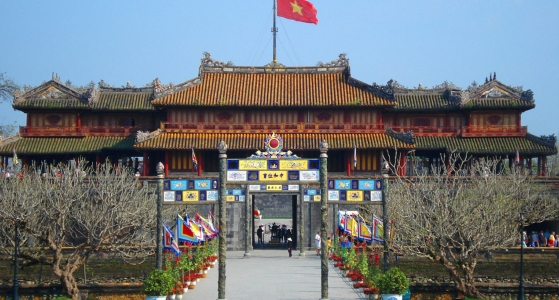
Hue, the former royal capital under the Nguyen Dynasty is based in central Vietnam and is one of the oldest Vietnamese cities. Set on the banks of the Perfume River, this historical city is home to...
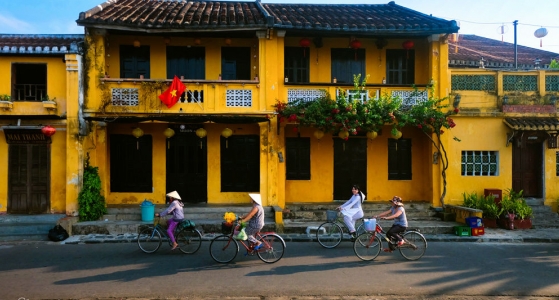
One of the oldest cities in Asia, Hoi An town is in central Vietnam and was declared a UNESCO World Heritage Site in 1999 thanks to its 800 historic buildings. Today, its iconic yellow ochre facades,...
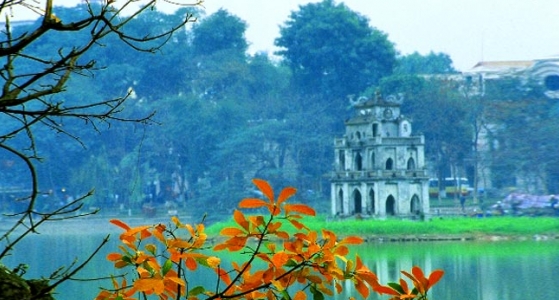
Perched on the banks of the Red River, Hanoi is Vietnam's capital and one of the world's most ancient cities. Its beauty lies in its liveliness of bustling streets where workshops and cafes spill out...
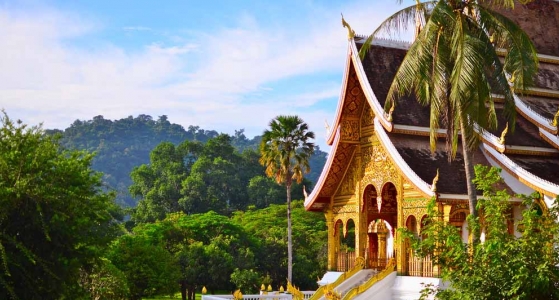
Luang Prabang is a small but vibrant town in the heart of northern Laos. It is adorably picturesque with glittering temples, a mix of traditional Lao wooden houses and hints of European architecture,...
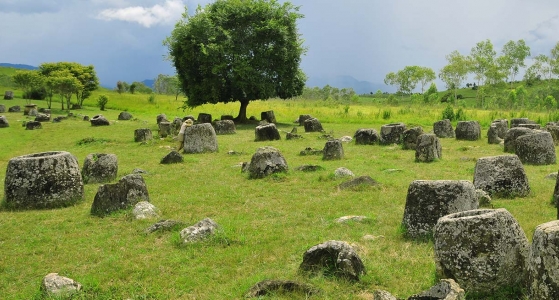
Xiangkhouang is a northeast province which is the home to the well-known Plain of Jars – one of the landmarks in Laos. Tourists often choose XiangKhuoang as a stop for short adventures exploring...
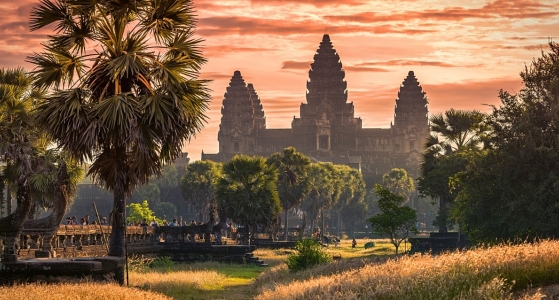
Siem Reap is the gateway to Cambodia’s vast and spectacular temples of Angkor undoubtedly one of the world's greatest archaeological sites. Constructed between the 9th and 15th centuries, these...
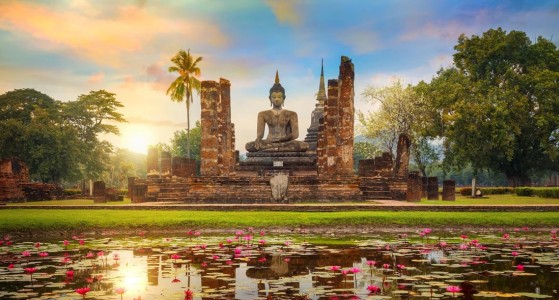
Sukhothai, the capital of the first Thai kingdom, flourished between the mid-13th and 14th centuries during Thailand's 'golden age'. Already known as the cradle of Thai civilization, the city was...
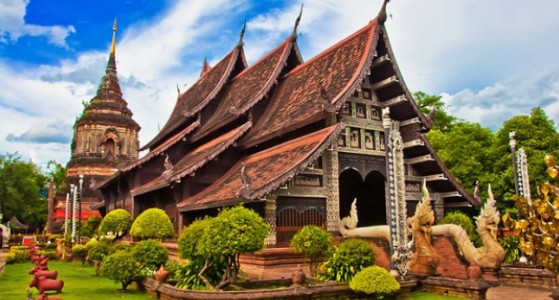
Fame as 'the rose of the North', Chiang Mai is an alluring city brimming with glittering temples, lush jungle, delicious streetfood and the bustle of lively markets. As the gateway to the mountains...

Jakarta, located in Java Island, is known as one of the most developed cities and biggest cities in Indonesia. This city is a mixture of old heritage, cultural richness, historical places and modern...

Melaka, or Malacca as it is previously known, is one of the most important port cities in the history of world trade. As a UNESCO World Heritage Site declared in 2008, Melaka showcases a fusion of...
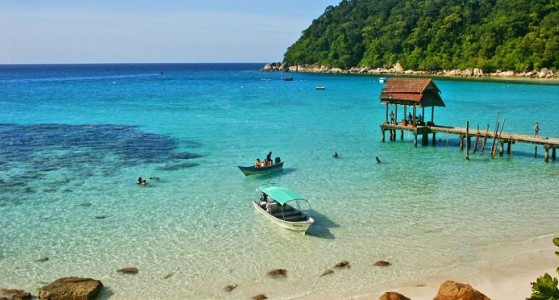
Penang is a state on the west coast of Peninsular Malaysia. Geographically, the state consists of Penang Island, and Seberang Perai, the mainland strip facing the island, which are separated by a...
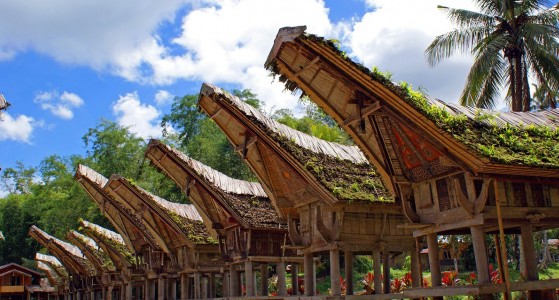
Tana Toraja, a landlocked regency of South Sulawesi Province on the island of Sulawesi, is home to the Toraja ethnic group. The local seat is in Makale, while the focal point of Toraja culture is in...
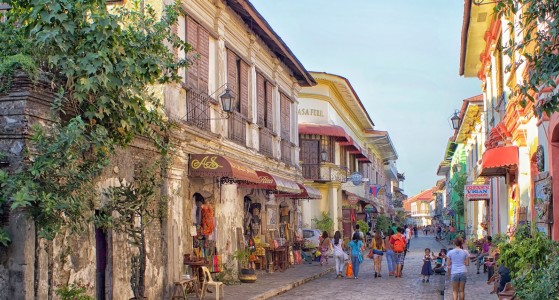
Vigan, the capital of Ilocos Sur province, is located in the northern area of Luzon. It is the only UNESCO World Heritage City in the country for being the best-preserved example of a planned Spanish...
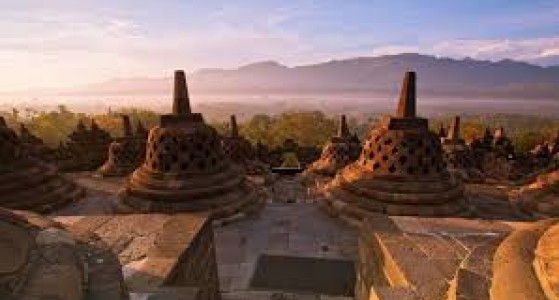
Yogyakarta (also known as Jogja) is located on the Java Island and this city is described as the traditional arts and cultural centres of Indonesia. From the popular magnificent temples of Prambanan...

Cebu is a tropical urban center located in the Central Visayas region of the Philippines, which offers a blend of natural beauty, historical richness, and vibrant urban life. As the oldest city in...
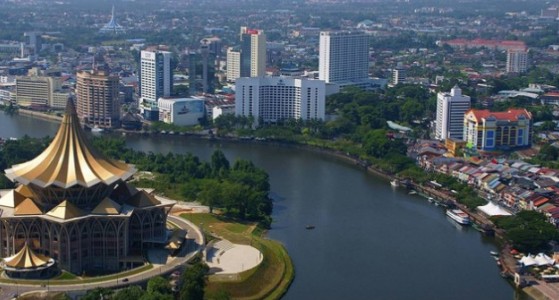
Kuching is the capital of Sarawak State and the usual entry point into Borneo for travelers coming from mainland Malaysia. It has a fascinating history with the Brooke dynasty, the White Rajahs, who...
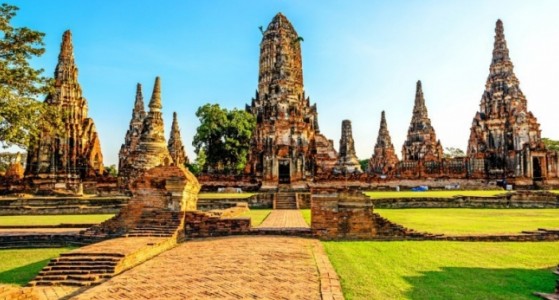
Ayutthaya, short for Phra Nakhon Si Ayutthaya, was once the capital of the ancient kingdom of Siam. It not only plays an important role in Thai's history but was also made a UNESCO World Heritage...
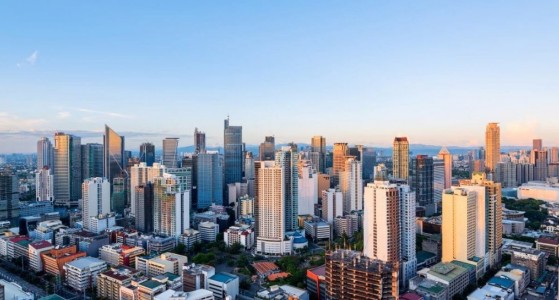
Manila is the Philippines' bustling capital city located on the island of Luzon. It is the starting point for all visitors before jumping off to other areas of the country by air or by boat. As a...
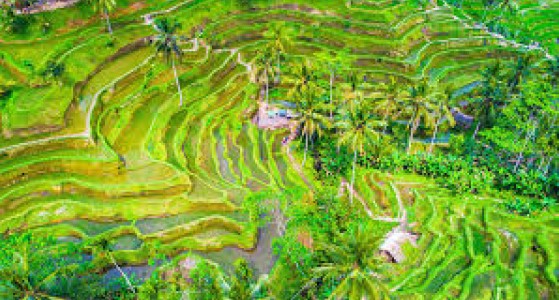
Ubud is a town located in the central part of Bali island, known for its rich arts and culture, as well as its lush landscapes of rice fields and tropical jungle, offering a contrast to the southern...

Halong Bay, listed as a UNESCO World Heritage Site in 1994, is located 170km east of Hanoi. It is made up of three neighboring bays: Halong, Lan Ha and Bai Tu Long bays, although Halong Bay is...

Hue, the former royal capital under the Nguyen Dynasty is based in central Vietnam and is one of the oldest Vietnamese cities. Set on the banks of the Perfume River, this historical city is home to...

One of the oldest cities in Asia, Hoi An town is in central Vietnam and was declared a UNESCO World Heritage Site in 1999 thanks to its 800 historic buildings. Today, its iconic yellow ochre facades,...

Perched on the banks of the Red River, Hanoi is Vietnam's capital and one of the world's most ancient cities. Its beauty lies in its liveliness of bustling streets where workshops and cafes spill out...

Luang Prabang is a small but vibrant town in the heart of northern Laos. It is adorably picturesque with glittering temples, a mix of traditional Lao wooden houses and hints of European architecture,...

Xiangkhouang is a northeast province which is the home to the well-known Plain of Jars – one of the landmarks in Laos. Tourists often choose XiangKhuoang as a stop for short adventures exploring...

Siem Reap is the gateway to Cambodia’s vast and spectacular temples of Angkor undoubtedly one of the world's greatest archaeological sites. Constructed between the 9th and 15th centuries, these...

Sukhothai, the capital of the first Thai kingdom, flourished between the mid-13th and 14th centuries during Thailand's 'golden age'. Already known as the cradle of Thai civilization, the city was...

Fame as 'the rose of the North', Chiang Mai is an alluring city brimming with glittering temples, lush jungle, delicious streetfood and the bustle of lively markets. As the gateway to the mountains...

Jakarta, located in Java Island, is known as one of the most developed cities and biggest cities in Indonesia. This city is a mixture of old heritage, cultural richness, historical places and modern...

Melaka, or Malacca as it is previously known, is one of the most important port cities in the history of world trade. As a UNESCO World Heritage Site declared in 2008, Melaka showcases a fusion of...

Penang is a state on the west coast of Peninsular Malaysia. Geographically, the state consists of Penang Island, and Seberang Perai, the mainland strip facing the island, which are separated by a...

Tana Toraja, a landlocked regency of South Sulawesi Province on the island of Sulawesi, is home to the Toraja ethnic group. The local seat is in Makale, while the focal point of Toraja culture is in...

Vigan, the capital of Ilocos Sur province, is located in the northern area of Luzon. It is the only UNESCO World Heritage City in the country for being the best-preserved example of a planned Spanish...

Yogyakarta (also known as Jogja) is located on the Java Island and this city is described as the traditional arts and cultural centres of Indonesia. From the popular magnificent temples of Prambanan...

Cebu is a tropical urban center located in the Central Visayas region of the Philippines, which offers a blend of natural beauty, historical richness, and vibrant urban life. As the oldest city in...

Kuching is the capital of Sarawak State and the usual entry point into Borneo for travelers coming from mainland Malaysia. It has a fascinating history with the Brooke dynasty, the White Rajahs, who...

Ayutthaya, short for Phra Nakhon Si Ayutthaya, was once the capital of the ancient kingdom of Siam. It not only plays an important role in Thai's history but was also made a UNESCO World Heritage...

Manila is the Philippines' bustling capital city located on the island of Luzon. It is the starting point for all visitors before jumping off to other areas of the country by air or by boat. As a...

Ubud is a town located in the central part of Bali island, known for its rich arts and culture, as well as its lush landscapes of rice fields and tropical jungle, offering a contrast to the southern...
Southeast Asia Heritage & Culture Tours & Travel Guide
Hello December: Best Season to Explore Southeast Asia
December marks the beginning of the most travel-friendly months in Southeast Asia. With clear skies, pleasant temperatures, and minimal rainfall across much of the region, this is the perfect time...
Best Southeast Asia Tours Recommended for First-Timers
Southeast Asia is one of the most enchanting regions in the world, with rich cultures, ancient temples, stunning coastlines, and lush landscapes. For first-time travelers, choosing the right...
Southeast Asia Travel: Best Destinations to Celebrate Christmas
While Southeast Asia is often associated with tropical beaches and bustling cities, it offers some fantastic destinations to have fun at Christmas, especially for those looking for a unique and...
Hello December: Best Season to Explore Southeast Asia
December marks the beginning of the most travel-friendly months in Southeast Asia. With clear skies, pleasant temperatures, and minimal rainfall across much of the region, this is the perfect time...
Best Southeast Asia Tours Recommended for First-Timers
Southeast Asia is one of the most enchanting regions in the world, with rich cultures, ancient temples, stunning coastlines, and lush landscapes. For first-time travelers, choosing the right...
Southeast Asia Travel: Best Destinations to Celebrate Christmas
While Southeast Asia is often associated with tropical beaches and bustling cities, it offers some fantastic destinations to have fun at Christmas, especially for those looking for a unique and...

Customize Southeast Asia Heritage & Culture Tours


Adventure Travel Trade Association


American Society of Travel Agents
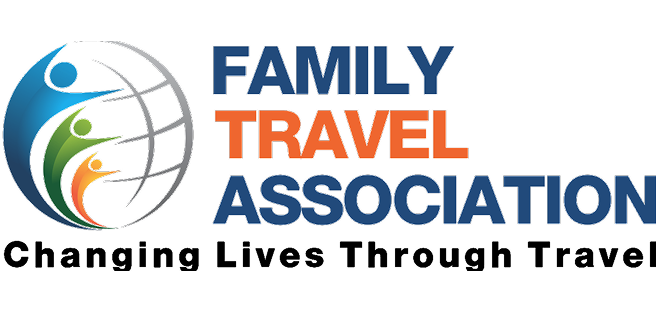
Family Travel Association


TripAdvisor


The guardian


World Travel Awards
ABOUT US
Why Us Trusted Travel Company What Makes Us Different Meet Our Team Southeast Asia Travel Guide Southeast Asia Tour Highlights Pre-departures Deposit & Payment Cancellation Policy Terms and Conditions Contact UsOur Destinations
Vietnam Tours Cambodia Tours Thailand Tours Indonesia Tours Malaysia Tours Philippines Tours Laos Tours Singapore Tours Myanmar ToursMulti-country
Vietnam Cambodia Tours Vietnam Cambodia Laos Tours Vietnam Thailand Tours Vietnam Cambodia Thailand Tours Thailand Malaysia Tours Thailand Malaysia Indonesia Tours Indonesia Thailand Tours Indonesia Malaysia Vietnam Tours Southeast Asia Tours 26 - 30 Days Southeast Asia Tours 18 - 26 Days Southeast Asia Tours 12 - 18 DaysTravel Themes
Best Southeast Asia Tours Southeast Asia Heritage & Culture Tours Southeast Asia Nature & Wildlife Tours Southeast Asia Family Tours Southeast Asia Honeymoon Tours Southeast Asia Adventure & Outdoor Tours Southeast Asia Beach & Island Tours Southeast Asia Cruise Tours Southeast Asia Tours 8 - 12 Days Southeast Asia Tours < 8 DaysSOUTHEAST ASIA TRAVEL COMPANY LIMITED
As local Southeast Asia Tour experts with over 15 years of experience, Southeast Asia Travel company has built a solid reputation as experts in designing custom tours across Southeast Asia including Vietnam, Laos, Cambodia, Thailand, Singapore, Malaysia, Indonesia, Myanmar, Philippines... Every Southeast Asia tour we offer is exclusively private, ensuring flexibility to suit individual preferences.
Read more